
2018 VOLUME 30
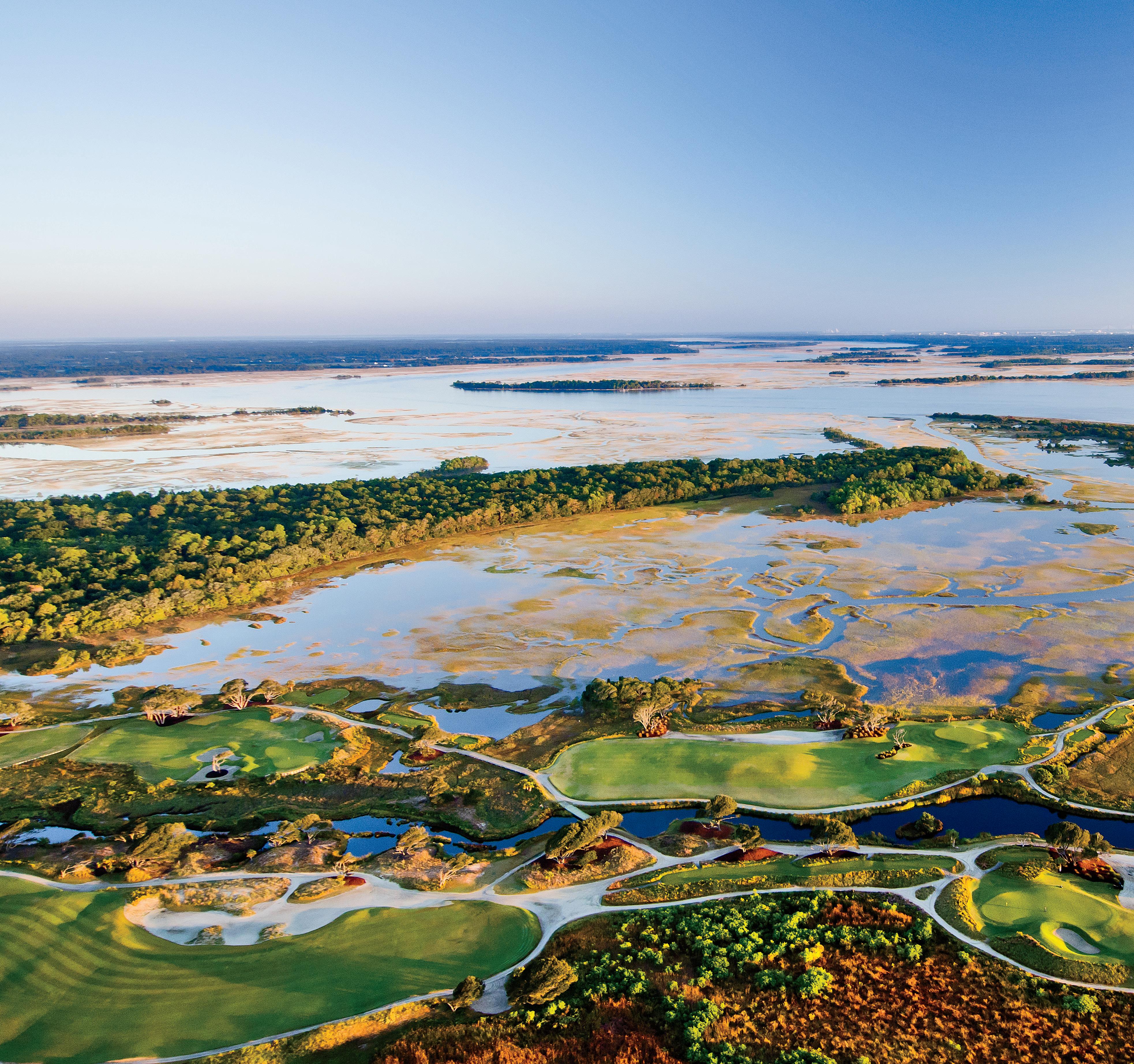
Where will you be, when the legends arrive? GRANDSTAND HOMESITES FOR YOUR VIEWING SPRING 2018. Obtain the Property Report required by Federal Law and read it before signing anything. No Federal or State agency has endorsed or judged the merits of value, if any, of this property. This is not intended to be an offer to sell nor a solicitation of offer to buy real estate in any jurisdiction where prohibited by law. This offer is made pursuant to the New York State Department of Law’s Simplified Procedure for Homeowners Associations with a De Minimis Cooperative Interest (CPS-7).The CPS-7 application (File No. HO16-0007) and related documents may be obtained from the sponsor. This project is registered with the State of New Jersey Department of Banking and Insurance Real Estate Commission. Obtain and read the NJ Public Offering Statement before signing anything (NJ Reg#16-15-0012). AN AFFILIATE OF KIAWAH PARTNERS Kiawahisland.com • 866.554.2924 TOP 5 PLACES TO BUY A SECOND HOME ~ Barrons, 2017 Host of the 2021 PGA Championship, the magnificent Ocean Course has inspired Ocean Park – an extraordinary community in a landscape of legends. Kiawah Island’s impeccable lineage could only lead to this.


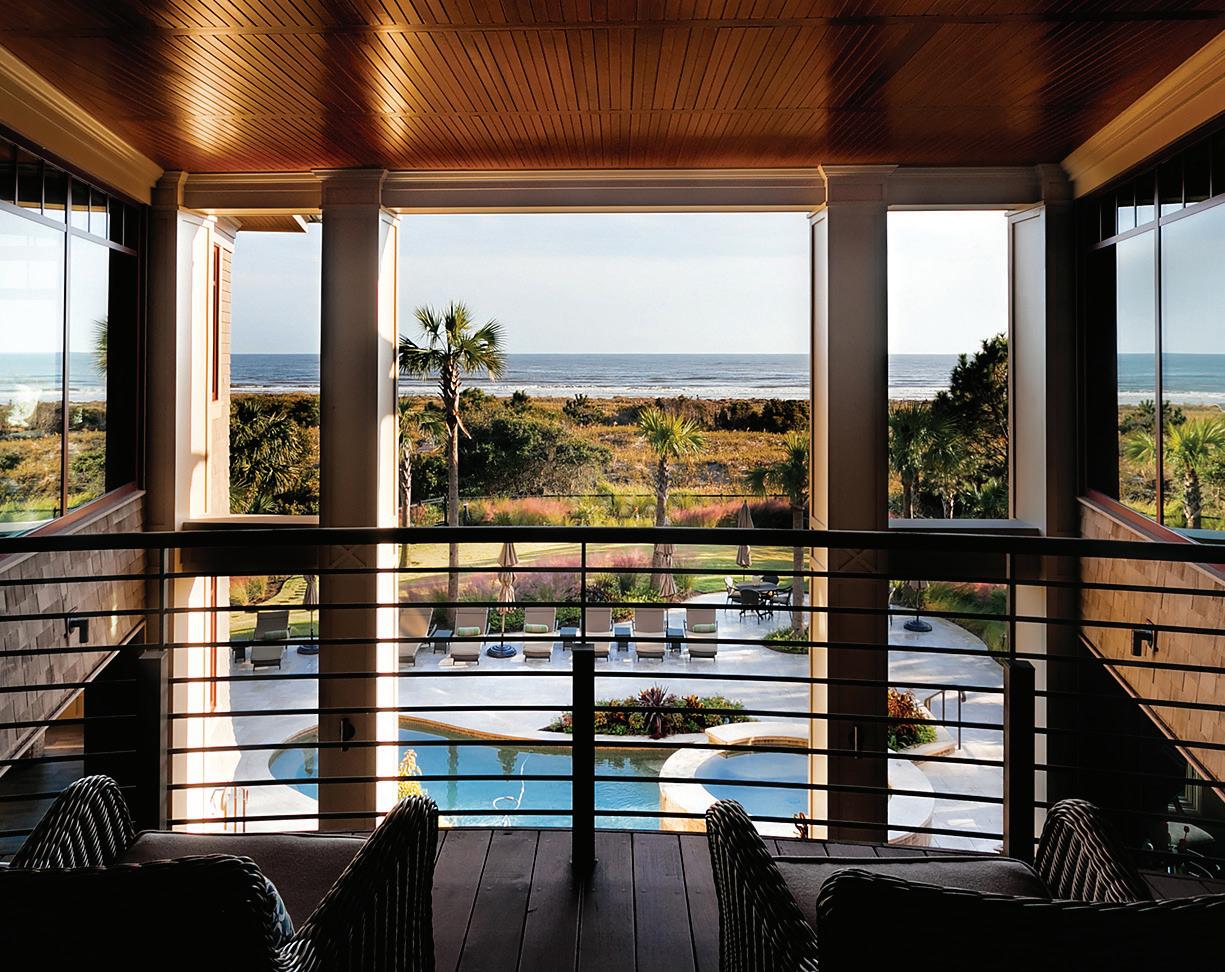

For generations We Build It As If It Were Our Own. Buffi ngtonHomes.com 843.768.8525
Photo: Newport653
Photo: Newport653
Photo: Newport653
Photo: Newport653
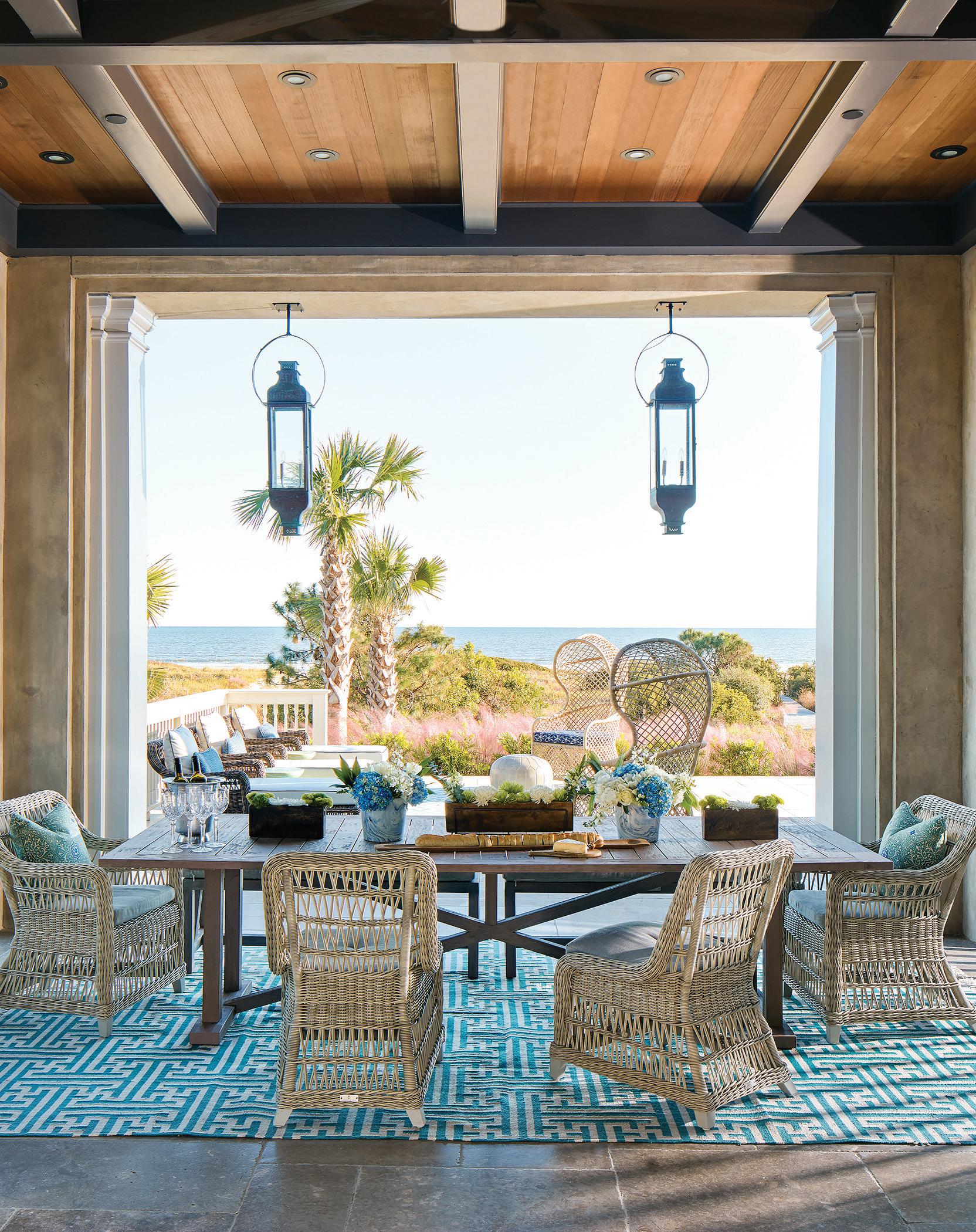

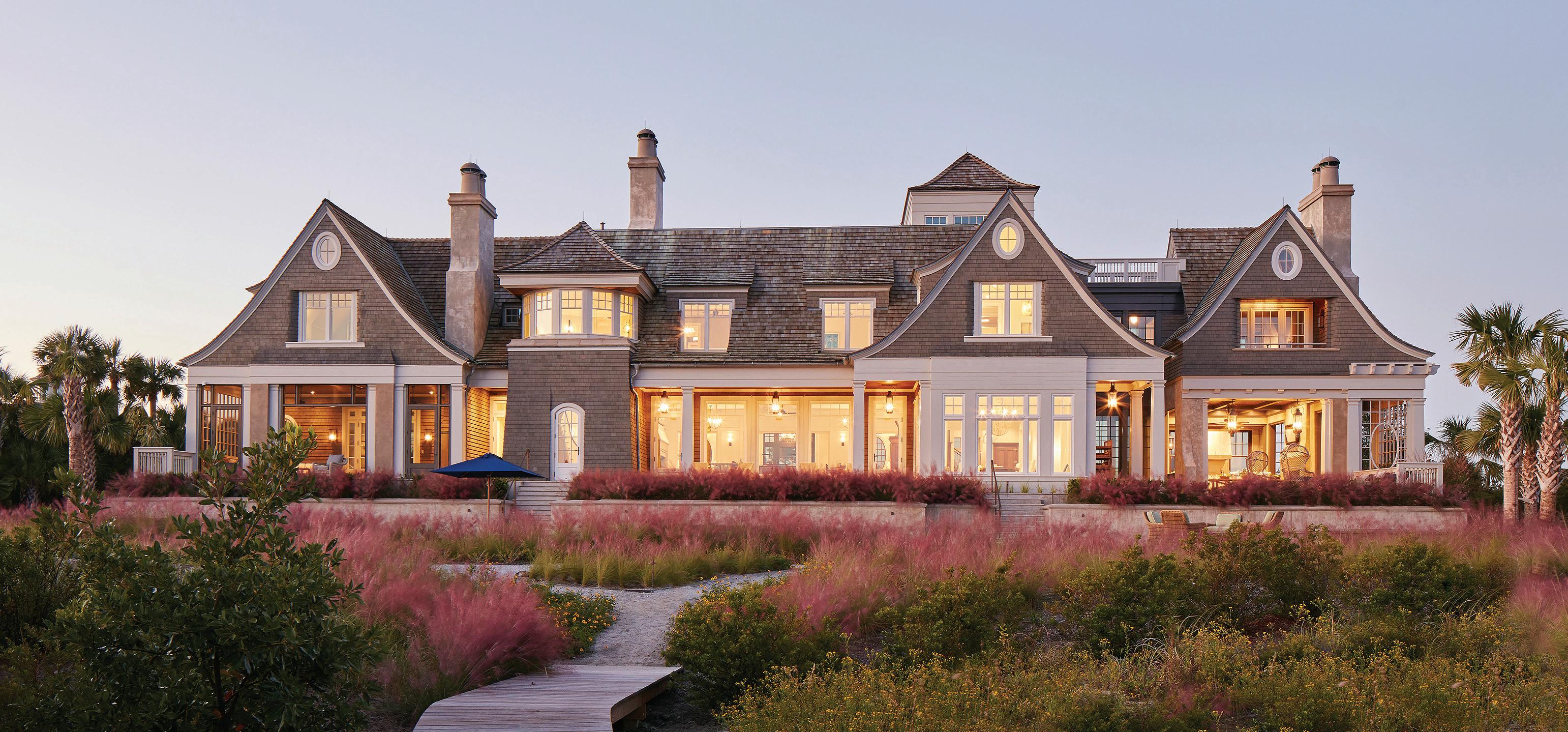
architecture v interior design 843.937.6001 theandersonstudio.com
To design, build, or renovate a home, the team you surround yourself with is just as important as the materials. Actually, it means everything. Dolphin Architects & Builders starts the process the right way — with listening and conversation. You’ll get to know us, and most importantly, we’ll get to know you. For more than 27 years, we’ve created homes with only our clients and the highest standards in mind. Because in the end, it’s your home.
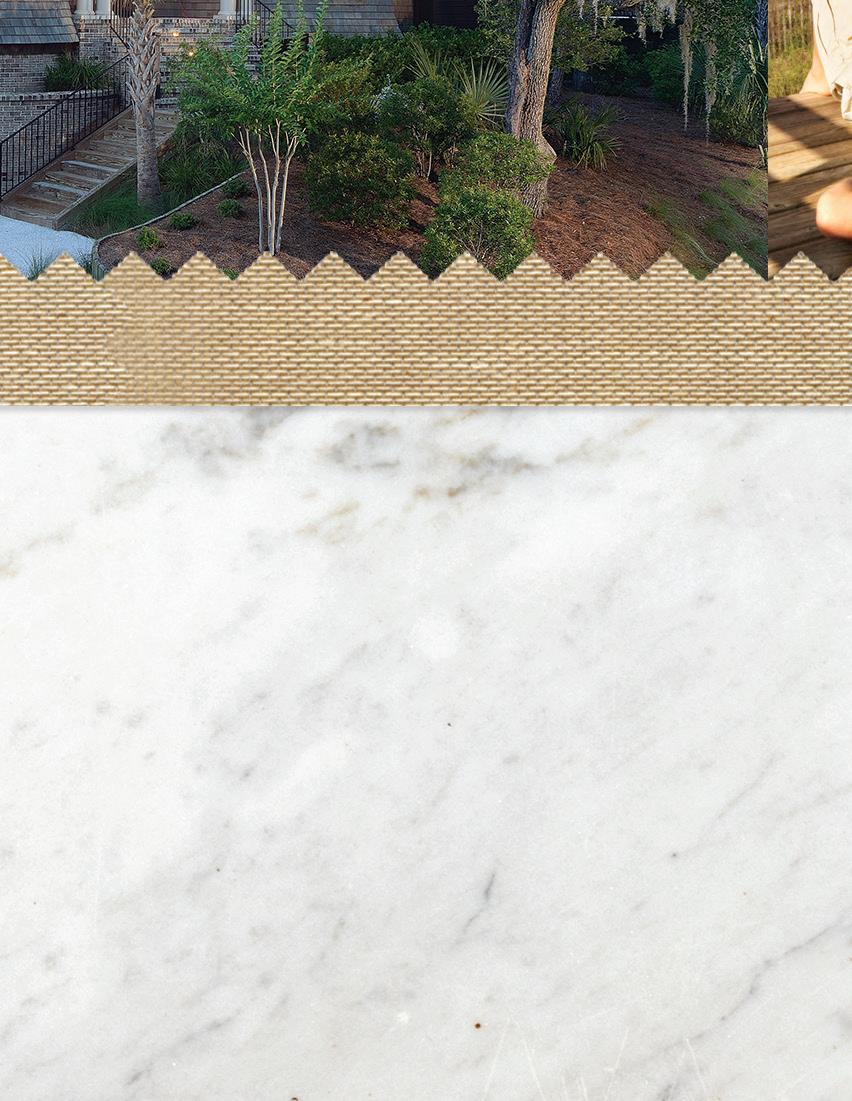




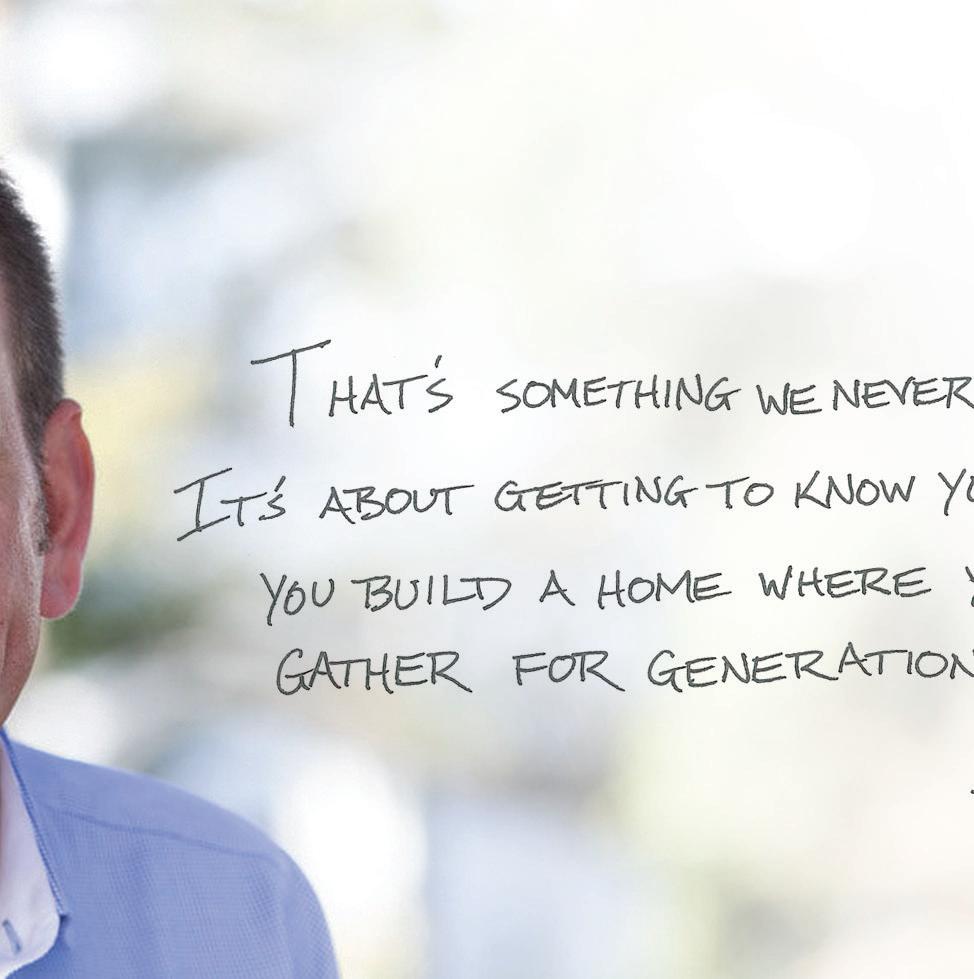
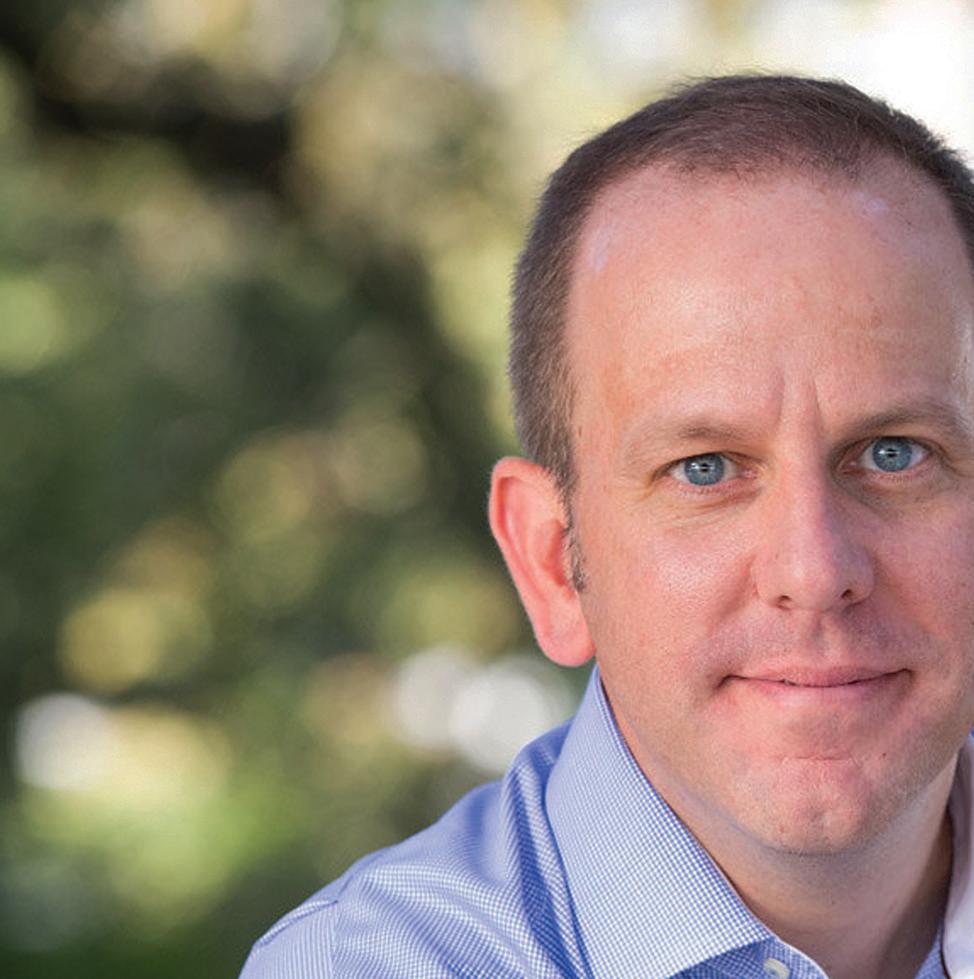
DolphinDesignBuild.com 843.768.2404






LEGENDS MAGAZINE
NOW PROUDLY OFFERING PROPERTY MANAGEMENT SERVICES – CALL FOR DETAILS
Owner, Dolphin Architects & Builders
It’s Your Home.


KINGS W OO D The Mark of Distinction in World Class Home Building Charleston (843) 801.1600 Charlotte (704) 889.1600 www.kingswoodhomes.com TM

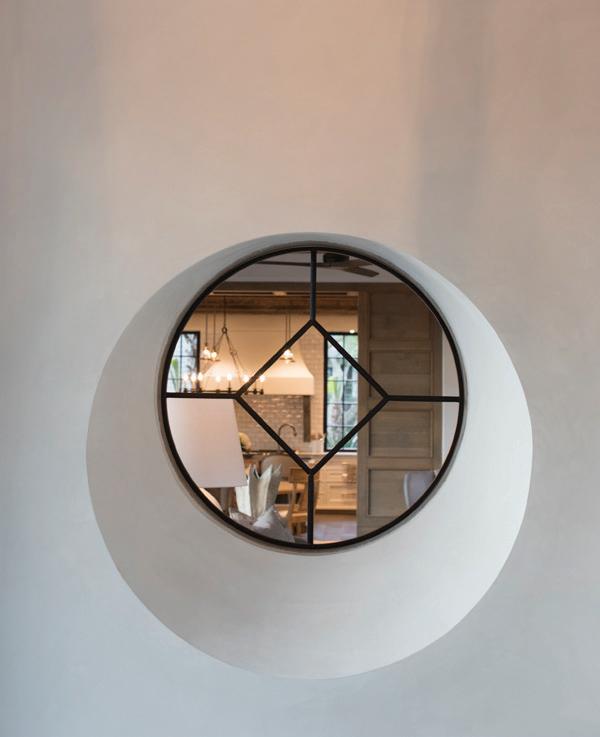


Epic Development, LLC (843) 224-7151 epicdevelopmentsc.com PO Box 868 Johns Island, South Carolina 29457
the nicest homes on Kiawah.
IT’S ALL IN THE DETAILS Building
Architecture: Anderson Studio of Architecture and Design
Photography: Brennan Wesley

INSURANCE OUR PASSION. YOUR PEACE OF MIND. Insuring residential and commercial coastal properties. steadmanagency.com | 8 Vanderhorst Street | Charleston, SC | 843.723.4001

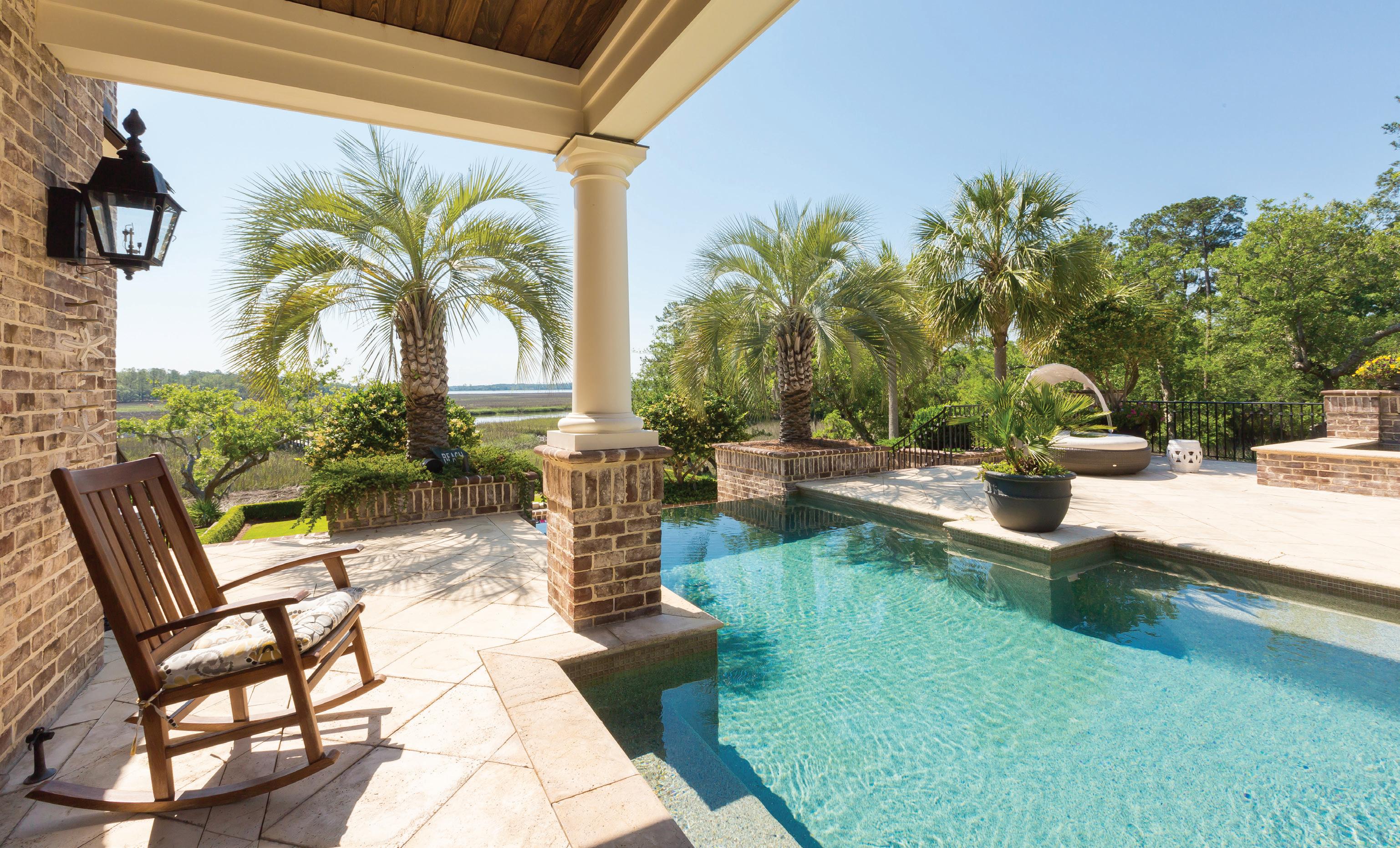




DESIGN | BUILD | RENOVATE | POOL MAINTENANCE 843.767.7665 | www.aquabluepools.net Voted “Best Pool and Spa Service” ree Years in a Row! Serving Kiawah for 27 Years
Photo by Patrick Brickman
Photo by Holger Obenaus
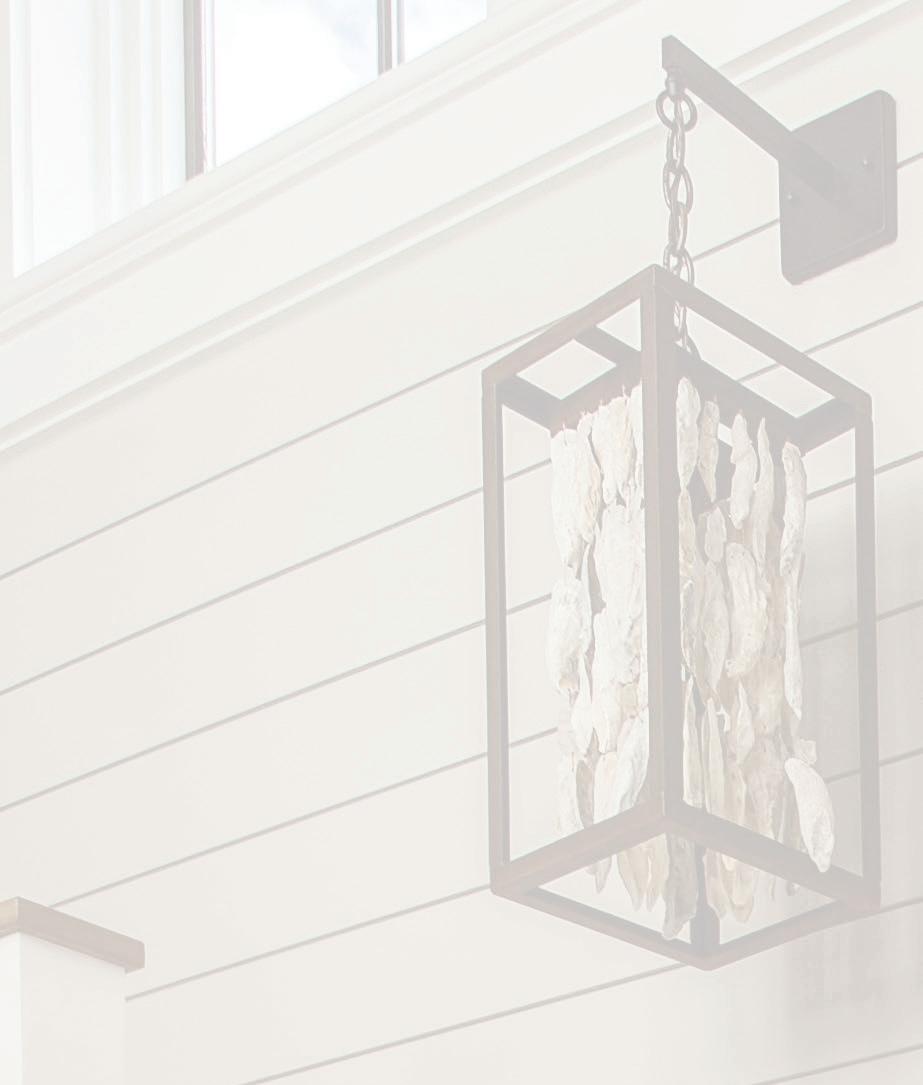
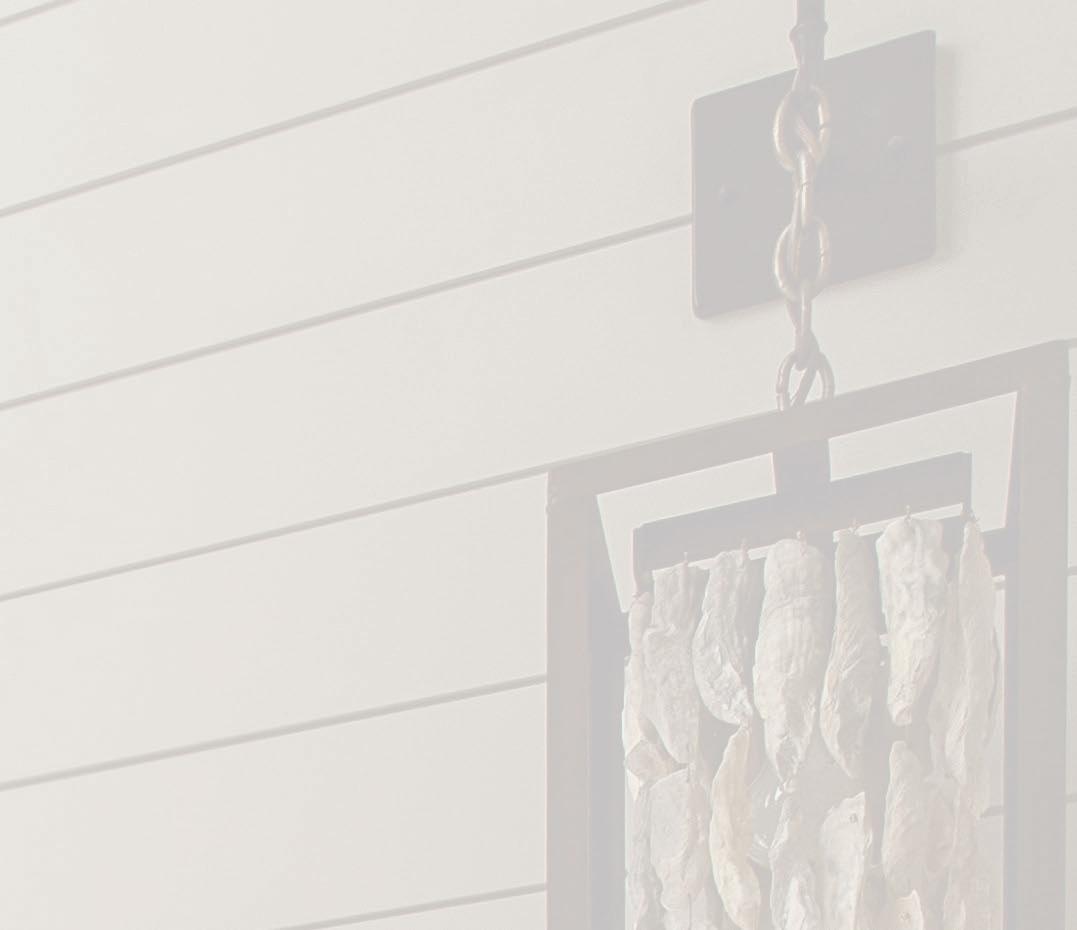











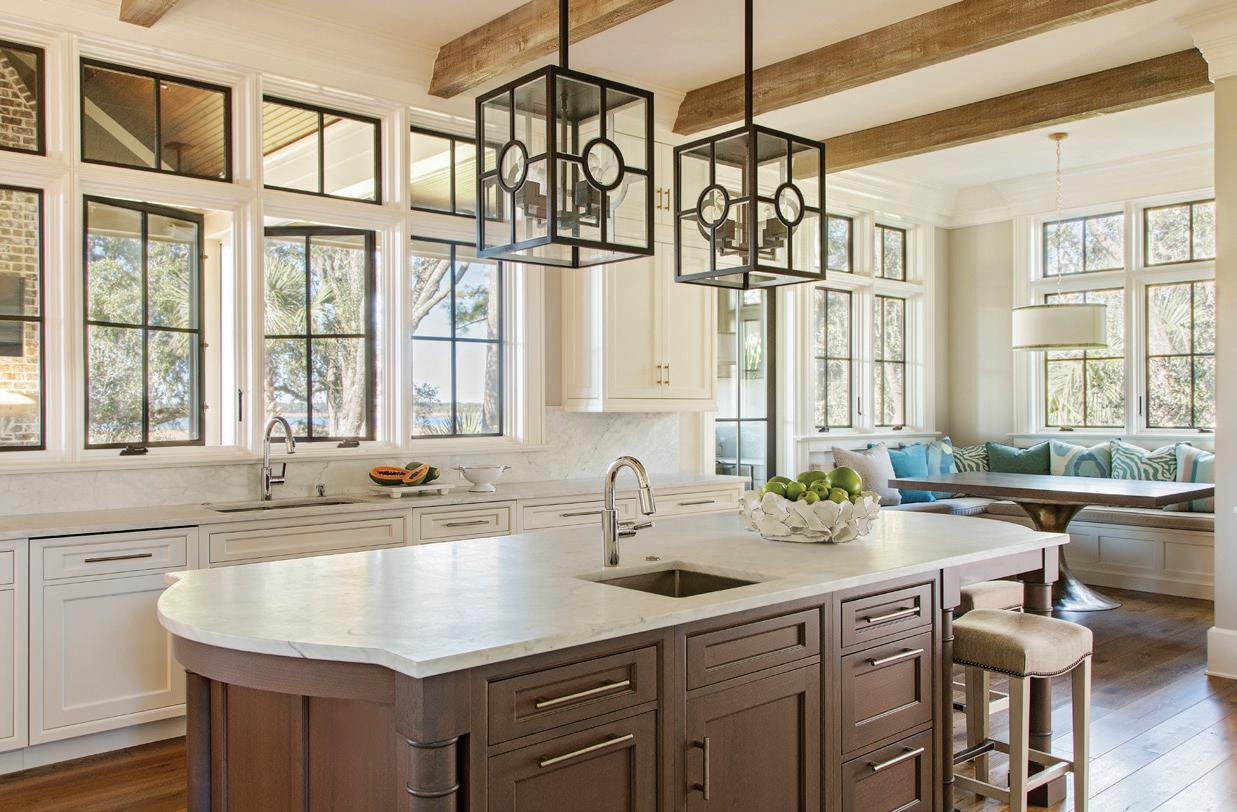




www.manganinccustomhomes.com Quality | Dedication | Integrity
OWNER PROFILES
30
UP ALLIGATOR CREEK
Conservationist Cyrus Buffum delves into the rich and complicated history and culture of crabbing in the Lowcountry.
40
KIAWAH BOTANICAL
Peruse this guide to the Island’s hallmark flora with illustrations by notable artist Becca Barnet.
50
SETTING COURSE
In this candid one-on-one interview, PGA pro Ben Martin reveals his philosophy on success, family, and routine.
62 GULLAH
The Carolina coast is rich with the influences of Gullah food, history, and culture.



72
ARTIST-IN-RESIDENCE
Robert Lange is a playful purist. His work is evidence of a keen and passionate dedication to the spirit of art.
80
KIDS OF SUMMER
Growing up Kiawah: the sunscreened faces are the essence of a rich and happy childhood.
12 LEGENDS MAGAZINE 2018 NO 31 26
SARA & JEFF BROWN VERA & JAMIE HERBERT
122 62 104
96
SUMMERS AT THE OLD INN
Memories of another era: take a look back at the early days on Kiawah Island.

104
ISLAND HOP
Our insider’s guide to a weekend jaunt to the Lowcountry: wine and dine, sun and surf, and a bit of history!

114
SEA ISLAND MYSTIC
Coastal Carolina is steeped in something rich and beautiful. Native poet Seth Amos explores the essence of her intoxicating brew.
122

CATCHING LIGHT
National Geographic photographer Ralph Lee Hopkins visits Kiawah Island and enthralls the Photography Club with his vast knowledge and twinkling sense of humor.
ON THE COVER: Lowcountry Blue Crabs
GOOD WORKS: THE CHARLESTON ANIMAL SOCIETY | 130 REFINING OUR GAME | 138 INSIDER’S CORNER | 144 ON & ABOUT KIAWAH | 150
Photo by Lindsey Harris Shorter
80 30 96


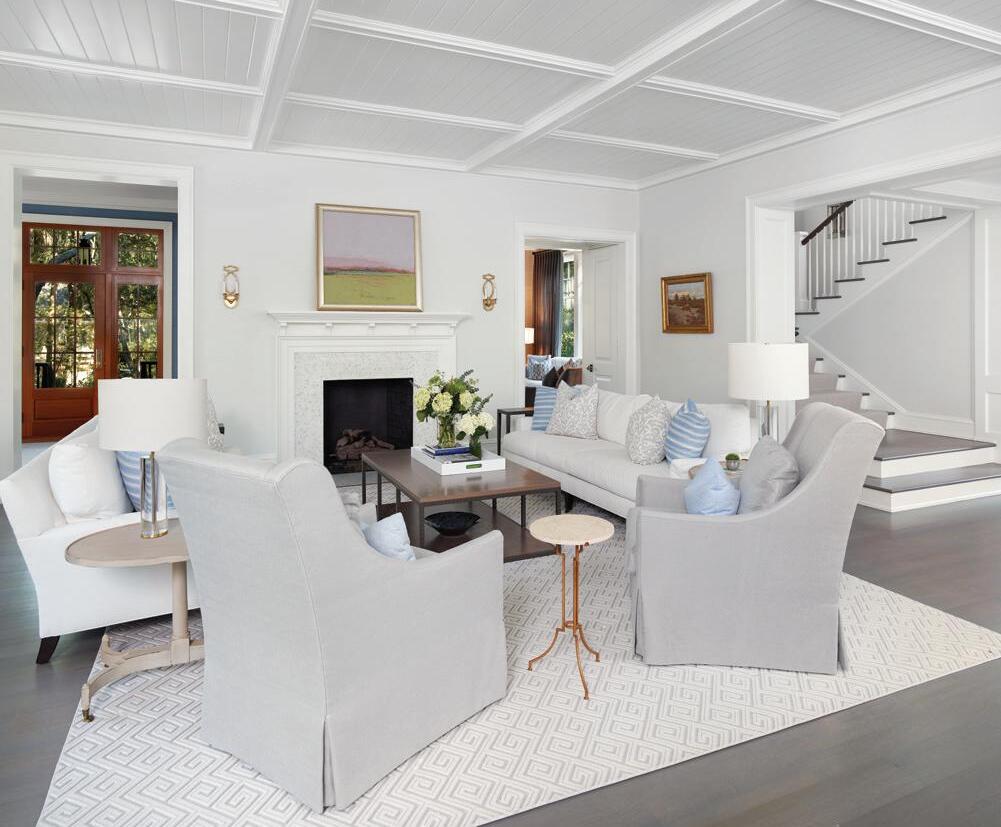
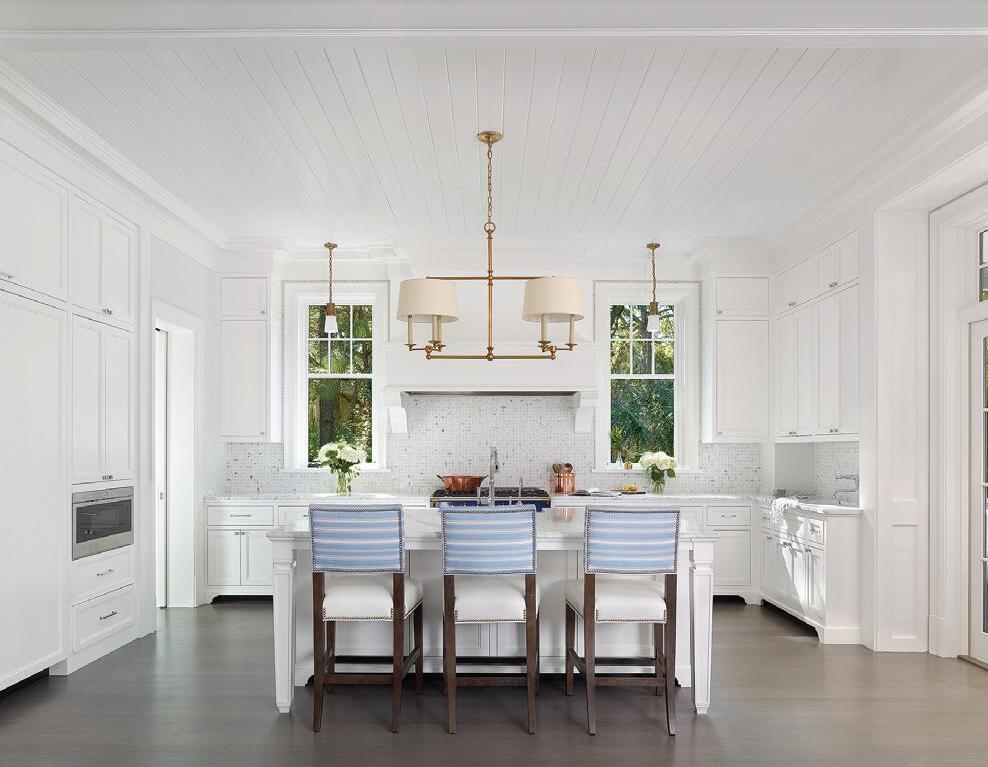
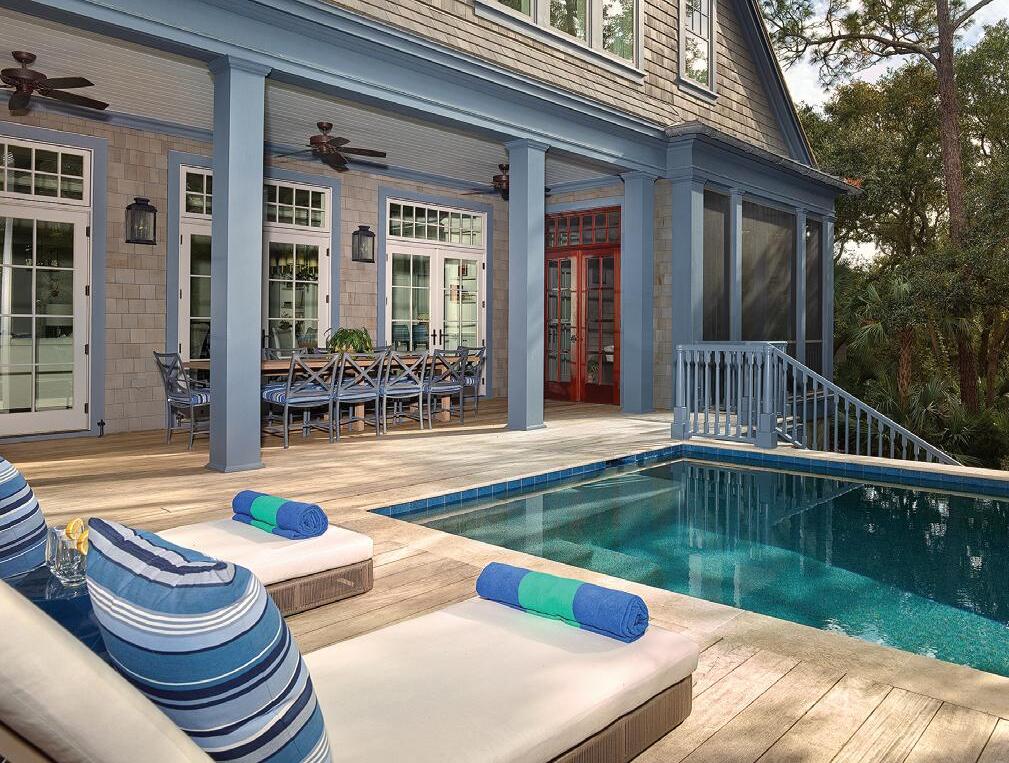
rmbuck.com Custom Luxury Homes. Renovation. Property Management 843.559.1155 ATTENTION TO DETAIL... only a family builder can provide.
Photography: Holger M. E. Obenaus

Obtain the Property Report required by Federal Law and read it before signing anything. No Federal or State agency has endorsed or judged the merits of value, if any, of this property. This is not intended to be an offer to sell nor a solicitation of offer to buy real estate in any jurisdiction where prohibited by law. This offer is made pursuant to the New York State Department of Law’s Simplified Procedure for Homeowners Mother Nature created it. We perfected it. It’s time to pick your place in paradise.

Associations with a De Minimis Cooperative Interest (CPS-7).The CPS-7 application (File No. HO16-0007) and related documents may be obtained from the sponsor. This project is registered with the State of New Jersey Department of Banking and Insurance Real Estate Commission. Obtain and read the NJ Public Offering Statement before signing anything (NJ Reg#16-15-0012). AN AFFILIATE OF KIAWAH PARTNERS Kiawahisland.com • 866.554.2924 TOP 5 PLACES TO BUY A SECOND HOME ~ Barrons, 2017 If life is but a dream, THIS IS LIVING .
EXECUTIVE EDITOR & DESIGN
Hailey Wist
COPY EDITOR
Sunny Gray
PHOTO EDITOR
Nathan Durfee
ADVERTISING
Kelly Keen
SPECIAL THANKS
Kk Apple
Claire Austen
Melanie Birch
Peter Birch
Doug Blair
Jeff Brown
Sara Brown
Joel Caldwell
Deborah Cardenas
Kiawah
Jack Case
Townsend Clarkson
Justin Core
Lucinda Detrich
Fred Dockery
Joe Elmore
Jeremy Elliot
Amanda Gale
Nick Gousha
Krista Greenfield
Kaleigh Hastings
Kelly Blair Henry
Jamie Herbert
Vera Herbert
Elliot Hillock
Ralph Lee Hopkins
Bryan Hunter
Robert Lange
CONTRIBUTORS
Seth Amos
Becca Barnet
Cyrus Buffum
Christina Rae Butler
Julia Cart
Stephanie Hunt
Bryan Hunter
Olivia Rae James
Patrick O’Brien
Lindsey Shorter
Gately Williams
Charlotte Zacharkiw
Peter Lyons
Celeste Marceca
Rachel Moore
Brittany Nelson
Josh Nissenboim
Amy Pastre
Helen Patch
Chris Randolph
Helen Rice
Courtney Rowson
Chuck Schaffer
Tina Schell
Chris Shope
Bonnie Singletary
Blake Suarez
Danielle Whitson
Jerry Williams
Kim Williams
All rights reserved in all countries. Contents may not be reproduced in any manner without the written permission of Kiawah Island Publishing, Inc. Kiawah Island Publishing, Inc. does not necessarily agree with the viewpoints expressed by authors of articles or advertising copy.
kiawahlegends.com
18 LEGENDS MAGAZINE 2018 NO 31
, , . LEGENDS . , . , LEGENDS .
Island Legends is a publication of Kiawah Island Publishing, Inc., an affiliate of Kiawah Island Real Estate. Copyright 2018.

MT. PLEASANT 695 COLEMAN BLVD. 843-849-0711 CHARLESTON 1290 SAM RITTENBERG BLVD. 843-571-5142 KI AWAH 420 FRESHFIELDS DRIVE 843-768-4 246 FURNITURE RUGS ACCESSORIES LIGHTING FABRICS BEDDING OUTDOOR FURNITURE DESIGN SERVICES est. 1781
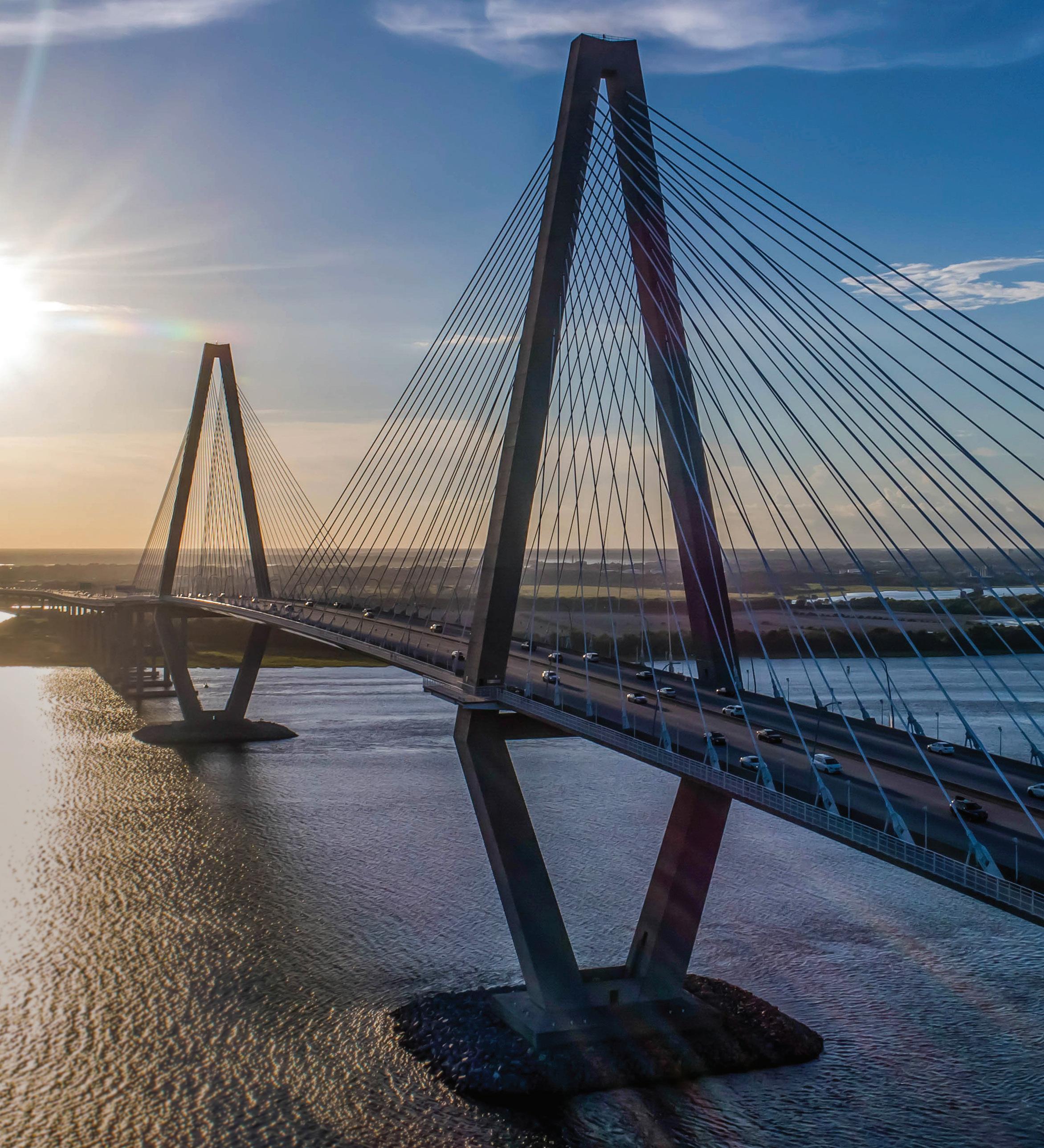



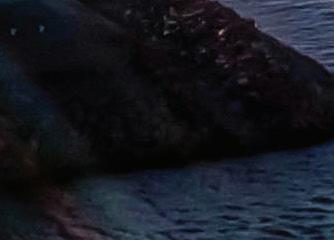

Corporate Litigation Intellectual Property Employment & Labor Financial Services Bankruptcy & Restructuring Federal & International Taxation Real Estate Estate & Wealth Planning Privacy & Data Security Energy & Environmental Public Affairs Health Care Global Services Economic Development Transportation We’ve helped our clients navigate the
system for 20 years. Thank you for the opportunity to be a part of this remarkable community for two decades. Moore & Van Allen is proud to provide a broad spectrum of advice, counsel and local insight to businesses and individuals who call Charleston home. mvalaw.com Charleston O ce 78 Wentworth Street Charleston, SC 29401 Charlotte, NC Research Triangle, NC
legal
responsible for the content of this ad.
Moore & Van Allen Member Paul Lynch, whose o ce address is 78 Wentworth Street, Charleston, SC, is
EpicVue ™ Contemporary Collection
Every project presents an opportunity for greatness. JELD-WEN® windows and doors enable you to bring your vision to life exactly as you imagined. Choose from an unrivaled array of styles, colors and hardware that add to performance, along with a warranty that we stand behind with conviction.
©2018 JELD-WEN, INC. All rights reserved.

jeld-wen.com
630 Skylark Drive
U Charleston, SC 29407 800-899-5712 / 843-572-9727
Suite
www.muhler.com
Contributors
Olivia Rae James is a Charleston-based photographer whose aim is to capture the raw beauty of real moments. She has been recognized as a Condé Nast Brides Best Photographer 2018, and her work has been featured by Vogue, Brides, Food & Wine, and Garden & Gun.

Watching Robert Lange paint (the cutest river otter) was totally mesmerizing. Seeing that kind of talent up close, followed by an informal discussion with his adoring fans, was such a treat!
Writer and editor Stephanie Hunt is a frequent contributor to Legends Magazine. Her curiosity and interests are as wideranging as her assignments—from travel reviews for The Telegraph, to musician profiles for No Depression, and design stories for Communication Arts. She serves on the boards of Charleston Moves and Ohm Radio.
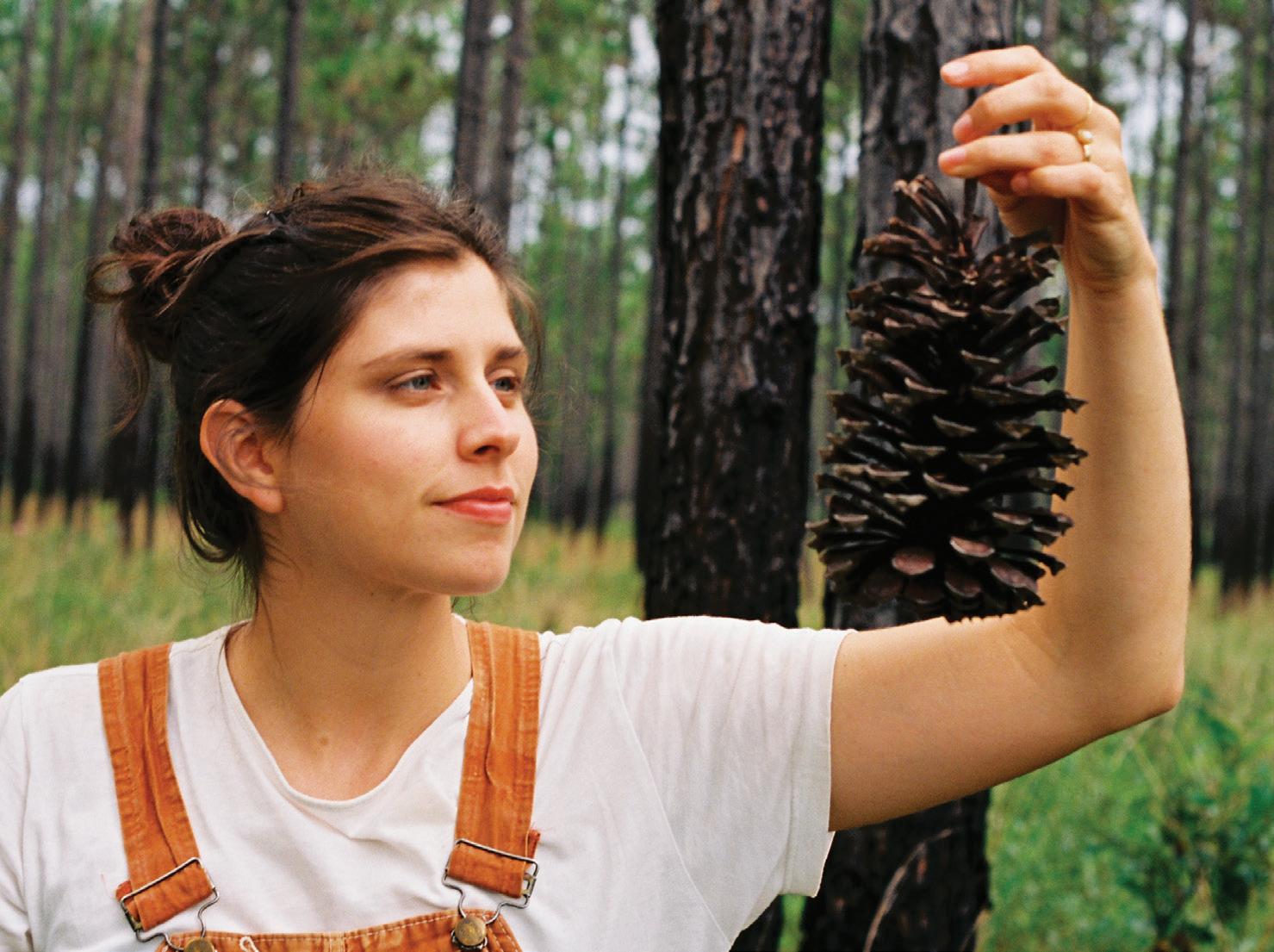
Robert Lange’s layers of creativity are endless. His paintings are simultaneously fun and jawdropping, and his gallery exudes warmth and playfulness—the essentials of inspiration.
Lindsey Harris Shorter is an editorial and lifestyle photographer living in Charleston. She is a full-blown empath with a knack for creating comfortable and honest spaces for others to tell their story. Previous and current projects include work with The Style Line, Tiny Atlas Quarterly, Garden & Gun, and Local Wolves.
Cyrus A. Buffum is a Charleston-based conservationist and commercial oysterman. His company, Seaborn, manages over thirty-six acres of wild oyster grounds and strives to tell the stories of traditional maritime culture. This winter, Buffum plans to build a wooden oyster sloop—the first of its kind to sail and work on Lowcountry waters in nearly a century.
From picking apart freshly steamed crabs along the edge of Capers Island to dodging lightning strikes with retired crabber Fred Dockery, my deep dive into Charleston’s crab culture revealed a world everyone should know.


22 LEGENDS MAGAZINE 2018 NO 31
OLIVIA RAE JAMES | PHOTOGRAPHER
STEPHANIE HUNT | WRITER
CYRUS BUFFUM | WRITER
LINDSEY HARRIS SHORTER | PHOTOGRAPHER
Being out on the water with Fred was like getting a tour of the neighborhood. He introduced me to the “old-timers” and navigated the tidal creeks to his crab traps with a familiar ease.
Julia Cart is a fine art photographer known for her work as a visual preservationist. Her photographs are in private, corporate, and museum collections in Europe and North America. She lives and works in Charleston, South Carolina.


One of my favorite portraits is of Miss Eloise, who was my friend and introduced me to the elders of Edisto Island. Five images from this Sea Island Elegy are in the Smithsonian’s New Museum of African American History and Culture collection. It is a dream come true.
Christina Butler is a professor at the American College of the Building Arts as well as an adjunct professor for the College of Charleston’s historic preservation department. Christina is the owner of Butler Preservation L.C., specializing in historic property research, preservation, National Register nominations, and restoration.
Writing this article reminded me how much Gullah culture and influence exists in the Lowcountry. I loved exploring traditional Gullah stories—I remember Brer Rabbit from my childhood but had no idea he was a prized Gullah character!
Gately Williams is an editorial and landscape photographer. His work has appeared in Southern Living, Coastal Living, Garden & Gun, and National Geographic. Gately has crossed the United States seventeen times making photographs—most recently on his bicycle.
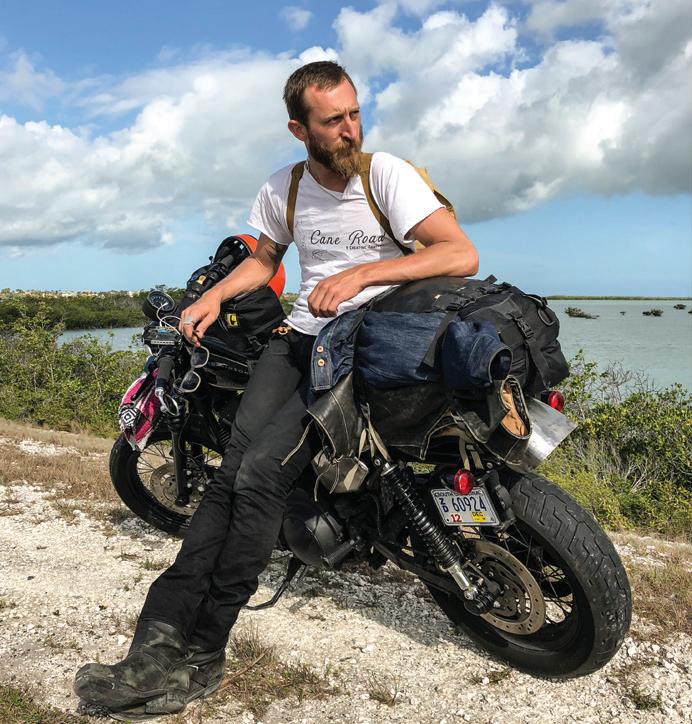
Kelly, Danielle, and I spent some time exploring the the green that surrounds the Cassique Clubhouse. We laughed, dodged raindrops, and took a few simple portraits.
Born and raised in South Carolina, Seth Amos now lives and writes in Brooklyn. He is cofounder and poetry editor of Rivet: The Journal of Writing That Risks. His poems have been published in journals and he has work in a forthcoming issue of Tin House. His play The Hunt was performed in July 2018 at the HB Playwrights Theatre in New York City.

LEGENDS MAGAZINE 2018 NO 31 23
GATELY WILLIAMS | PHOTOGRAPHER
CHRISTINA RAE BUTLER | WRITER
JULIA CART | PHOTOGRAPHER
SETH AMOS | WRITER
The Lowcountry mystique is subjective. I wanted to use noticeable parts of her charm to get the reader to consider their own experiences with them. I wanted to use the general to get to the specific.
PLAY IS OFTEN TALKED ABOUT AS IF IT WERE A RELIEF FROM SERIOUS LEARNING. BUT FOR CHILDREN PLAY IS SERIOUS LEARNING. PLAY IS REALLY THE WORK OF CHILDHOOD.
FRED ROGERS
—

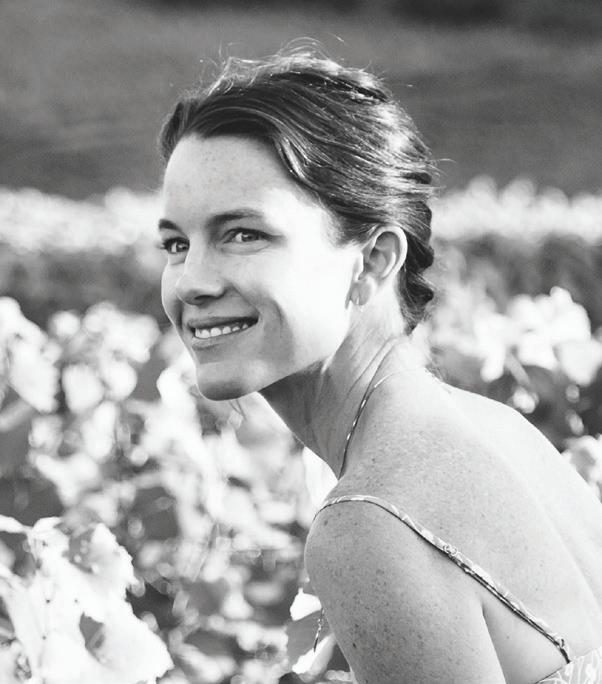
To be a child on Kiawah is the stuff of dreams, and the long days of summer are particularly grand. This July, I spent a day at the Ocean Park Treehouse taking portraits for the Kids of Summer feature. The children were entirely absorbed—chasing tiny brown frogs at the edge of the lawn and racing through the breezy rooms of the treehouse—a white sheen of sunscreen on their intent, flushed faces.
There is something deep and important at work here. Kids get to be kids on Kiawah—to hop on a bike and ride to the beach, play basketball until dark, to swim themselves to happy exhaustion. This is the essence of childhood. It’s what makes the Island so precious to those who have grown up climbing her trees and swimming in her ocean. And perhaps this is what makes Kiawah Island precious to all of us—this sublime magic of letting go.
This issue of Legends has been a joy to make. Here’s to another year on this enchanted island.
24 LEGENDS MAGAZINE 2018 NO 31 EDITOR’S LETTER
HAILEY WIST

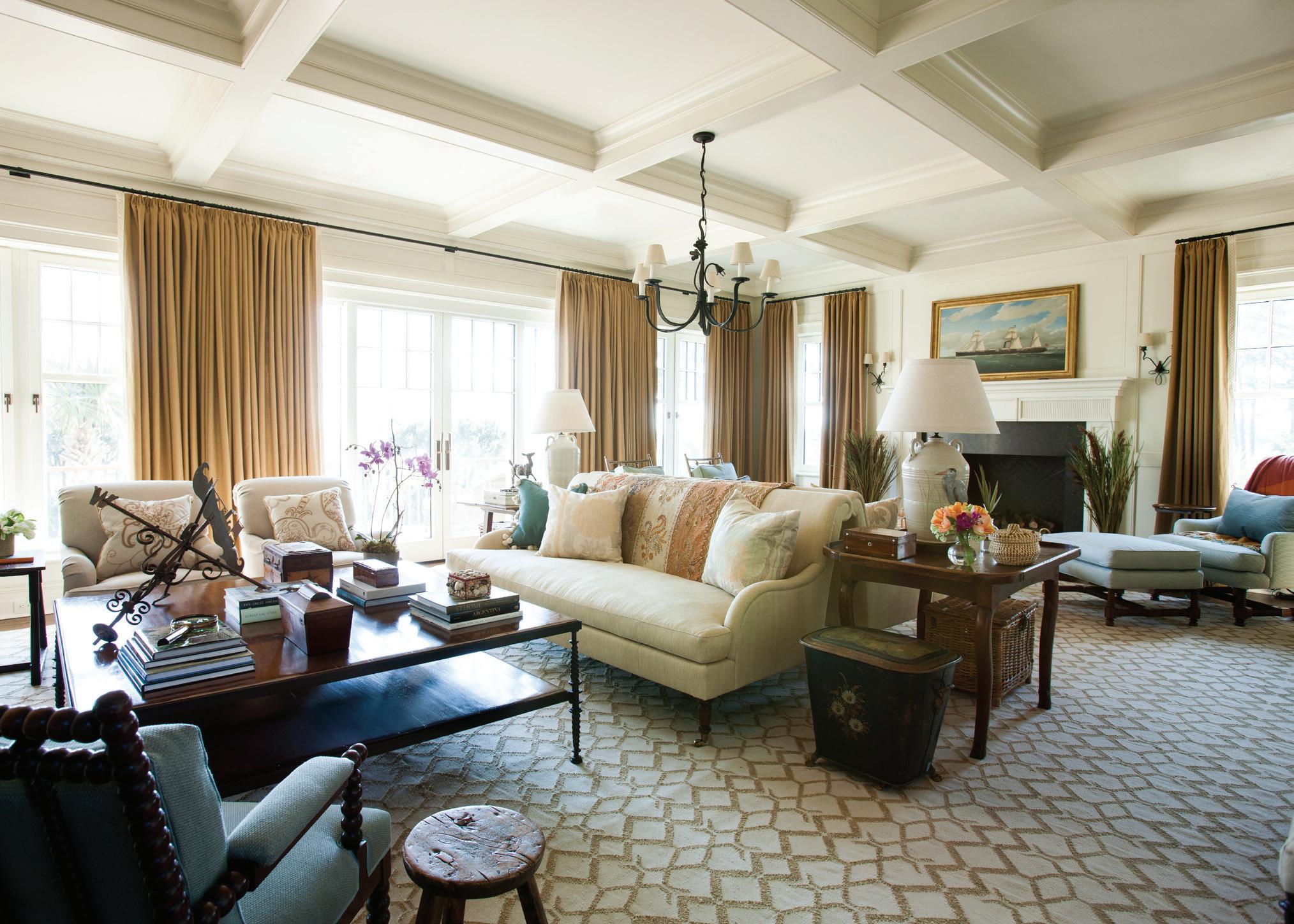
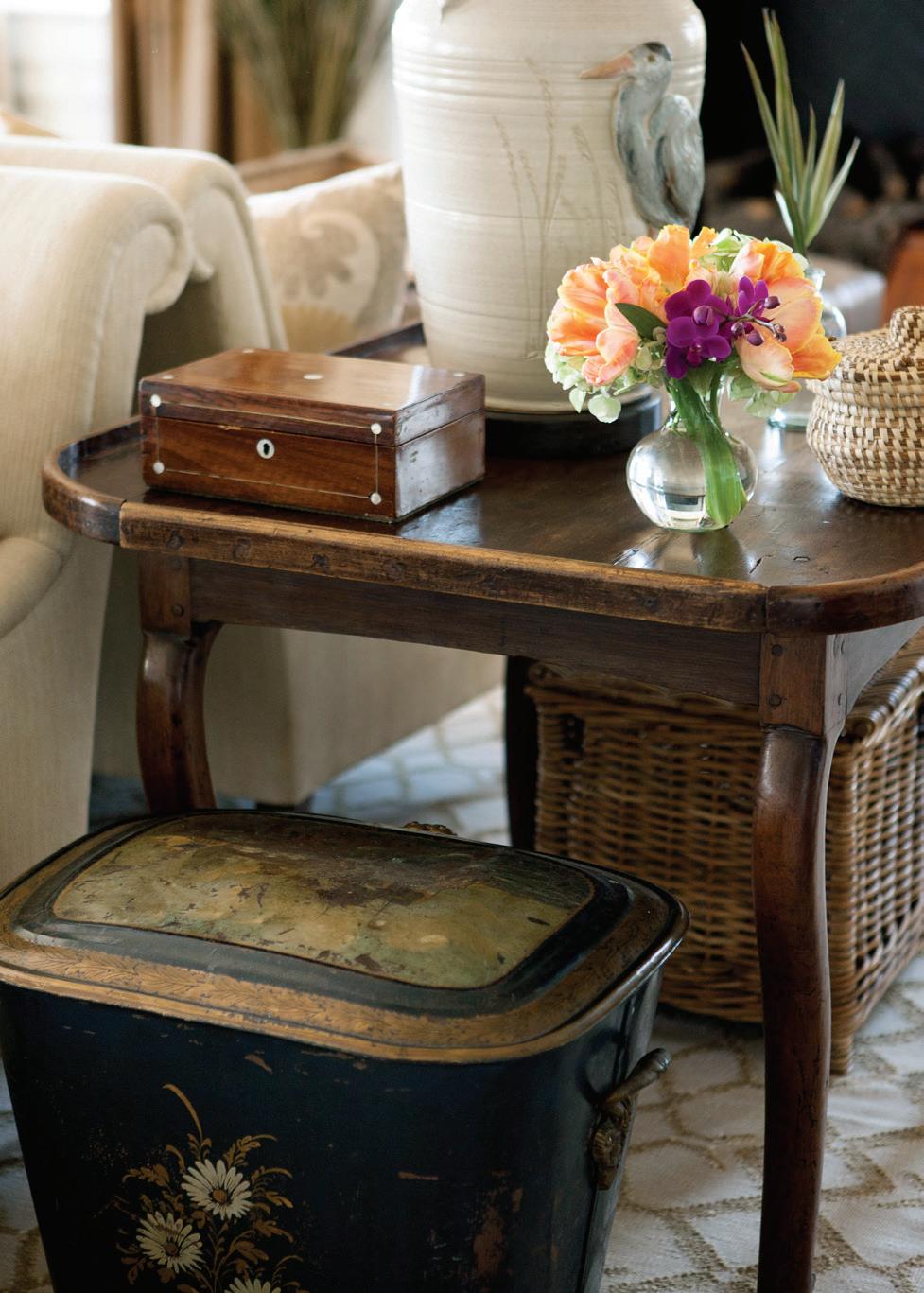

BIRMINGHAM • CHARLESTON • WWW.TAMMYCONNORID.COM

294 KING STREET, CHARLESTON, SC 29401 | 843-723-8603 | MDUMASANDSONS.COM SOUTHERN TIDE | FAHERTY | JOHNNIE-O | OXFORD | ANDERSON | ON RUNNING








THE MEDICAL SPA AT KIAWAH & AUBERGINE HOME COLLECTION now located at 1 Beachwalker Drive, Kiawah Island | Next to the Main Gate FACIAL TREATMENTS | INJECTABLES & FILLERS | TEETH WHITENING | WELLNESS & WEIGHT LOSS | MASSAGE medspakiawah.com | 843.768.0156 ON-SITE WORKROOM | CUSTOM WINDOW TREATMENTS & BEDDING | FINE LINENS | BATH | FURNITURE | GIFTS | INTERIOR DESIGN NOW A CERTIFIED HUNTER DOUGLAS DEALER auberginehome.com | 843.768.5554
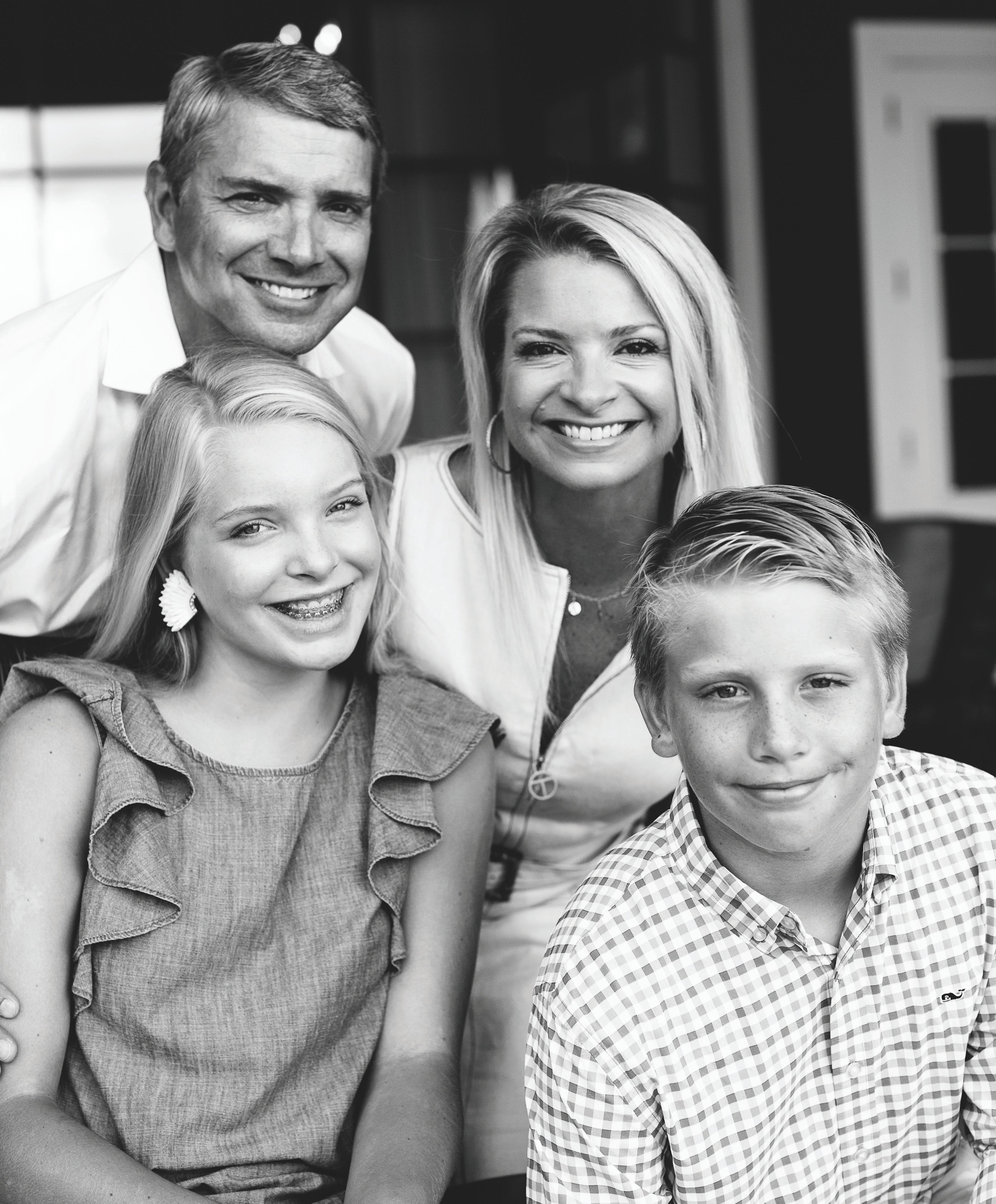 From FLORENCE, SOUTH CAROLINA VERA & JAMIE HERBERT
From FLORENCE, SOUTH CAROLINA VERA & JAMIE HERBERT
Q Where are you from?
A Vera: I’m from Florence.
Jamie: And I’m from Anderson, not far.
Vera: We met at Clemson. Jamie was older and we met at a sorority crush party. We got married after I graduated. We lived in Charlotte for a couple of years and then moved to Florence.
Q And what do you do?
A Vera: I’m in community banking. I went to work for my family when we moved to Florence. Jamie has a business where he can work from anywhere.
Jamie: I import and export textiles and raw material from all over the world. I travel a fair amount.
Q Tell me how you found Kiawah.
A Jamie: My parents bought a house [on Kiawah] in ’78, so I grew up here in the summers. When Vera first came to Kiawah, she thought it was too quiet for her!
Vera: Well, that was when I was in college!
Q And the Island was much quieter back then!
A Jamie: Yeah, that was twenty years ago. It’s really evolved, especially from an amenity standpoint. When I was young, there were no paved roads past the park. We were literally right off Green Winged Teal and Eugenia, and we would go out on the beach there in our K5 Blazer and drive down to where the Ocean Course is now. That’s where we’d hang out. You might see a wild horse or pig from time to time.
Q And Vera, you came around?
Vera: When our kids were really little, [Jamie’s parents] still had their house and we strolled them out to the beach. Jacqueline was three months old. I think that is when I was like, Wow...this place!
Jamie: But when we started having kids, we said, Okay, we’re going to have a place on Kiawah. When my parents sold the house in 2011, we started looking. We actually bought a lot first, and then we ended up buying a house. We wanted our kids to grow up the way we did—to ride bikes and do whatever they wanted to do.
Vera: We can let them just go and know they’re safe, and they can get on their bikes and ride wherever.
Q Have you made friends on the Island?
A Vera: We’ve become friends with several families [who have homes on Kiawah]. We always check in to find out when they’ll be here. It was super easy to make friends on the Island. If you’re going to the Beach Club with your kids, you end up talking with other parents. And we have friends visit from all over, and they just cannot believe there’s a place that has so many amenities within close proximity.
Q And I’m sure the kids meet friends in the summer!
A Vera: Yeah, and they stay in communication throughout the year!
Jamie: The kids met people through GoKiawah.
Vera: When they were younger, they met a lot of their friends that way. We got to know a lot of the staff and the counselors. We had one who we just loved that would even babysit for us from time to time. She ended up moving away, but we keep in touch with her, and every once in a while, she’ll come here and stay with us. There are so many of the staff we really truly love.
Q What do you like to do on the Island?
A Vera: James plays tennis, so he can hop on his bike and be at the Roy Barth Tennis Center in two minutes. And Jacqueline started playing a little tennis too. And you know, I just went running on the beach this morning, and there’s just nothing like it. That’s the thing that is so unusual about the beach here—it’s so wide!
Jamie: I like to golf.
Q How often do you get to golf ?
A [Everyone laughs]
Jamie: Two or three days a week?
James: Five days!
Jamie: Well, I don’t sit around the house very often. I’m a stir-crazy kind of person!
Q Do you see a lot of wildlife?
A Jamie: We’ve seen bobcats, coyotes, even little bobcat babies play fighting on the number two tee box.
Vera: I think we see deer every day we’re here. Yesterday a lady had traffic stopped because there was a big turtle [in the road]! We saved him!
LEGENDS MAGAZINE 2018 NO 31 29
A
Property Owners
Pictured here with Jacqueline and James
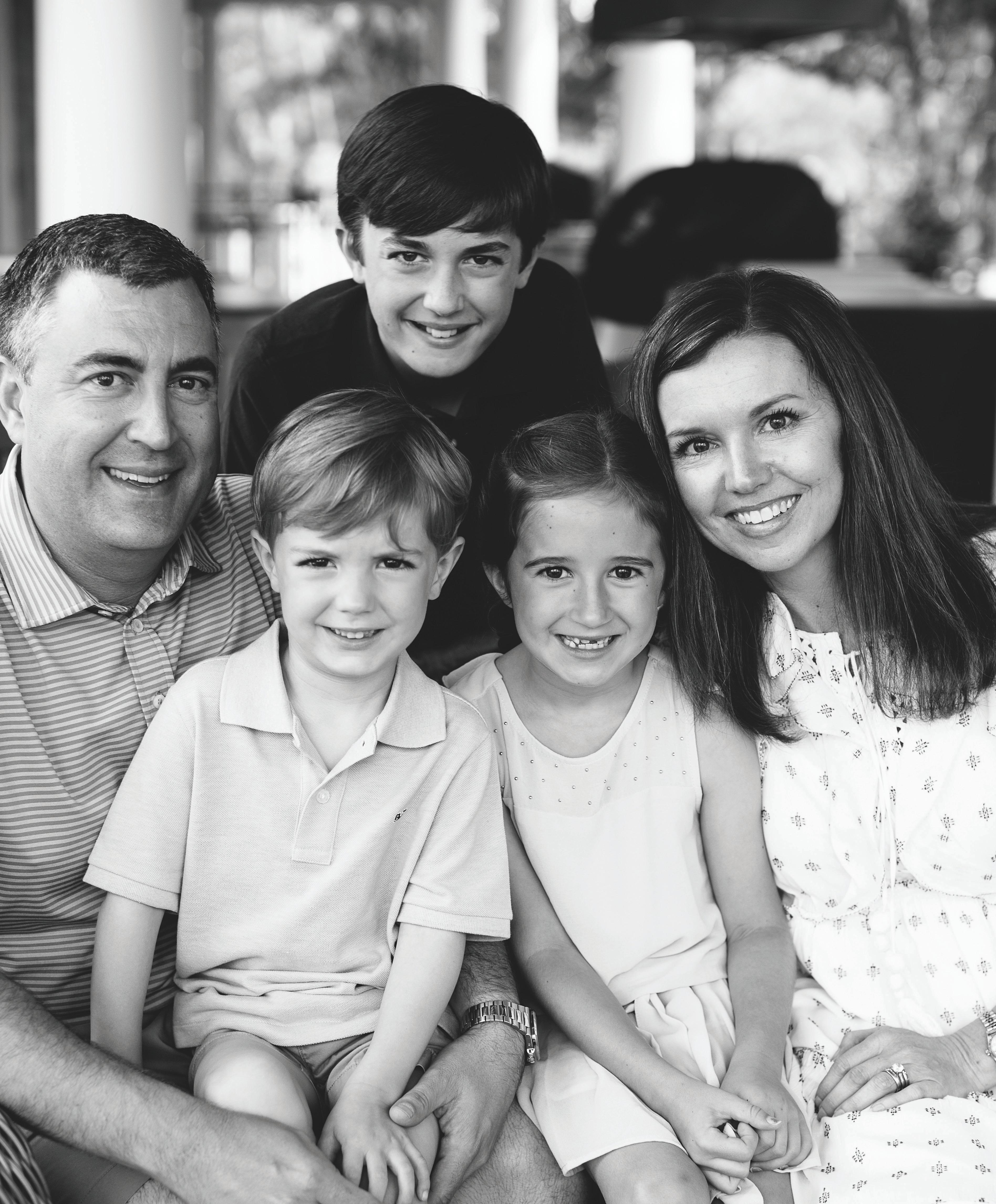 From CHARLOTTE, NORTH CAROLINA SARA & JEFF BROWN Property Owners
From CHARLOTTE, NORTH CAROLINA SARA & JEFF BROWN Property Owners
Q Where are you from?
A Sara: We’ve been in Charlotte for about twenty years. I grew up in Minnesota and Orlando. Jeff and I met at Clemson.
Jeff: I grew up in Columbus, Ohio.
Q What brought you to Kiawah for the first time?
A Sara: The first time we came was for the half marathon. I had just graduated from college.
Jeff: We’ve been coming to Kiawah for quite a few years! And certainly after the kids were born we came a bit more often.
Q What were your first impressions?
A Jeff: It is so naturally beautiful—the wildlife, the nature, how much of the island is really preserved. It’s one of the most beautiful places we’ve ever been.
Q And you are new residents! Congratulations.
A Sara: We moved in over Easter and we just arrived on Tuesday for the summer!
Jeff: The building process was unbelievable. Just really fantastic. We really wanted a lot of outdoor space, a smaller footprint for the house. It took about two years, a little over. And we literally showed up with nothing. We had been buying with our decorator for two years.
Q Your view is completely unobstructed.
Jeff: And that’s what really got us. Look out on a clear day and you can see the Ravenel Bridge.
Q Tell me why you chose Ocean Park.
A Sara: We really wanted the marsh view, but most of the marsh lots don’t have green space. And the kids love to be outside. So I think that’s what initially drew me in—that the kids can go just across the street to the park and play. They can ride bikes and go to the tree house. For us, that was worth it—to have some space for them to have a little freedom.
Q What do you all like to do on the Island?
A Sara: There are so many camp things the kids can do, so we can pick and choose week by week. Even Jack can do
golf and tennis clinics at Cassique. And we have a lot of good friends from Charlotte who come down, so we enjoy spending time with them.
Jeff: There’s a bunch—six very close couples in Charlotte who all have places here. So it’s a lot of hanging out, cocktailing, drinking wine, and just relaxing.
Q Are you both golfers?
A Sara: I am not a golfer. I have a set of golf clubs…so we joke that I’m going to learn how to play golf one day.
Jeff: They still have the plastic wrap on them.
Sara: They do!
Jeff: I love to play but I’m not a very good golfer.
Q All golfers say that. What’s the plan for being here?
A Sara: We’re just going to try to come as much as we can. We haven’t quite figured it out! Thankfully it’s just four hours from Charlotte, so we can come for a weekend and still feel like it’s enough time.
Q What a fun place to spend the summer.
A Jeff: I just think it’s such a special island for families. And that’s obviously woven into everything we’ve talked about. For us, it’s having a place where our family can relax and be together.
Q Is this the beginning of a family tradition?
A Jeff: We hope so. We built this house with the intention of keeping it in the family forever. We want it to be a place we’ll all come back to. And hopefully someday—many years from now—Sara and I can retire here.
Sara: Part of the reason we built now was that we thought it’d be such a fun place to come and make memories while the kids are young.
Q Yeah, I think coming here as a child makes you rooted here in adulthood.
A Jeff: That was advice people gave us—if you can somehow make it work—do it now. They wish they would have done it when their kids were this age, to really grow up here and experience it. So we feel really fortunate and blessed to have been able to do this. We’re still pinching ourselves. We say that! Can you believe this is actually our house? It’s crazy.
LEGENDS MAGAZINE 2018 NO 31 31
A
Pictured here with Jack, Cameron, and Grace

UP ALLIGATOR CREEK
 PHOTOGRAPHY by LINDSEY HARRIS SHORTER
STORY by CYRUS BUFFUM
PHOTOGRAPHY by LINDSEY HARRIS SHORTER
STORY by CYRUS BUFFUM

Fred Dockery, a seasoned waterman with well-earned crow’s feet and salt-and-pepper whiskers, leads me to his backyard where I help attach a johnboat to the hitch of his 1983 Mercedes. The sedan runs off of vegetable oil, and there are three others just like it parked in varying conditions around the property.
Catherine, Fred’s old crabbing boat (and also the name of his wife), rests a few yards away, waiting like an aged racehorse in her stable.
For twenty years Fred ran circles around Kiawah, crabbing nearly every drain, bend, and offshore hole available. At his peak Fred set and pulled upwards of three hundred traps in a single day.
A re-emerging back injury (brought on largely by the occupational hazards associated with life as a commercial waterman) forced his retirement a few years ago. Today, Fred works as one of two captains on the South Carolina Department of Natural Resources’ fisheries research vessel.
Raised between France, Maine, and North Carolina, Fred studied philosophy in college before landing as a crewman on a fishing boat out of Ivoryton, Connecticut. The Restless, a forty-foot dragger, trolled for tote-loads of flounder, sand dab, tautog, and an assortment of bait fish from the waters of Long Island Sound.
This early experience set a seemingly inescapable path, tying Fred forever to fishing and the sea. From Long Island Sound Fred went offshore. Marriage brought him back inland for scallops in Fairhaven, Massachusetts. And children brought
him back to the South for clams in Charleston. Clams lead to oysters, and, eventually, oysters lead to crabs.
Fred offers to serve as my guide—a Charon of sorts, escorting me into the depths of the Lowcountry’s crabbing culture.
We drive to the Sol Legare boat landing, a billow of spent vegetable oil trailing behind, and launch into the Stono River. Fred had baited and dropped his two traps (the recreational limit) thirty-six hours prior into Alligator Creek. If the menhaden have done their job (the preferred choice of bait), we’ll harvest enough for Fred and Catherine to enjoy a prodigious supper.
We bear downriver towards the Atlantic, propelled by a two-stroke engine and a will to outrun the rain, eventually turning west into the mouth of our target creek. The rich greens of spartina grass contrast against the impending thunderclouds ahead. Our horizon begins to shrink. The narrowing creek and dropping tide box us in. There’s a blanketing comfort in it all. As we make way, Fred does his best to expound twenty years of memories into the larger context of the regional crabbing industry. Early voyagers quickly observed the great bounty of the Carolina coast. Captain William Hilton wrote during his 1664 voyage of “Oysters in abundance, with great store of Muscles; A sort of fair Crabs.”
Archeological analysis of regional shell middens reveal diets rich in oysters, clams, and blue crab claws. European settlers learned from the Native populations how to cast for crabs using a woven rope and game for bait.
LEGENDS MAGAZINE 2018 NO 31 35
I can hear the frogs. The rain must’ve stopped. We walk outside and into the thick summer air made even denser by the morning storm.
Charleston was the center of commerce in the Colonial days, where crab served as a staple in kitchens from slave dwellings to plantation homes. As early as 1770 a fish market was established at the foot of Queen Street, requiring “all fish and shellfish landed within four miles be sold through the market.” However, despite this ordinance, much of Charleston’s seafood at the time was still sold through street peddlers who purchased their goods directly from the watermen—a supply chain indicative of the fishing industry’s historic dominance by the African American community.
R. Edward Earll’s 1887 Fisheries of South Carolina and Georgia accounts that 94 percent of South Carolina’s fishermen were African American, four percent Spanish, and two percent Caucasian. This trend had remained relatively constant since before the Civil War.
Until about World War II, the barrier to entry to work as a commercial crabber was relatively low. Boats propelled by wind and oar, and crabs were caught almost exclusively using trotlines—cotton lines sometimes as long as one thousand feet, baited with beef or horse meat every eighteen inches or so.
However, by the late 1930s and into the middle of the century, with the increased popularity of the combustion engine and the invention of the crab trap, the crabbing industry soon became, comparatively, industrialized. Blue crab landings (i.e. harvests) in South Carolina went from just over one thousand metric tons in 1950 to four times that less than fifteen years later.
By 1962 crab traps had become the most popular gear used to catch crabbers, outpacing the traditional trotline,
and soon thereafter the industry’s demographics changed dramatically.
South Carolina’s crabbing industry rode several cycles over the next few decades, supported during the peaks by several picking houses and canneries that operated throughout the coast. But, as trends go, evolving markets, changing regulations, environmental variability, competition from overseas, and a dwindling workforce, the last crab house in the area closed its doors around 2000-, and landings have since dropped to numbers closer to those in the 1950s.
We come upon Fred’s traps, marked by the yellow buoys required of recreational crabbers. In Fred’s commercial days, he’d use purple floats—an homage to his affinity for the Minnesota Vikings.
Our first pull yields six crabs. Our second yields seven. In total, after culling out the undersized catch (those less than five inches from point to point) and any sponge-crab (females with visible eggs adhered to their undersides), we admire our modest harvest: five males (known as “Jimmies”) and two females (“Sooks”). Catherine will be pleased.
Fred explains his reason for choosing this way of life. If money were the only motive, he’d have stopped long before he did. There’s the independence and a satisfaction of entrepreneurial ambition that comes along with the job. You are beholden to no one but yourself. But there’s also the solitude, the humbling reliance on conditions well out of your control, and the spiritual reward of working in balance with the natural world. It seems this is the real payoff.
36 LEGENDS MAGAZINE 2018 NO 31
The rich greens of spartina grass contrast against the impending thunderclouds ahead. Our horizon begins to shrink.


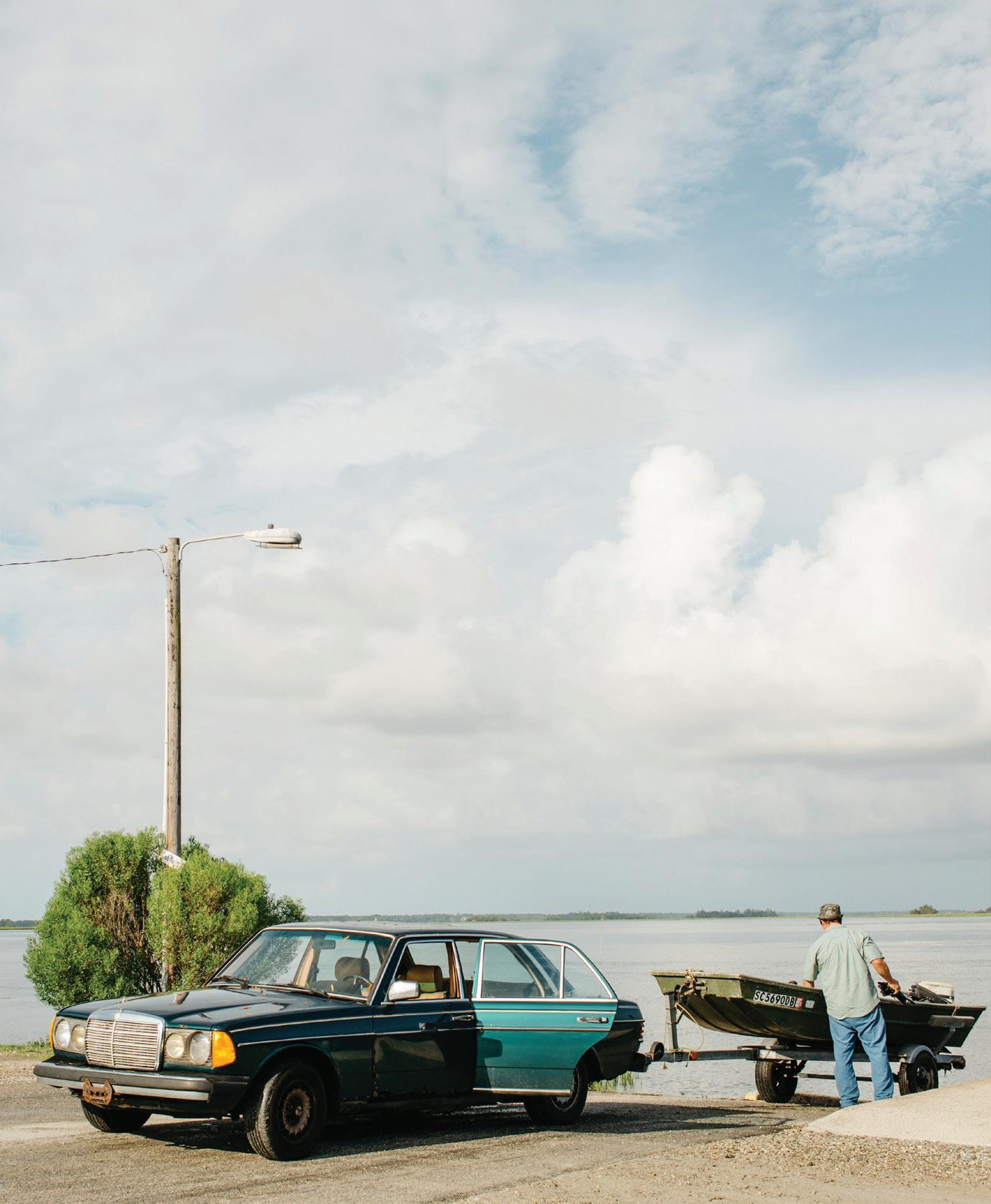

There’s one secret, Fred shares, in succeeding in this industry: “Work hard.” He’s seen fishermen come and go, seafood businesses boom then bust. But there’s been a constant denominator amongst those who’ve made a life out of it, Fred insists. “Low key, low tech, and hard work.”
We make for the landing. Fred’s stories continue. Names that read from the likes of a film noir screenplay pour from his lips—Ponytail George, Iron Mike, Sniper, Starvin’ Marvin, Skinny Pete, Big Willie, Fat Head. These are the names of the hustlers, the legends, and the infamous characters of South Carolina’s crabbing industry. A lot of whom, Fred acknowledges, came from the “old days.” The days of minimal economic opportunities. The days of Jim Crow and segregated schools. The days of frugality and forced ingenuity. Fred’s earlier notions of self-reliance and hard work begin to take on a more serious, less romantic, tone.
I tie off our bow back at the landing, and the current sweeps our stern perpendicular to the ramp. Fred backs in his Mercedes as a pickup truck prepares to splash its tow. Fred points, “There’s Rock!”
A commercial crabber emerges from the bow of his childhood boat, now up-fitted with higher freeboards, a reinforced transom, and a lot more horsepower than I suspect he had as a boy.
Rock Campbell (whose real name is Lamar) has been around crabbing his entire life. His parents ran the Winyah Bay Seafood Company near Georgetown, selling crabs to buytrucks that’d come from as far away as Maine for a taste of our local waters. Rock’s earliest memories are of harvesting shellfish from the Lowcountry’s expansive tidelands.
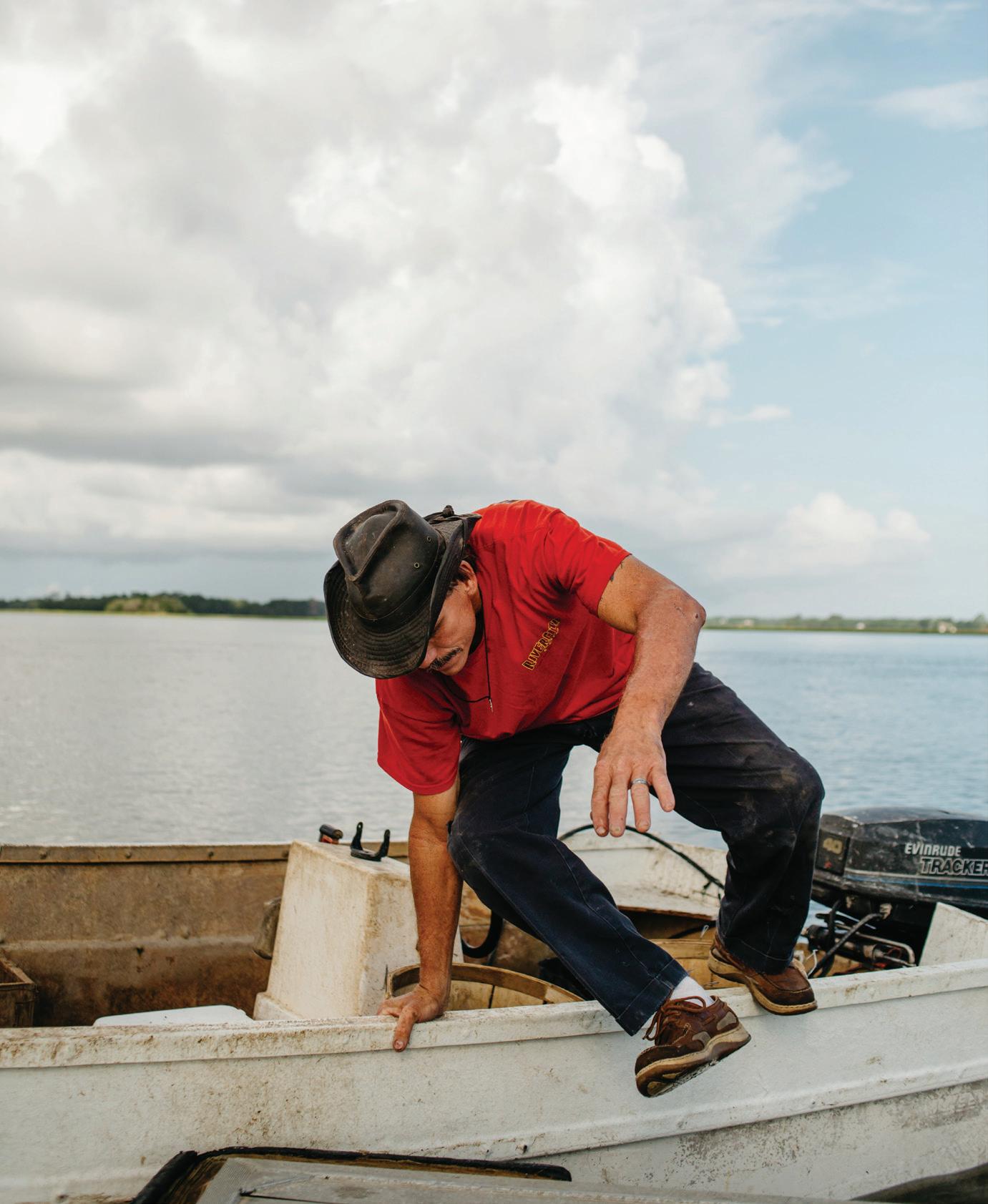
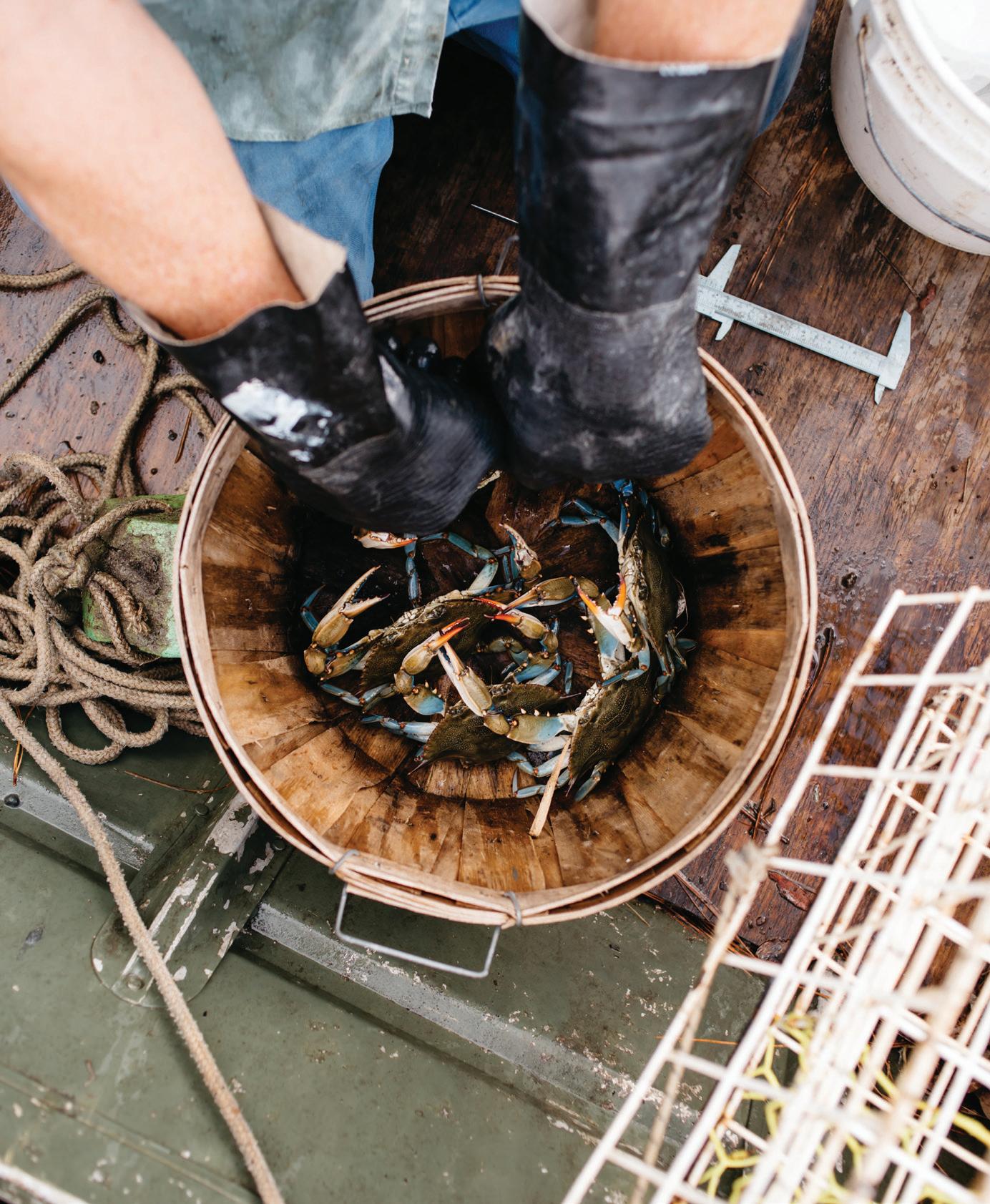
LEGENDS MAGAZINE 2018 NO 31 39
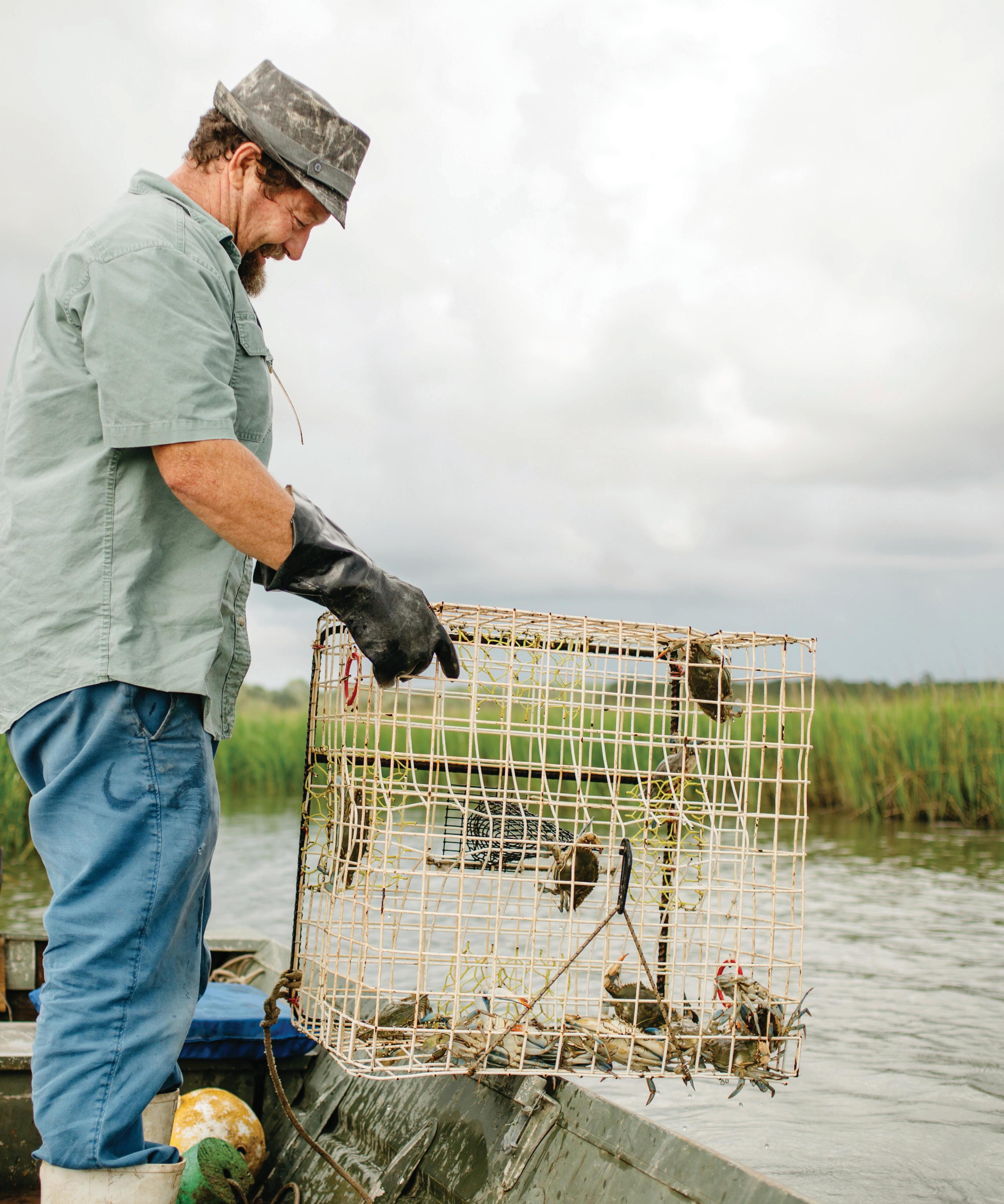
Names that read from the likes of a film noir screenplay pour from his lips—Ponytail George, Iron Mike, Sniper, Starvin’ Marvin, Skinny Pete.
Rock works primarily as an oysterman. He always has. Supplementing clusters with clams he scratches from the mud. But once shellfish season closes, Rock becomes a fulltime crabber.
Rock’s followed this rhythm now for a few years, getting into the crabbing business just as Fred was stepping out.
Fred and Rock exchange a mixture of pleasantries and intel. Rock laments about some recent challenges he’s been facing, while Fred offers counsel and solace, giving him some strategic advice on a few choice crab holes.
Rock tells me just the other day he watched three of his buoys float past the landing and found another two more while out on the water (a sure sign they’d been cut). He says he talked with another guy on the river who’d lost twenty traps that same week.
A scan of headlines from Fred’s manila folder of newspaper clippings he’s collected over the years reveals a theme: “Crabbing competition can still be cutthroat” and “Men charged with crab pot sabotage.”
Ben Moïse, retired game warden for the South Carolina Department of Natural Resources, recounts in his memoir Ramblings of a Lowcountry Game Warden one particular incident where he staged a stakeout to catch some commercial crabbers cutting and sinking a competitor’s traps.
Rock insists it’s not all crabber-on-crabber competition. Culprits of theft are often uninformed recreational boaters who see a crab trap as a free meal, not realizing this is how guys like Rock make a living. “If you take from my trap, you’re taking food off my family’s table. It’s tough enough to contend with the weather and adverse natural conditions to then have to deal with someone messing with your personal property.”
Rock’s reasons for crabbing are nearly identical to Fred’s— the draw to freedom and independence and connection to the natural world. “It’s something I love to do. I can’t imagine doing anything else.”
Rock’s wife sits patiently in the passenger seat of the pickup truck as the two crabbers finish their conversation. Fred explained to me earlier in the day that behind every successful waterman, there’s a great woman. This seems validated by Rock and his wife.
Rock tells me his wife is his right hand out on the water. “She likes the sun and nature just as much as I do. And besides, being able to spend such quality time together is really healthy for our relationship.”
You talk to crabbers and generally they’re of one of two camps: either things are getting worse or things haven’t changed at all. When you consider what a crabber is up against—forces from development, competition from inferior imports, pollution, loss of public water access, an increase in private docks, increased capital expenses, too many crabbers, not enough crabs, the list goes on, not to mention being often cold, wet, sore, and bloody, and the days demanding long, physical, and laborious hours—it’s a wonder there are any watermen left at all.
But in talking with many in the industry (and as a commercial oysterman myself), my theory is this: acknowledgement of these very real challenges is a way to hedge against completely revealing to the outside world the overwhelming satisfaction that comes from this type of work—a secret well-worth protecting. After all, once the summer months have passed, we all quite enjoy being the only ones on the water. — C.B.
LEGENDS MAGAZINE 2018 NO 31 41
KIAWAH BOTANICAL
 ILLUSTRATION by BECCA BARNET
ILLUSTRATION by BECCA BARNET

40 LEGENDS MAGAZINE 2018 NO 31



LEGENDS MAGAZINE
SOUTHERN RED CEDAR





Juniperus virginiana var. silicicola
DESCRIPTION: Southern red cedar (commonly Juniperus silicicola) is just slightly different than its more common cousin Juniperus virginiana. It is treated by some botanists as lower rank of variety, while others treat it as a distinct species. The shape of the southern red cedar is rounded and sprawling, and the bark is a dark orange-brown. Waxy, scale-like leaves grow on tiny shoots to create a dense, bushy foliage. The fleshy cones are green in the spring, turning bluish with maturity, and have a white coating.



LOCATION: The southern red cedar grows along the Atlantic and Gulf Coasts. It is common in sand dunes and brackish marshes of the outer Coastal Plain.


FUN FACT: Its variety name means “flint-dweller” in Latin. Juniperus silicicola is also known as southern or sand juniper. The leaves are analgesic and antirheumatic. An infusion has been used in the treatment of fevers, stiff neck, backache, headaches, low fever, coughs, and colds, and the essential oil from the berries is used in aromatherapy.

42 LEGENDS MAGAZINE 2018 NO 31
SAW PALMETTO Serenoa repens
DESCRIPTION: It is a small palm, growing to a maximum height of around seven to ten feet. It grows in dense thickets and as undergrowth in pine woods or hardwood hammocks. Saw palmetto is a fan palm, with a bare petiole spouting about twenty leaflets. The petiole is armed with fine, sharp spines that give the palm its common name. The leaves are light green inland, and silvery-white in coastal regions.
LOCATION: The hardy palmetto is endemic to the subtropical southeastern United States, most commonly along the sandy coastal areas of the south Atlantic and Gulf Coastal Plains.
FUN FACT: The saw palmetto is slow-growing and extraordinarily long-lived, with some plants as old as five hundred years. The generic name honors American botanist Sereno Watson, and Serenoa repens is the sole species currently classified in its genus Serenoa.





CAROLINA JESSAMINE Gelsemium sempervirens
DESCRIPTION: Jessamine is a twining, evergreen vine that grows up to twenty-feet long. It boasts fragrant, yellow trumpet-shaped flowers. Its vines creep up trees and over fences and buildings. Its dark-green foliage turns slightly yellow or purple in the winter months.
LOCATION: Carolina jessamine is native from Virginia and Florida to East Texas. This high-climbing vine is very common in parts of the South, frequently found in abandoned fields and climbing high into the canopies of pine forests.
FUN FACT: Carolina jessamine is the state flower of South Carolina. The flowers, leaves, and roots are poisonous and may be lethal to humans and livestock. Flowers attract native bees, hummingbirds, and spicebush swallowtail butterflies.
LEGENDS MAGAZINE 2018 NO 31 43
CABBAGE PALMETTO Sabal palmetto
DESCRIPTION: This common palm grows up to sixty-fivefeet tall. It contains a black stone fruit with a single seed. The trunks appear in two different conditions. When leaves die, the leaf bases typically persist for a while. These spiky, remnant leaf bases are called bootjacks. Taller palms lose their lower bootjacks and are smooth and columnar.
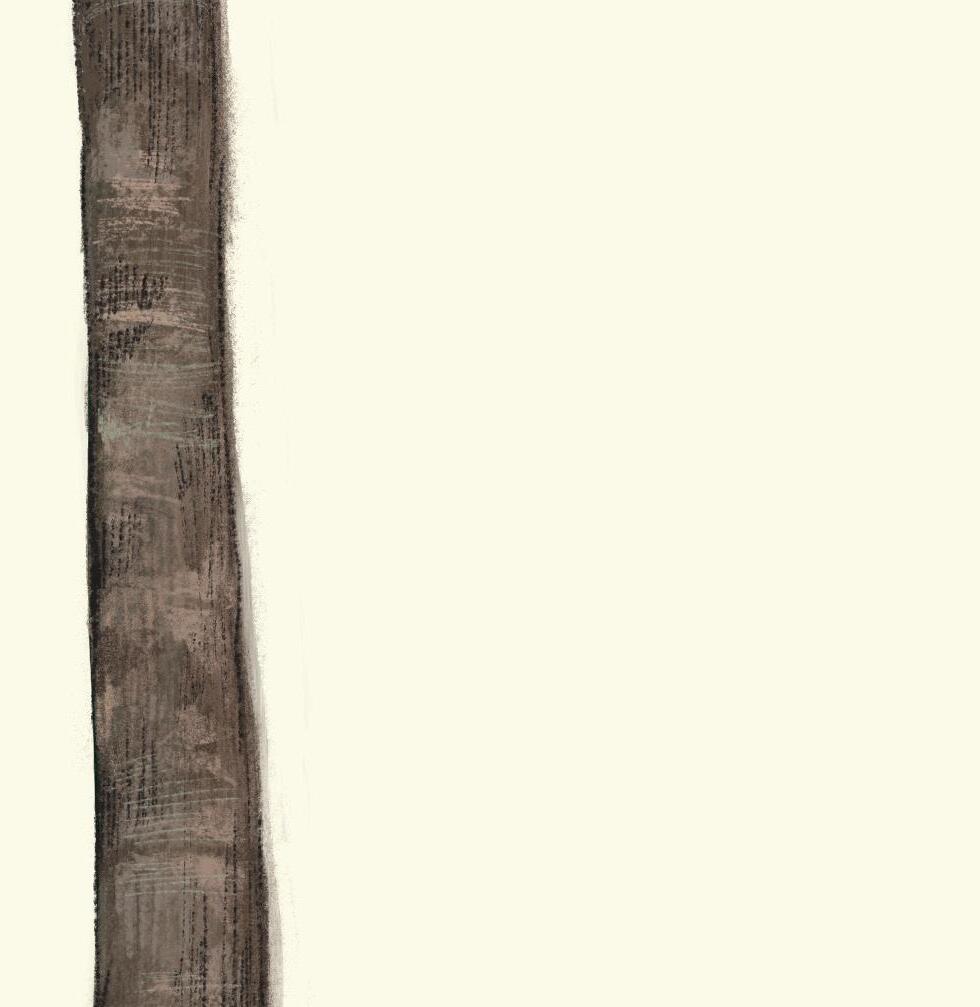

LOCATION: The cabbage palmetto is extremely salt tolerant and requires hot and humid summers to grow well. The cabbage palmetto is known to tolerate drought, standing water, and brackish water.
FUN FACT: The sabal palmetto is the official state tree of both Florida and South Carolina. The cabbage-like bud has been eaten as hearts of palm. On June 28, 1776, Charleston patriots under William Moultrie made a fort of palmetto trunks and from it defended successfully against the British in the Revolutionary War.






44 LEGENDS MAGAZINE 2018 NO 31
SEA OATS

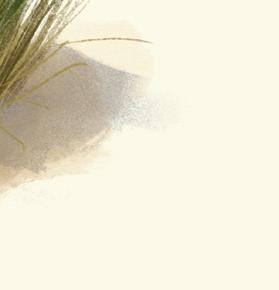
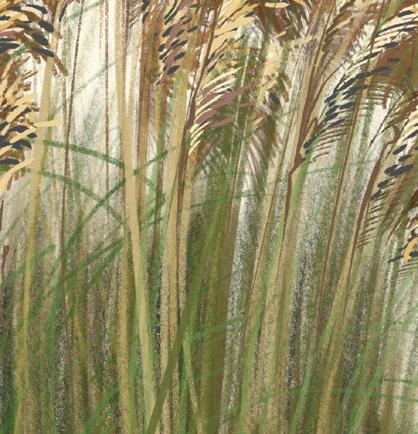
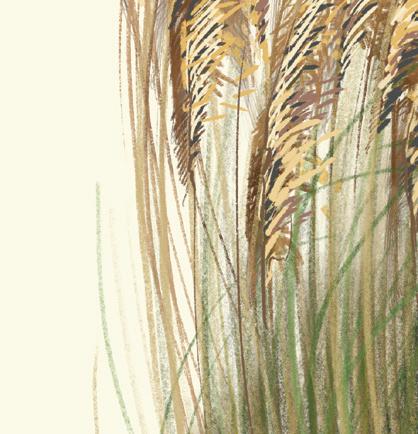

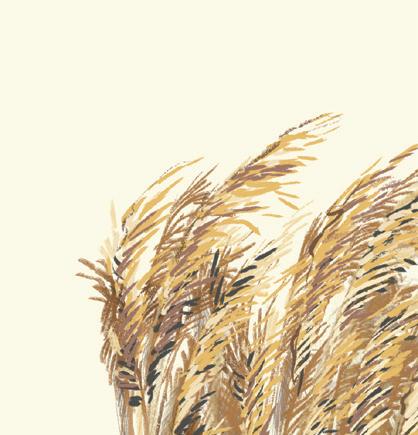
Uniola paniculata
DESCRIPTION: Uniola paniculata is a subtropical, perennial grass that grows up to six-feet tall with thin tapering leaves of up to fifteen inches. The plant produces clusters of flat spikelets, each of which contains around ten windpollinated florets. Its large seed heads turn golden brown in late summer, giving the plant its common name. The seeds are dispersed by wind and can be carried long distances by storms and ocean currents. It is heat tolerant and highly resistant to drought and salinity.
LOCATION: These tall grasses are a crucial component of coastal sand dune and beach plant communities in the southeastern United States, eastern Mexico, and some Caribbean islands. Its tall leaves trap windblown sand and promote sand dune growth, while its deep roots and extensive rhizomes act to stabilize them. It is rarely found inland.

FUN FACT: Sea oats are also known as araña and arroz de costa in eastern Mexico.



AMERICAN BEAUTYBERRY

Callicarpa americana
DESCRIPTION: The beautyberry bush grows from three- to five-feet tall and usually just as wide, reaching up to nine feet in height in favorable soil and moisture conditions. It has long, arching branches and yellow-green fall foliage, with clusters of lustrous, iridescent-purple fruit that hug the branches in the fall and winter.
LOCATION: The native range extends from Maryland to Florida, west to Texas, and south into Mexico, Bermuda, the Bahamas, and Cuba.
FUN FACT: American Indians made beautyberry tea to treat illnesses. The raw berries are edible in small amounts and have a mild, medicinal flavor. The berries are also used in jellies and wine.
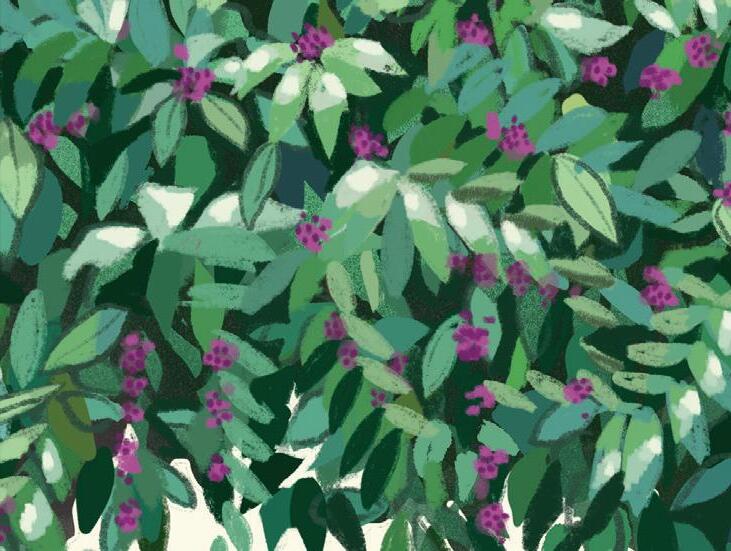



LEGENDS MAGAZINE 2018 NO 31 45
BLUE FLAG IRIS
Iris virginica shrevei


DESCRIPTION: This perennial is two- to three-feet tall. Its sword-shaped leaves are smooth and blue-green to green. Its blue-violet flowers are around three-inches long and are made up of three sepals, three petals, three stamens, and a green ovary that is elongated and angular. The petals have prominent patches of yellow and white with thin purple veins. The blooming period is May to July and lasts about a month for a colony of plants, although individual flowers are shorter-lived. In late summer the seeds, which can float in the air or on water, spread the iris to new areas.
LOCATION: The blue flag iris is common in sedge meadows, marshes, and on the banks of streams and lakes throughout North America.
FUN FACT: The iris is the official state flower of Tennessee.

SWEET GRASS







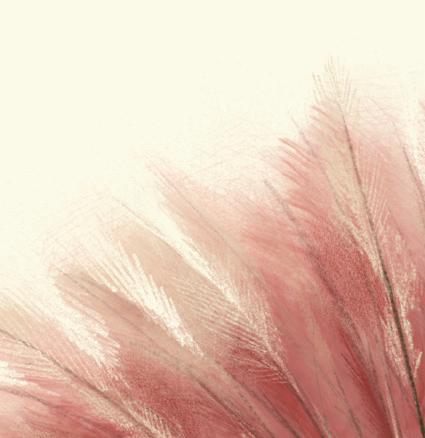











Muhlenbergia filipes


DESCRIPTION: Muhlenbergia capillaris is a species of grass in the Poaceae family. Showy and easy to grow, these resplendent grasses combine handsome, slender leaves with soft pink flower plumes that typically appear in late summer and fall. Foliage is evergreen in mild-winter areas and deciduous in colder climates.

LOCATION: Sweet grass is native to the southeastern United States but is also well adapted to Texas and the Southwest. Good drainage is essential to the health of the plant and will grow as far south as Florida in the right conditions.












FUN FACT: Sweet grass has many common names, including but not limited to: Gulf muhly, hair-awn muhly, hair grass, and pink muhly. This grass has historical importance in South Carolina, where African Americans still weave the iconic sweetgrass baskets in the Gullah tradition.
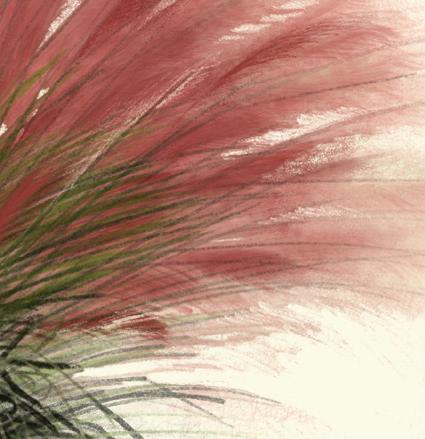
46 LEGENDS MAGAZINE 2018 NO 31
LIVE OAK






Quercus virginiana
DESCRIPTION: Live oak grows in clay loams and sands with layers of organic material and often dominate maritime forests. They grow quite fast in an ideal environment, about three feet per year. Though they are called evergreen oaks, they do in fact lose their leaves as new leaves grow in the spring months. Spanish moss, or Tillandsia usneoides, is an epiphytic flowering plant that can be found draped in the branches of the stately trees.
LOCATION: Live oaks grow in the lower coastal plain of the Gulf of Mexico and lower East Coast of the United States. In general, southern live oaks hug the coastline and are rarely found more than three hundred feet above sea level. Many very large and old specimens of live oak can be found today in the deep southern United States.
FUN FACT: Native Americans extracted cooking oil from the acorns and used all parts of live oak for medicinal purposes. The roots of seedlings sometimes form starchy, edible tubers and can be harvested and fried much like one might eat a potato. Southern live oaks are very long-lived, and many specimens are more than four hundred years old.

LEGENDS MAGAZINE 2018 NO 31 47
SOUTHERN MAGNOLIA




Magnolia grandiflora
DESCRIPTION: Reaching up to ninety-feet tall, the southern magnolia is a large, often pyramid-shaped evergreen tree. Its large, waxy leaves are a dark, rich green with a lighter brown scruff underneath and can grow up to seven-inches long. The tree boasts large, white fragrant flowers up to twelve inches in diameter.

LOCATION: The Magnolia grandiflora is native to the southeastern United States, from coastal North Carolina to Central Florida, and west to East Texas. It is found on the edges of bodies of water and swamps. In more sheltered habitats, it grows as a large tree but can be a low shrub when found on coastal dunes.
FUN FACT: Exceptionally large trees have been reported in the far southern United States. The largest southern magnolia can be found in Smith County, Mississippi, and stands at 121 feet.

48 LEGENDS MAGAZINE 2018 NO 31

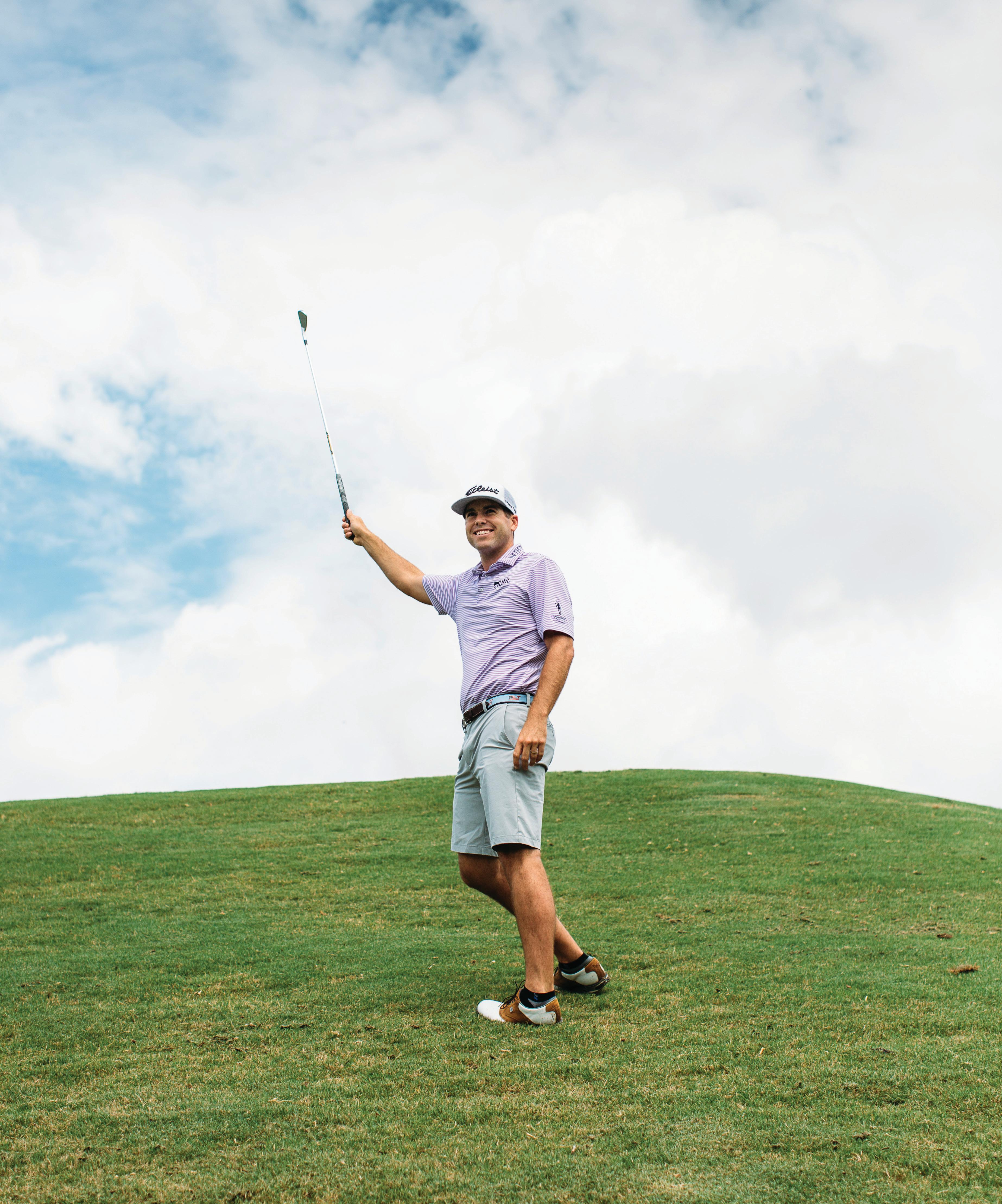
SETTING COURSE
An Interview with PGA Pro and Kiawah Island Club Ambassador Ben Martin
INTERVIEW and PHOTOGRAPHY by HAILEY WIST
Were you always a golfer?
I was, yeah. My dad was big into all sports, and golf was just one of them. He started taking me to the golf course when I was four or five years old—before I can really remember.
Did you have your own set of clubs?
I think he just went to a golf shop and bought a couple of used clubs and cut them down. I maybe had a 5-wood, a 3-wood, a few irons, a wedge, and a putter.
So when you say he was into all sports...
Oh, yeah, it depended on the time of the year. Generally, we’d play baseball in the spring, golf in the summer, backyard football in the fall, and basketball in the winter. I think that’s one of the things my dad did best. He spent a lot of time with my brother and me. He would come home from work, and if it was summer, we’d eat an early supper and then go to the golf course and play until dark.
What a great childhood. Tell me about your career trajectory.
Were you always serious about golf?
I just really enjoy playing the game. I wasn’t even the best player on my high school team. I didn’t have a great record as a junior player. I played mostly locally in South Carolina, so I didn’t have a whole lot of exposure.The coach at Clemson— Coach Penley—gave me a shot to essentially walk on the team. So I redshirted my first year.

When did things start to change?
I think the first time I really thought I might be good enough to play professionally was after my second year at Clemson. I made the all conference team, the All-ACC. When I looked at the guys who had done it in their Clemson careers—there were only four or five guys who did it as a freshman—I saw they all played on the PGA tour at some point.
52 LEGENDS MAGAZINE 2018 NO 31

And then you just picked up speed over the next few years? I mean, how old are you?
I’m thirty now.
So right out of college what happened?
Going into my final year at Clemson I was runner up in the U.S. Amateur Championship, which was probably the biggest amateur event in the world. That qualified me to play in the Masters. And I got to play in the U.S. Open. I was a little bit out of my comfort zone, being exposed to the guys I’d always watched on TV—you know, Tiger and Phil. So that gave me a chance to see how my game stacked up. And though I didn’t play very well in those events, I think I got to see that the best players in the world—the guys who play on the Tour every week—they are really good, but it’s not like I can’t do what they’re doing. And so I made it. I turned pro after playing in that U.S. Open in 2010 as an ameteur.
Incredible. How did you adjust to being a professional?
Golf is weird in the sense that no team is going to draft you. It’s really up to you to perform and make your way. And so when you turn pro, you don’t really have to do anything—you just say, Okay, I’m going to play for money now. I started out in the local, single A tours and had a little bit of success. Then I made my way through the qualifying series to the PGA Tour right out of college. There was only one other guy, Joseph Bramlett, who came out of college and made it all the way through the qualifying series straight to the PGA Tour.
You really had momentum at that time. And I would say that was a little bit uncharacteristic of my career. When I first started high school I couldn’t even make the starting line up. When I got to Clemson, I redshirted and wasn’t really beating any of the guys on the team. So then to have a lot of success right when I turned pro and to make it straight into the PGA Tour—maybe I shocked myself a little bit by doing that.
So what came next?
During my rookie year in the PGA Tour, I didn’t have a whole lot of success and lost my status. I went back down and played the Web.com Tour for two years. I think it was a good thing
because, though it’s not the PGA Tour, the competition is still there. It gave me a chance to learn how to be a professional— which is less about the golf and probably more about learning how to travel and learning how to schedule your time.
And stay focused!
Yeah. You go through college and everything is mapped out for you—when you go to class, when you practice, when you travel. The Web.com Tour was a good learning experience for me and gave me some confidence. So when I did come back out on tour in 2014, I was way more prepared.
When you were playing those early tournaments, like the U.S. Open, were you nervous?
The first time I played in the U.S. Open, it was at Bethpage Black Course in New York. I played two holes on Thursday and we got rained out. On Friday I had made a couple birdies, and I was walking down number 18 (which was my ninth hole) at two under, and they were putting my name up at the top of the leaderboard. Tiger was below me. Talk about nerves! I think I made one more birdie and was tied for the lead, and then that realization sank in and I ended up bogeying my last five holes. The nerves got to me.
Oh, but that is so understandable!
I think a lot of that is finding comfort and feeling like you belong. It was my first tournament competing against professionals and it was a major. I definitely wasn’t in my comfort zone.
Do you get nervous now?
I think the nerves are what makes the competition so fun. If you’re out there in fiftieth place, then there’s really not a whole lot to play for. When there’s something big on the line and you’re under pressure and you start to feel those butterflies... That’s really where I find the joy in competing and being on tour.
Very well said. Tell me about spending time on Kiawah. We just had a little girl, and I got to bring her down for the first time with my parents and my wife’s parents and my brother and his wife. It’s been a great spot to spend time
54 LEGENDS MAGAZINE 2018 NO 31


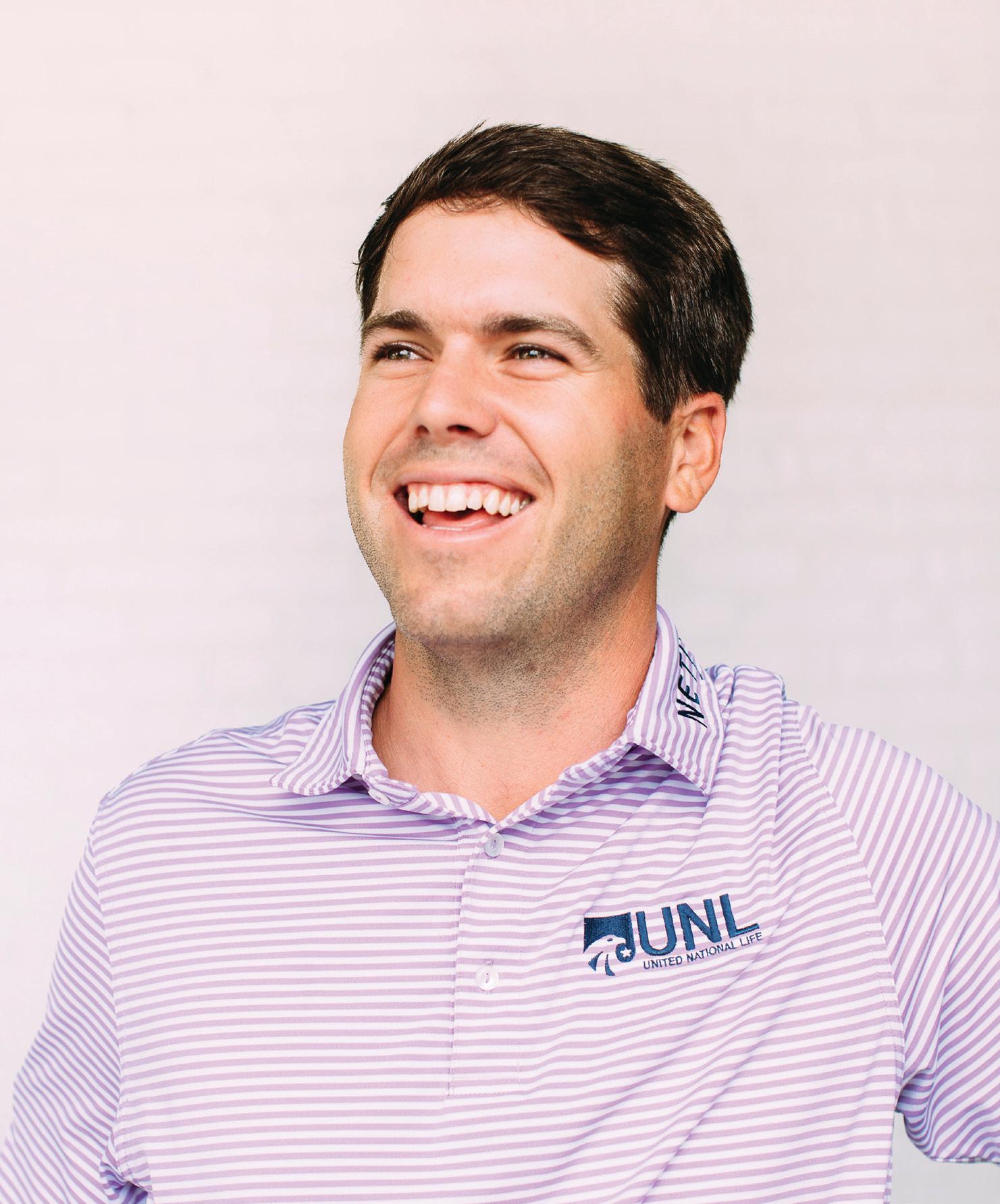


56 LEGENDS MAGAZINE 2018 NO 31
in our off weeks. The practice facilities are great. In the morning I can go work out at the fitness center and then hit balls, and in the afternoon I can go to the beach with the family and ride bikes. I can relax, but I can also practice whenever I want.
What’s your favorite course?
You know, I’ve played Cassique a few more times than I’ve played River. I think Cassique is a little more friendly to the mid-handicap player, so when I play with my family they enjoy Cassique a little more. The River Course is as demanding of a course as we play anywhere on tour, especially if the wind is blowing. I’ve played The Ocean Course one time, but the wind wasn’t really blowing so I don’t think I got the full experience of how difficult the course can play.
And the PGA Championship is there in 2021. You’ll be there, right?
It’s hard to project three years out. I certainly hope to be playing in 2021, but we have to go earn our status and our job every year.
Why do you think The Ocean Course is a good pick for the championship?
I’ve only played it one time, but I love Pete Dye courses. I just think he does a good job at challenging the player. If I remember correctly, Rory ran away with it in 2012, so I don’t think there was a whole lot of drama. I think that’s a good test. Whenever someone can separate themselves from the field—where not everybody is bunched up—I think it goes to show that the course is fair but difficult enough that if one guy is really playing well then he can separate himself from the rest of the pack. And for the PGA to like a place so much that they’re going to come back nine years later… then they did a lot right.
Tell me about your daughter. What’s it like being a new dad?
Her name is Ann Pearce and she was born at the end of March. I don’t have another baby to compare her to, but so far it’s been a breeze. When she was ten days old, we put her in the car and took her down to Hilton Head for the Heritage.
No way.
And she came to Charlotte for the Wells Fargo Championship. We took her to THE PLAYERS and to Fort Worth. Kelly and I got married almost five years ago, and she started traveling with me. We’ve gotten into a great routine of life together on the road, so to have a little girl who seems to do well in that situation has been a big blessing. I’m sure we’ll have to feel it out. Hopefully we can be together as much as possible.
What’s one thing you have to do to play well and stay focused?
I think there’s a strong correlation between performance and sleep. And I think that a lot of golfers are creatures of routine. I’ll go out on Thursday and play in the morning and I’ll walk from the range to the chipping green and I’ll pass a guy. And then I’ll go out the next day, and we’re teeing off in the afternoon, and I’m walking from the range to the chipping green, and I’m walking past the exact same guy at the exact same spot. I don’t know if it’s all professional athletes or just golfers, but we all seem to be routine-oriented.
Well, it makes sense. Performance is an elusive thing. Yeah. It’s sort of a process-oriented thing. So you focus on the steps and let the results happen, let the successes happen. Whether it’s in golf or anything else, I think you focus on the process—it’s huge.
That’s a really good reminder for anyone I think. What’s camaraderie like on the Tour?
It’s different because you’re competing against guys on an individual basis. A lot of us hang out and go to dinner and play practice rounds together. Maybe it’s just the gentlemanly part of golf—you want to pull for the guys you’re playing with. And guys like George [Bryan] and Wesley [Bryan] and Russell [Henley]—guys you grew up playing golf with...I remember playing against George when we were both eight or nine years old in a State All-Star Tournament, and I think he won or finished second and I finished third. Seeing guys you played against when you were seven years old and then playing together in college and seeing the same people when you go pro—that’s part of it. You’ve known these guys coming up for so long. — H.W.
LEGENDS MAGAZINE 2018 NO 31 57
BEST. DECISION. EVER.
When it comes to your dream home – making sure it is perfect means tons of tough decisions. Let our knowledgeable product experts relieve the stress and restore the fun while introducing you and your design team to our extensive collection of products from the most sought after brands. Request your appointment today at fergusonshowrooms.com


©2018 Ferguson Enterprises, Inc. 0718 908972 FERGUSONSHOWROOMS.COM
CHARLESTON | BLUFFTON
SmartControl Shower System
Through human craft and ingenuity, our engineers, surveyors, landscape architects, and analysts collaborate with you to design visions, places, communities, foundations, life.











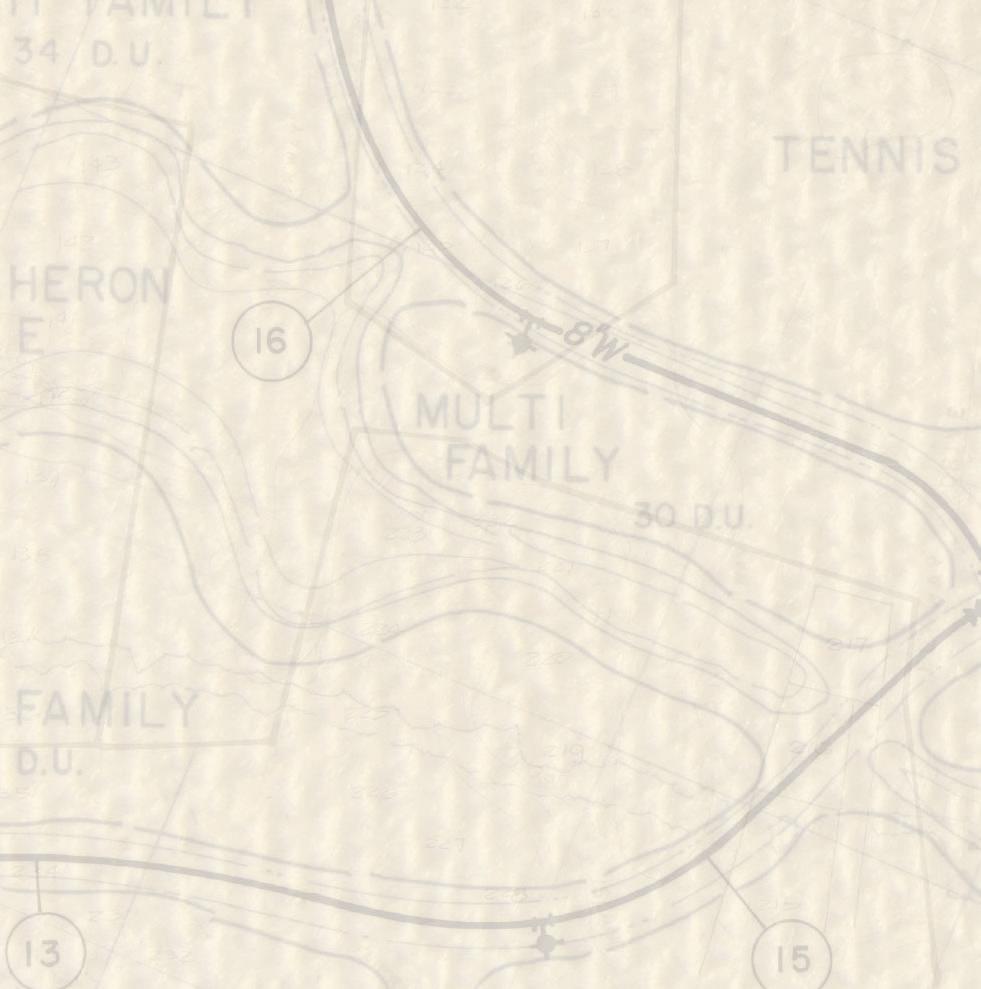


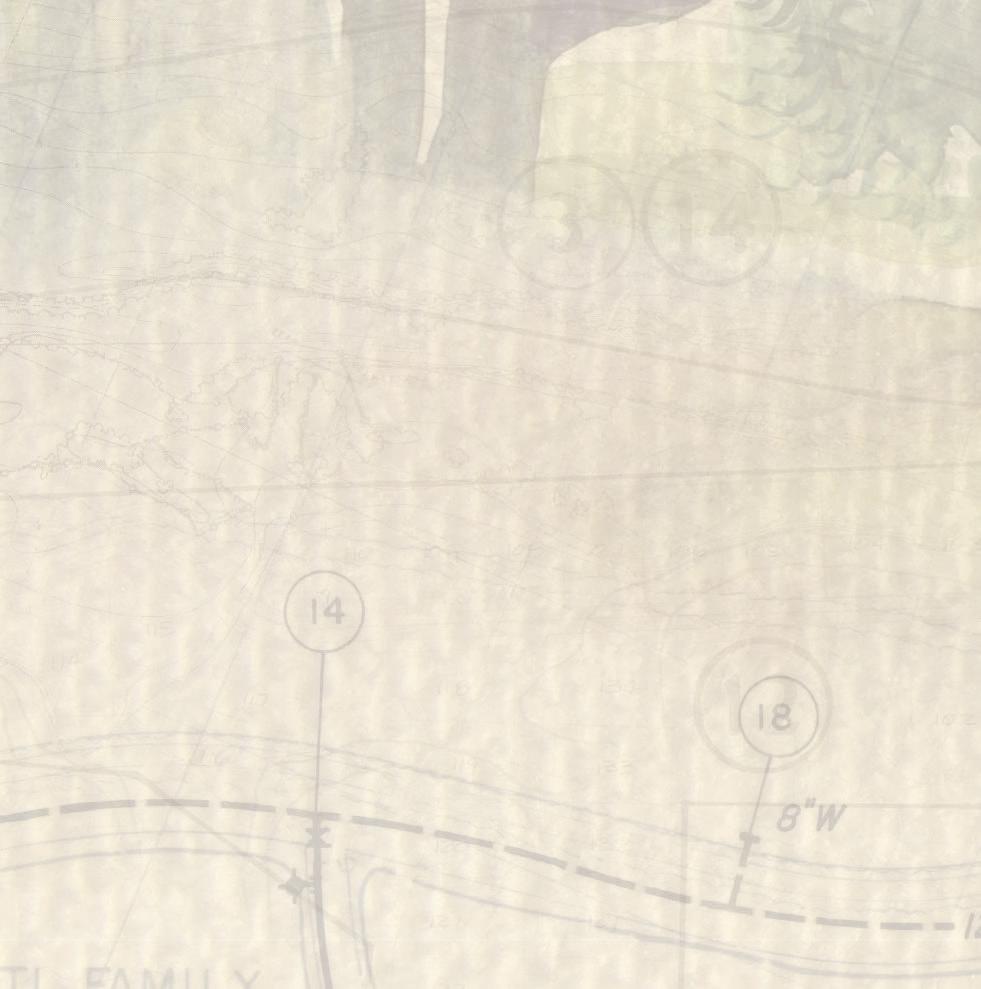
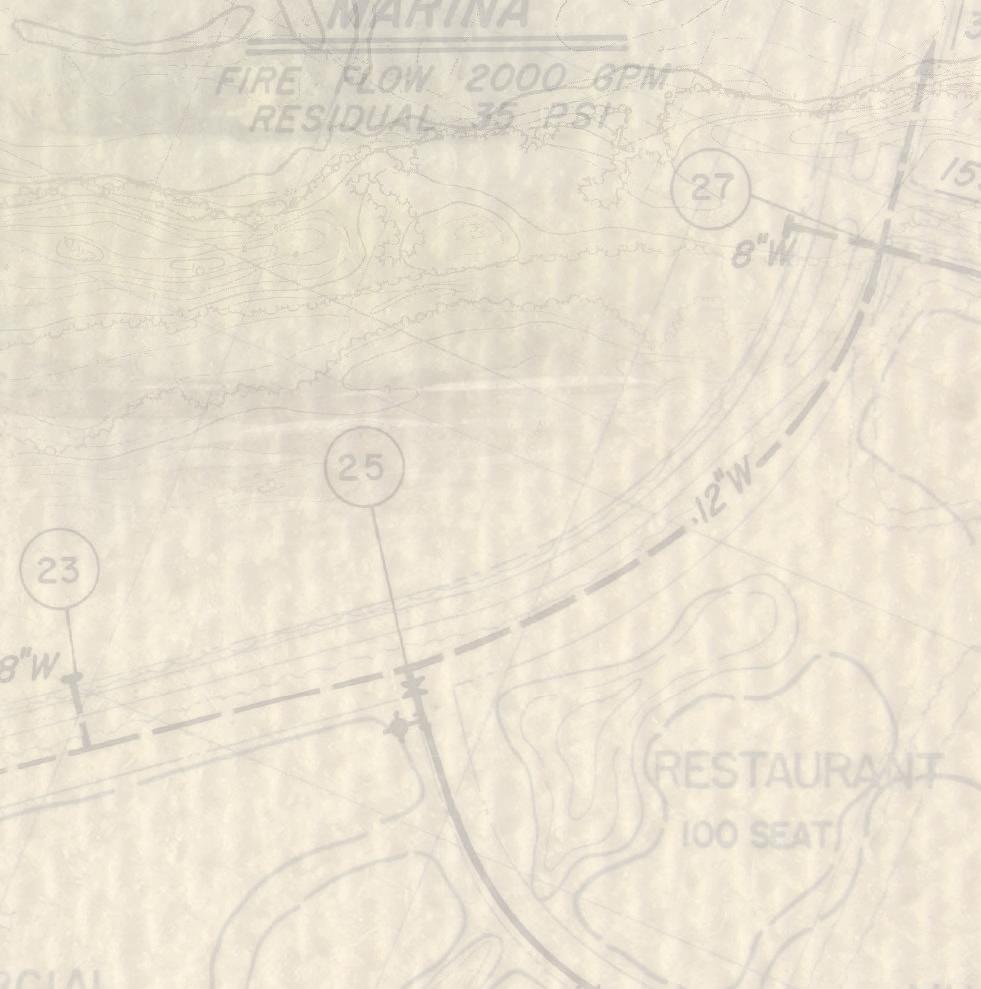






III Oaks | Over six decades of expert landscape architecture, installation, maintenance, custom hardscapes, masonry and concrete work— residential and commercial. 5629 Savannah Highway, Ravenel, SC 29470 | 843.564.1315 | 3oakscontractors.com
CONTRACTORS, INC. SINCE 1950
III OAKS

Charleston • 843-243-0790 www waynewindhamarchitect com

GULLAH
of the South Carolina Sea Islands
WRITTEN by CHRISTINA RAE BUTLER
UNTITLED (MOTHER AND SON) | COURTESY OF THE CHARLESTON MUSEUM | CHARLESTON, SOUTH CAROLINA

64 LEGENDS MAGAZINE 2018 NO 31
STREET VENDORS WITH BASKETS | KILBURN BROTHERS, 1879
The Gullah are African Americans descended from enslaved people taken from the west coast of Africa. They live along the Lowcountry coast stretching from Wilmington, North Carolina, through South Carolina, into Georgia (where residents are called Geechee), and southward to Jacksonville, Florida. Gullah originated on isolated majority African and African American Southern coastal plantations where there was limited cultural interaction with white settlers. Today, Gullah is a recognized language, and Gullah are lauded for retaining the most African culture of any black community in the United States. Despite threats from development and cultural intrusion in an increasingly global world, the Gullah still reside in the South Carolina Lowcountry on Edisto, Johns, James, and Wadmalaw Islands and practice their language, traditions, beliefs, and foodways. Handcraft traditions of net making, iron working, quilting, and weaving of the sweetgrass baskets have been passed down through the generations. It’s a culture deeply linked to African ancestors, whose lineage still echoes through the communities of today.
Bin Yah: Origins of the Gullah People
Gullah is a creolized but unique culture and language born of Caribbean, Anglo-European, and various African traditions, languages, and ethnicities. Linguist Lorenzo Dow Turner (1890–1972) is recognized as the father of Gullah research, conducting studies in a time when many Gullah were protective of their unique and syncretic language. Many Gullah words are derived from English, but Turner noted that the intonation and syntax borrowed
heavily from African dialects. Gullah use E for he and she for hers/she. As an example, E bukra meant “he is a white man.” Juke, biddy, and tote are Gullah words now also used in the English language.
The term Gullah itself hides a clue to its origins: it is derived from the word Angola , a country on the west coast of Africa from which countless early slaves of South Carolina were forcibly immigrated. Carolina planters actively sought slaves from certain parts of Africa, preferring peoples from the “Rice Coast” and “Windward Coast” (Senegal, Sierra Leone, Ghana, Angola, and Liberia) for their knowledge of rice cultivation. Creating rice plantations out of the cypress swamps and tidelands of South Carolina was not only backbreaking work that required moving literal tons of earth by hand to create embankments, but it also took intricate knowledge of cultivation, tides, and hydraulics that the enslaved brought from African rice regions. Rice was a dominant cash crop for the Lowcountry and made untold fortunes for white planters who exploited the enslaved. Rice also proved a point of continuity between the homeland of Africa and the American South. Rice remains a staple part of the Gullah diet, and the famous sweetgrass baskets for sale in Mount Pleasant and Charleston are an African tradition passed down through generations within the Gullah community. The intricate baskets were originally woven to carry goods on one’s head and used as rice fanners to separate the rice from the chaff in plantation production.
In the decades before the international slave trade closed in 1808, South Carolinians imported 90,000 slaves, and African-born peoples made up 20 percent
LEGENDS MAGAZINE 2018 NO 31 65
The term Gullah itself hides a clue to its origins: it is derived from the word Angola , a country on the west coast of Africa.
of the population. Rice plantations were usually large holdings wherein slaves greatly outnumbered whites, and, excluding an occasional interaction with an overseer, they communicated only to each other. They spoke many different dialects, but one can see how African language and tradition would survive in this environment. Rice plantations often used a unique form of labor control called the task system. Instead of working monotonously from sunup to sundown, slaves were assigned a set of tasks to complete for the day. Once those were complete, they had autonomy to cultivate their own small gardens or spend their time as they saw fit. This too kept African song, dance, and food ways alive, even in the brutal plantation system.
Ligun and Bittle: Religion and Food
The Gullah rarely left their communities and plantations, nor did they travel further than the neighboring islands. They walked or used small rowboats in the absence of carriages, cars, and bridges. To get from Kiawah to Charleston, residents would have to sail or row from Haulover Creek to the Kiawah River, then on to the Stono River, Ellis Creek, and into Charleston Harbor—a long and arduous trip. Because of isolation and lack of access to professional physi -
cians on the islands, Gullah turned to herbal remedies and root doctors. As a Sea Islander explained in the 1960s, “The function of the root doctor is diverse. As a counselor, he advises on matters spiritual; as a healer, he provides medicine (herbal) for various illnesses natural or unnatural. [One can consult a doctor] to see if they are ‘fixed.’ By ‘fixed’ I mean the state or condition resulting from the fact or belief that some evil forces have been used to cause excruciating pain, sickness, sudden catastrophe, insanity, or even death to an individual. Since there is always the danger of one’s getting ‘fixed,’ then some countermeasure must be devised. Here is where ‘protection’ comes into play. ‘Protection’ is a small bag with substances in it which are supposed to be potent to neutralize the effect of destructive forces.” Sea lavender was prescribed for cough, fiddler crab juice for ear aches, oak bark for teething, urine for conjunctivitis, and white potato slices worn in the shoe to cure a fever.
The Gullah retain religious practices that are a blend of Christian, Muslim, African, and Caribbean beliefs and often attend Christian services in churches and praise houses. The color blue holds the power to ward off the evil eye and harmful spirits. Believers might wear blue beads, erect a blue bottle tree, or paint their porch roofs
66 LEGENDS MAGAZINE 2018 NO 31
The function of the root doctor is diverse. As a counselor, he advises on matters spiritual; as a healer, he provides medicine (herbal) for various illnesses natural or unnatural.

LEGENDS MAGAZINE 2018 NO 31 67
ALFRED HEBER HUTTY , VOODOO RITUAL, UNDATED | WATERCOLOR ON PAPER | MORRIS MUSEUM OF ART, AUGUSTA, GEORGIA.

68 LEGENDS MAGAZINE 2018 NO 31
MISS ELOISE, EDISTO ISLAND | IMAGE COURTESY OF JULIA CART
haint blue to keep away evil spirits. Janie Gaillard Moore grew up Gullah and explains a traditional African belief of becoming invisible and doing mischief: “Our Sea Island counterpart is the hag. Now a hag is usually an old woman who comes out of her skin at night to suck the blood of a sleeping victim. My father seems to have been one of the hag’s favorite victims, as I recall. Many times he would cry out in his sleep. Shaking my father, my mother would say, ‘Leave my husband alone.’” Gullah people might cover the walls of their houses with newspaper to stop evil spirits from possessing the occupant, as the hag slows to read. The custom may be derived from the West African practice of wearing a protective amulet with small written passages from the Koran.
Like religion, Gullah cooking is a fusion of African, European, and even Native American traditions. The National Park Service reminds us that “much of the food today referred to as ‘southern’ comes from the creativity and labor of enslaved African cooks from the plantations.” Gumbo, okra, and goober (peanuts) to name a few, are Gullah words for foods used widely in English today. Slow cooking without written recipes and seasoning to taste make each Gullah chef’s food unique. Cooks use fresh local ingredients. She-crab soup, fish and grits, shrimp and grits, and rice (even at breakfast) are staple dishes.. The menu for a Gullah Sunday dinner from 1922 was stewed chicken on rice, cabbage, and pecan candy. A 1928 New
Year’s feast included Hoppin’ John (brown field peas and rice), collards, macaroni and cheese, and bread pudding. According to superstition, serving hoppin’ John ensures good luck for the year to come.
E gwine tell um: Stories and Memories
Gullah stories and musical tradition reached beyond South Carolina in the 1920s when white Lowcountry authors began to include African American culture in their works. Most famous is Dubose Heyward, whose bestselling novelturned-opera Porgy and Bess was performed throughout the North. Many other Charleston artists of the interwar years painted and sketched basket ladies, recorded and performed Negro spirituals, and featured Gullah dialect and traditions in their writing (albeit often as caricatures and without context). It was common for white performers to represent black culture in that era.
Oral tradition was fundamental in Gullah communities, as captured by Works Progress Administration workers who conducted interviews in the 1930s. Their recordings included admonitions of boo hags, plantation history, and stories passed down from before emancipation. Stories featuring humanized animals in cautionary tales were popular in the Lowcountry, and the most famous is Brer Rabbit, a clever trickster. Brer Rabbit competes with friends Brer Fox, Brer Bear, and Brer Snake in tales that pass on lessons for young listeners. Richard Knox, a Gullah
LEGENDS MAGAZINE 2018 NO 31 69
Gullah cooking is a fusion of African, European, and even Native American traditions.
man born in Murrells Inlet in 1897, recounted “a Lil short tale ‘bout Budder Rabbit and the Bear,” in which the rabbit tries to steal his friend’s fresh catch. A few lines in original dialect from the WPA interview follow:
Hey Budder Bear!
Budder Bear ax [asked]: Aint you got my fish? You look like the same Budder Rabbit I lay my fish down by!
Budder Rabbit call out: No! No!
Budder Bear say: I smell fish cookin!
Budder Rabbit tell him: No! No! Collards and turnips! See dere! See dere! (and Budder Rabbit stir collards on top) Plenty meat in here!
Budder Rabbit, Budder Bear say: My nose aint fool me!
Lemme stir that pot!
Gullah influence reached the North when thousands of black South Carolinians embarked on the Great Migration to northern industrial cities in search of better pay and new lives. The Harlem Renaissance was infused with Gullah culture because of this exodus. Post-World War II transportation improvements brought an end to the long isolation of Gullah communities, and traditions began to die out with more outside influence and mobility. Gullah tour guide Alphonso Brown explained, “Bridges and new roads meant blacks could move around more. Much of their culture and many of their traditions have changed over time and many of the local blacks will tell you it was for the good. What outsiders call ‘culture and tradition’ was considered hard and oppressive work.”
Bill Saunders grew up Gullah on Johns Islands in the 1930s and 1940s and described his childhood: “When I was
a kid we grew our own rice, we had our own grits grinder, and we made our own mortar and pestle with which to clean our rice. We had our own smokehouse, killed our own meat, and we ate everything that was in the river in season. Most of our clothes were made of material from feed bags or things that something had been bought in. Most illnesses that came up, someone had a remedy for it; we called it root medicine. We worked from ‘can see’ to ‘can’t see,’ from sunup to sundown. We were independent and we didn’t recognize it.”
Puhtekshun: The Gullah today
In 2006 Congress authorized the creation of the Gullah Geechee Cultural Heritage Corridor. The Corridor includes seventy-nine barrier islands and coastline from North Carolina to Florida, spanning thirty miles inland. It is managed through a partnership between the National Park Service, local governments, and tourism authorities with the goal of preserving Gullah culture and promoting heritage tourism. Gullah communities have banded together to form the Gullah Geechee Nation, led by head of state Queen Quet Marquetta Goodwine, to promote and protect Gullah economy, culture, and interests. Meanwhile, the Center for Heirs Property Preservation in the Lowcountry is working to help African American families retain their rural tracts as development continues along the coast. Through the hard work of these groups, Gullah traditions and communities will continue for years to come. — C.B.
70 LEGENDS MAGAZINE 2018 NO 31
Gullah words courtesy of Alphonso Brown’s Gullah Guide to Charleston and Virginia Geraty’s Gullah Fah Onnuh.
In 2006 Congress authorized the creation of the Gullah Geechee Cultural Heritage Corridor.

LEGENDS MAGAZINE 2018 NO 31 71
THE OLD PLANTATION , JOHN ROSE | THE COLONIAL WILLIAMSBURG FOUNDATION, GIFT OF ABBY ALDRICH ROCKEFELLER

ARTIST IN RESIDENCE Robert Lange
 PHOTOGRAPHY by OLIVIA RAE JAMES
STORY by STEPHANIE HUNT
PHOTOGRAPHY by OLIVIA RAE JAMES
STORY by STEPHANIE HUNT

74 LEGENDS MAGAZINE 2018 NO 31
ARM TO TABLE | 30 x 40, OIL ON PANEL
Chef Sean Brock’s arm, in Technicolor tattooed glory, reaches from out of nowhere across the canvas. The arm, an exuberant buffet of color stretching over an homage to a classical still life (lush tomatoes, a cabbage, some spring onions), holds a small sprouting turnip, or maybe a white radish—just one more offering to add to the delicious-looking heap. You almost want to shake that hand—it looks so real. The painting immediately grabs people’s attention as they come into the Cassique Clubhouse for the afternoon talk and reception. This is the opening night of artist Robert Lange’s Kiawah three-day residency, and that kaleidoscopic arm, that canvas of vibrant vegetable whimsy, gives a small taste of the feast that is to follow.
“I’m a thirty-seven-year-old optimist and gallery owner, who’s been lucky to witness Charleston in this progressive moment. Time and again I see artists come here, beaten down by New York or LA, and find a new gleam and glisten,” says Lange, whose boyish eyes radiate plenty of glisten of their own. Examples of Lange’s work are displayed around the room—realist masterpieces with a whimsical, surreal undertow.
“My hope is to infuse a bit of levity and buoyancy to Kiawah’s collection,” the New Hampshire native and Rhode Island School of Design (RISD) graduate says, nodding to the work in progress that he’ll complete over the course of his Kiawah stay. A mischievous otter in a copper bowl.
An otter, because, well… “When I was a kid, two otters lived at the end of our lake, and for six years they graced us with their effervescence, always adding a sense of playfulness to the day,” he says. He’s been experimenting with painting reflective mixing bowls—that most humble of kitchen workhorses—and loves how their mirrored surface, both utilitarian yet elegant, challenges him to paint a painting within a painting. “Then when I put an animal in a reflective bowl, it somehow makes you reflect on yourself a little more,” he says.
Reflecting on himself as an artist is something Lange seems to have done plenty of. The frolicking lightness of his subject matter seems to bely the maturity of his creative wisdom, but those who interacted with him as he painted the wily otter over the next two days on Kiawah or heard his lecture learned that, to Lange, art is seriously playful
LEGENDS MAGAZINE 2018 NO 31 75
Chef Sean Brock’s arm, in Technicolor tattooed glory, reaches from out of nowhere across the canvas.
business. In fact, his mission as artist in residence seemed to be encouraging others to embrace that they can be resident artists themselves.
“You just have to give yourself permission to go down that road,” he says. Don’t think you’re artistically gifted? Not to worry. “There’s no such thing as talent, just aptitude, and then a lot of work,” he affirms.
Which is not to say Lange didn’t think he had talent. When he enrolled at RISD, the young man who as a boy wanted nothing other than to paint Ninja Turtles arrived “with a giant ego, like everyone else who goes there,” he admits. But that was soon crushed as teachers gave harsh critiques of his work. One even suggested that he give up painting and just become an illustrator.
Good thing he didn’t listen.
Instead, over the next several years, Lange learned to trust his own instincts. “Be vulnerable. Be the person you are meant to be, not a regurgitation of the person you were taught by,” he says, one of the many creative koans, perfect little brush strokes of insight that he dabbed here and there throughout the talk. “Beware of all recipes and rules.”
“How do you decide what to paint, and make a painting ring true and authentic?” a gentleman asks.
“Give it a personal connection,” Lange says. If, for
example, you’re painting a room with a fireplace, make it the fireplace from your grandmother’s house. “Make it something that ignites your spirit,” he adds. “Then just keep working on it. If you put a thousand hours in it, who cares what the subject matter is, it’s good. You can’t hide human effort in it.”
In the back of the room, Lange points out a small, framed image of a cupcake with a big rock hovering above it. The painting was inspired by an incredible confectionary miracle of a cupcake that he bought at the bakery, “and I thought, ‘it’s just too perfect; what if it got smashed by a stone?’” So he juxtaposed the two objects—a dreamy sugar-puff treat and a heavy, threatening rock. “I’ve learned to make whatever my visual compass wants to make,” Lange says. “Be open to the truth at all times.”
This mix of audacity and authenticity is also the recipe for success of Robert Lange Studios, the gallery that Robert and his wife and fellow artist, Megan, opened fourteen years ago. “I was twenty-three and so naïve! Our goal was to run a gallery like an artist would want it to be run, not with a dealer’s agenda,” Lange explains. That means valuing and elevating the artist above treating art as a commodity. And for him and Megan, it also means selecting the artists (now numbering twenty-four) that they represent based on character as much as artistic merit. “They’ve got to be passionate and caring
76 LEGENDS MAGAZINE 2018 NO 31
The frolicking lightness of his subject matter seems to bely the maturity of his creative wisdom

LEGENDS MAGAZINE 2018 NO 31 77

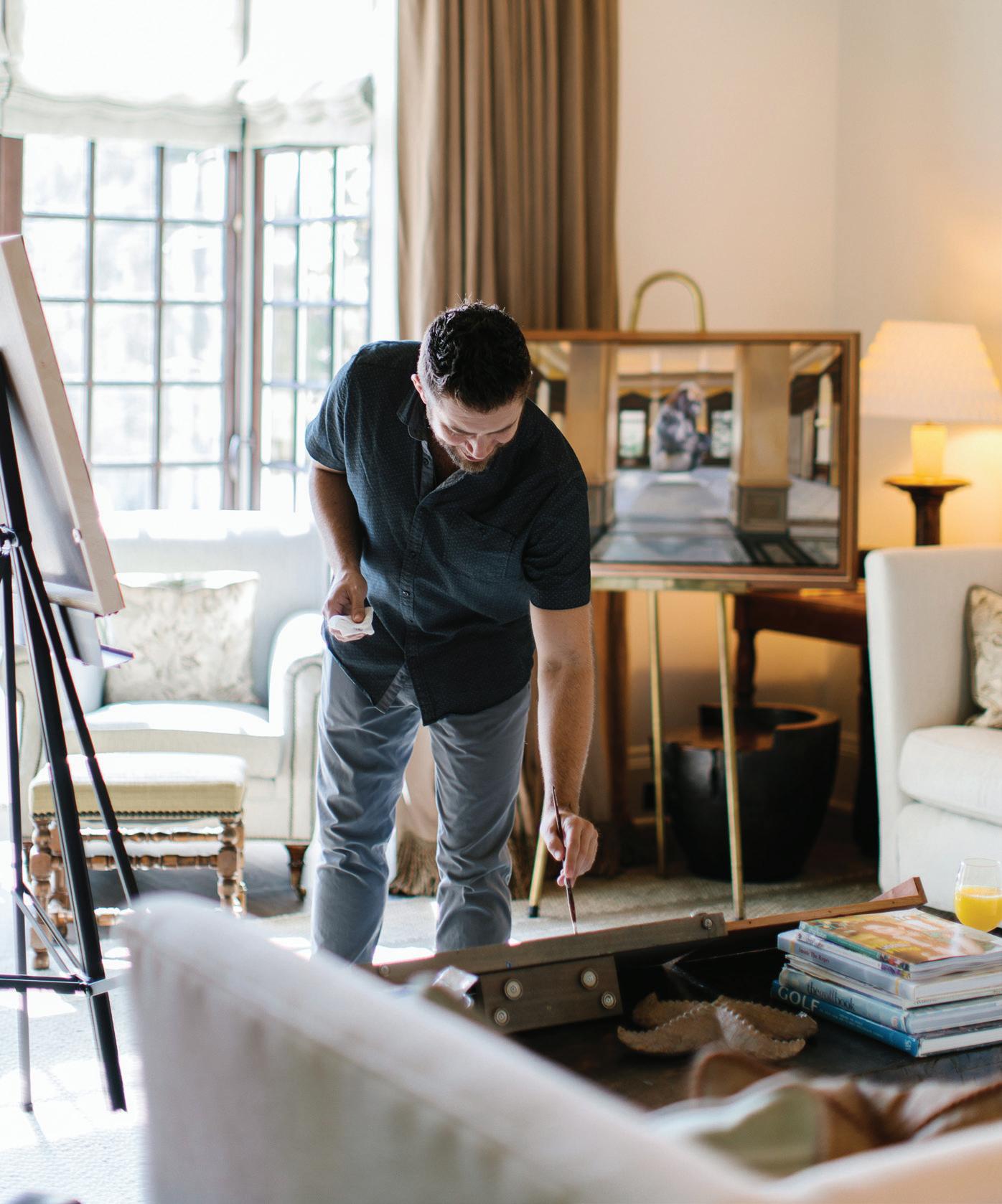

people who share our commitment to making art for the right reasons,” adds Lange. He and Megan also curate the gallery at The Vendue hotel, along with art director Emily Rigsby.


Their Queen Street gallery is a six thousand squarefoot ode to the imagination, complete with a piano anyone is welcome to play, an indoor swing for swinging, and an interactive rock-stacking table. “We are SO open,” the door sign announces, and inside there’s zero sales pressure or pretension. Art, á la Robert Lange Studios, should be accessible, engaging, joyful. “Life is weird enough out there right now. It’s nice to experience something that offers some levity, to see something that feels positive and playful,” says Lange.
Which brings us back to Lange’s otter-in-a-bowl painting. He worked on it his first full day of the residency in the Sasanqua Spa—fueled by mimosas, chocolate croissants, and engaging conversation from onlookers—and then in his cottage. “The people were so interesting and interested. The experience over all was just wonderful,” he says.
“What should we title it?” Lange asked club members who’d drop by to gauge his progress. Plenty of suggestions were tossed around, but the final title ended up being one Lange thought of early on: The Kiowotter. As he learned years ago, sometimes you just have to trust your instincts. — S.H.
LEGENDS MAGAZINE 2018 NO 31 79
THE KIDS OF SUMMER
PHOTOS by HAILEY WIST
Age Seven

WHAT’S YOUR FAVORITE ANIMAL? A leopard
WHAT’S YOUR FAVORITE THING TO DO ON THE ISLAND : Swimming in the pool
WHAT DO YOU WANT TO BE WHEN YOU GROW UP? A soccer player
henry
m.e.
Age Five

WHAT’S YOUR FAVORITE ANIMAL? A tiger
WHAT’S YOUR FAVORITE THING TO DO ON THE ISLAND? Go to the treehouse park
WHAT DO YOU WANT TO BE WHEN YOU GROW UP? A doctor
82 LEGENDS MAGAZINE 2018 NO 31
greyson

Age Five
WHAT’S YOUR FAVORITE ANIMAL? A lion and a king cobra
WHAT’S YOUR FAVORITE THING TO DO ON THE ISLAND? Play on the playground and in my playroom
WHAT DO YOU WANT TO BE WHEN YOU GROW UP? A police officer
LEGENDS MAGAZINE 2018 NO 31 83
taylor
Age Seven
WHAT’S YOUR FAVORITE ANIMAL? Toucan
WHAT’S YOUR FAVORITE THING TO DO ON THE ISLAND? Go to the Beach Club and swim in the ocean
WHAT DO YOU WANT TO BE WHEN YOU GROW UP? A teacher

84 LEGENDS MAGAZINE 2018 NO 31
Age Five

WHAT’S YOUR FAVORITE THING TO DO ON THE ISLAND? Swim in the pool
WHAT DO YOU WANT TO BE WHEN YOU GROW UP? A soccer player
LEGENDS MAGAZINE 2018 NO 31 85
mac
Age Eight

WHAT’S YOUR FAVORITE THING TO DO ON THE ISLAND? Swim in the pool
WHAT’S YOUR FAVORITE SUBJECT IN SCHOOL? Art. I like making pottery.
86 LEGENDS MAGAZINE 2018 NO 31
grace
Age Seven

WHAT’S YOUR FAVORITE ANIMAL? A bat
WHAT’S YOUR FAVORITE THING TO DO ON THE ISLAND? The contests at the Beach Club
WHAT DO YOU WANT TO BE WHEN YOU GROW UP? SWAT team officer
LEGENDS MAGAZINE 2018 NO 31 87
gus
weston
Age Seven

WHAT’S YOUR FAVORITE THING TO DO ON THE ISLAND? Play soccer
WHAT’S YOUR FAVORITE ANIMAL? A snake
WHAT DO YOU WANT TO BE WHEN YOU GROW UP? A snake hunter
88 LEGENDS MAGAZINE 2018 NO 31
grace
Age Six

WHAT’S YOUR FAVORITE ANIMAL? All animals
WHAT’S YOUR FAVORITE THING TO DO ON THE ISLAND? Swim in the pool
LEGENDS MAGAZINE 2018 NO 31 89
bryce
Age Six
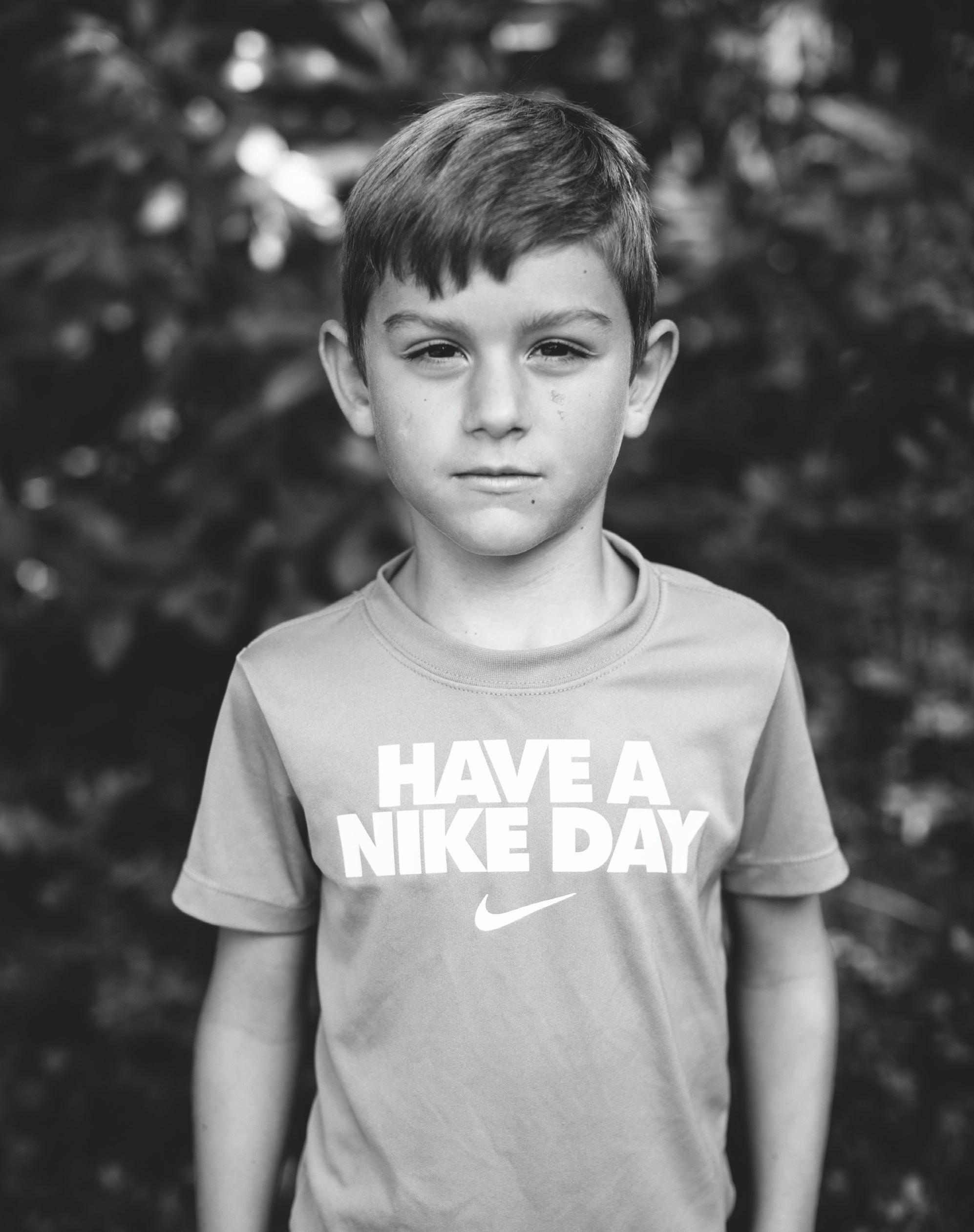
WHAT’S YOUR FAVORITE ANIMAL? A frog
WHAT’S YOUR FAVORITE THING TO DO ON THE ISLAND? Go on bike rides
WHAT DO YOU WANT TO BE WHEN YOU GROW UP? A policeman
90 LEGENDS MAGAZINE 2018 NO 31
juliette
Age Four

WHAT’S YOUR FAVORITE ANIMAL? Horses
WHAT’S YOUR FAVORITE THING TO DO ON THE ISLAND? Swim in the pool
WHAT DO YOU WANT TO BE WHEN YOU GROW UP? A farmer vet
LEGENDS MAGAZINE 2018 NO 31 91

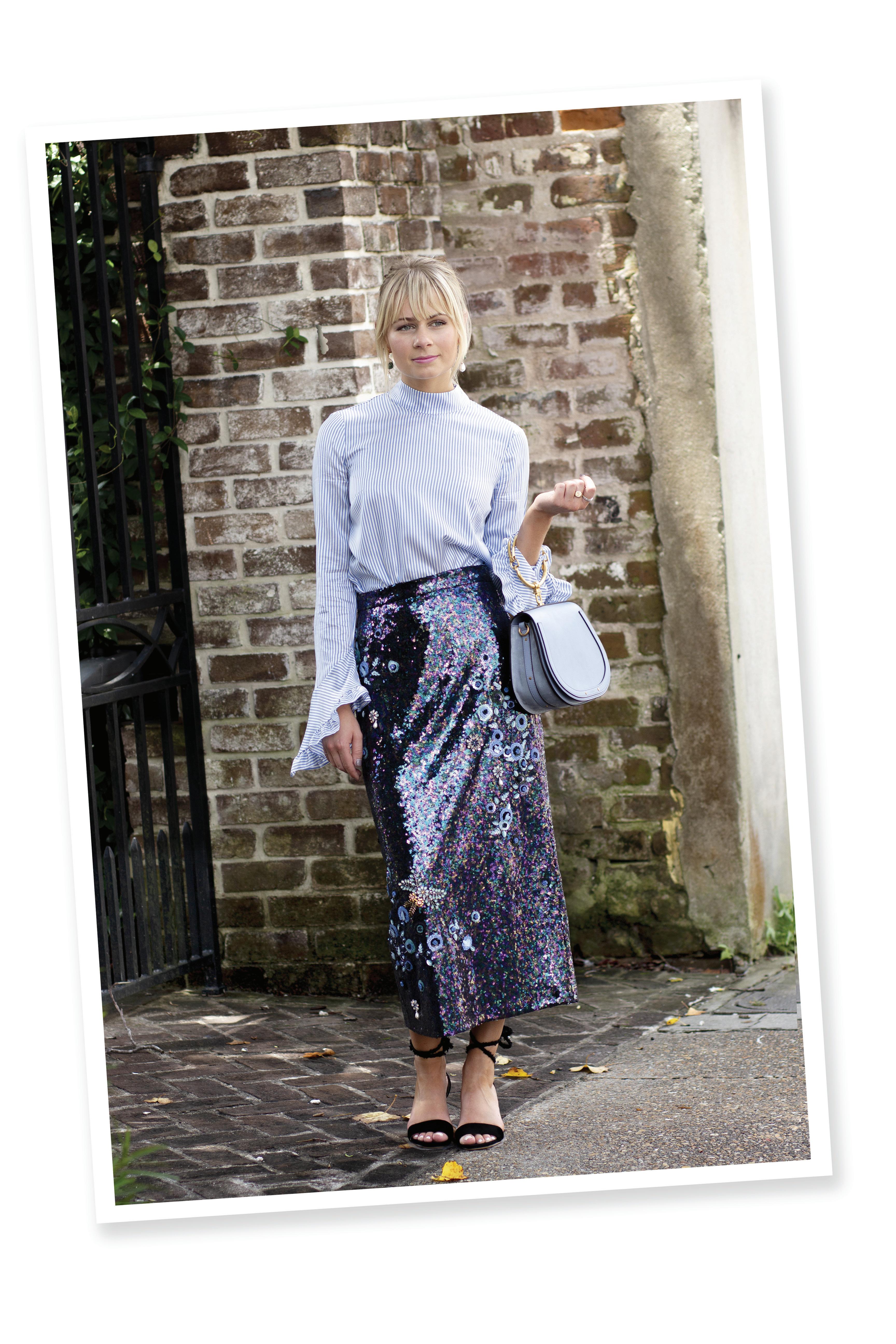


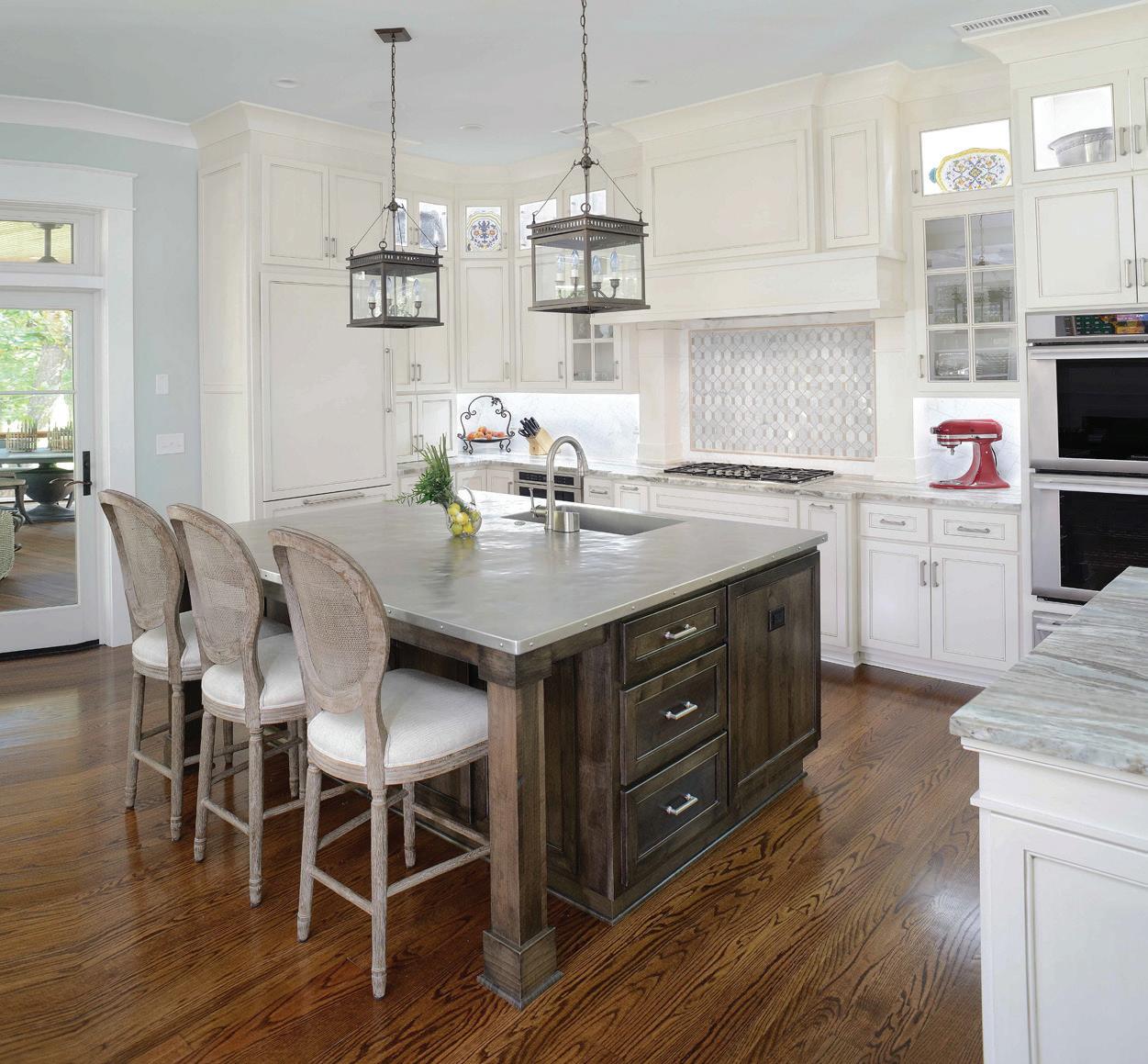
 Custom
Custom
residential home builder on Kiawah and Seabrook specializing in custom homes and renovations. CRAFTSMANSHIP. CHARACTER. COMMITMENT.


Let us help you Live We 843.722.2640 | INFO@MDICHARLESTON.COM | MARGARETDONALDSONINTERIORS.COM

SUMMER AT THE OLD INN
PHOTOS COURTESY OF KIAWAH ISLAND
GOLF RESORT AND THE GREENFIELD FAMILY.
IMAGES RANGE FROM THE LATE 70’S TO THE LATE 80’S


98 LEGENDS MAGAZINE 2018 NO 31
Twins Emily and Jessica Greenfield with Megan Williams, 1990
There was hardly anything to Kiawah Island back then. I had come down with a group for spring break to stay at Jerry’s family’s place on Oyster Rake. I didn’t really know him well. It was just a random group of people—three guys and four girls. We weren’t dating at the time. We would go to the end of the boardwalk and sit up on this one fence and talk for hours. He kissed me for the first time there. It’s always been our place. By the end of that trip, we were dating and that was that. I fell in love with the Island, and I fell in love with him. We’ve come back every single summer.
Later, when we were vacationing with other families, we’d bring all the kids to the pool and set up there for the afternoon. They had an adult pool and a kids pool, and above that they had this little hut, the Sundowner, where you could order drinks. We would have margaritas and the kids would match us with virgin strawberry daiquiris. Some guy would be playing Jimmy Buffett or James Taylor, and it was just charming and easy. We lived for those two weeks. Jerry would always bring a suit with him, in case there was an interview for a job down there. He’d pack that stupid suit every single time. And I would always cry when we had to leave.
KIM WILLIAMS
We began vacationing on Kiawah in the early ’80s with our two little boys, renting a wonderful Beach Townhouse close to the Inn. The Jasmine Porch restaurant in the Inn was a frequent and much enjoyed destination for their wonderful breakfast buffet. Our favorite server, Isaiah, was the very essence of grace, charm, and Kiawah hospitality, making us all (especially the boys) feel like honored guests in his home. When the boys said they didn’t want grits, Isaiah said, You’ll love my grits! And brought them each a delicious bowl of stone-ground grits topped with bacon and cheddar cheese. It’s now a family favorite. That spirit is still evident here, with many longtime Kiawah employees still working on the Island.
- HELEN PATCH
LEGENDS MAGAZINE 2018 NO 31 99
-
By the end of that trip, we were dating and that was that. I fell in love with the Island, and I fell in love with him.
We were coming up from Florida and stopping at various places on our way back to D.C. I remember the Inn was very quaint—elegant in the Southern vernacular. You know, it was not overly fancy, more informal and comfortable.
One night my wife went to bed, and I went down to the bar to have a drink. I ended up sitting next to some fellow who had a cast, I believe, on his foot. We drank and chatted and so on. As people came into the bar, I got the sense they were starting to whisper and look at this fella I was talking to. I finally said, People seem to know you down here—who are you? He mentioned his name, but it didn’t mean anything to me. I asked him to tell me what songs he sang. He went through about three or four, and after each one I’d say, Nah, never heard of that. Finally he mentioned “Cheeseburger in Paradise.” I said, Oh, yeah, I’ve heard that one. He was fine with the fact that I didn’t know who he was, and we just continued to chat and drink.
- PETER LYONS
Yeah, the Topsider. It was darker, quaint, and very old school. Everyone was so friendly, and there were always the same employees there. You walked in and it was the same people every time. I was twenty-one and there were a lot of people my age. We were probably the rowdy ones who showed up.They’d always have music. At night, you went there or to the Privateer on Bohicket. Or you went to town. But my parents always had the rule that if we went to town, we had to stay in town.
Back then the property owners pool had a really high diving board, so we’d leave the Topsider and jump the fence and jump off the diving board at night. We were run out of there many nights by Kiawah security. Unfortunately, some of them knew us by name!
- JAMIE HERBERT
100 LEGENDS MAGAZINE 2018 NO 31
Finally he mentioned “Cheeseburger in Paradise.” I said, Oh, yeah, I’ve heard that one.
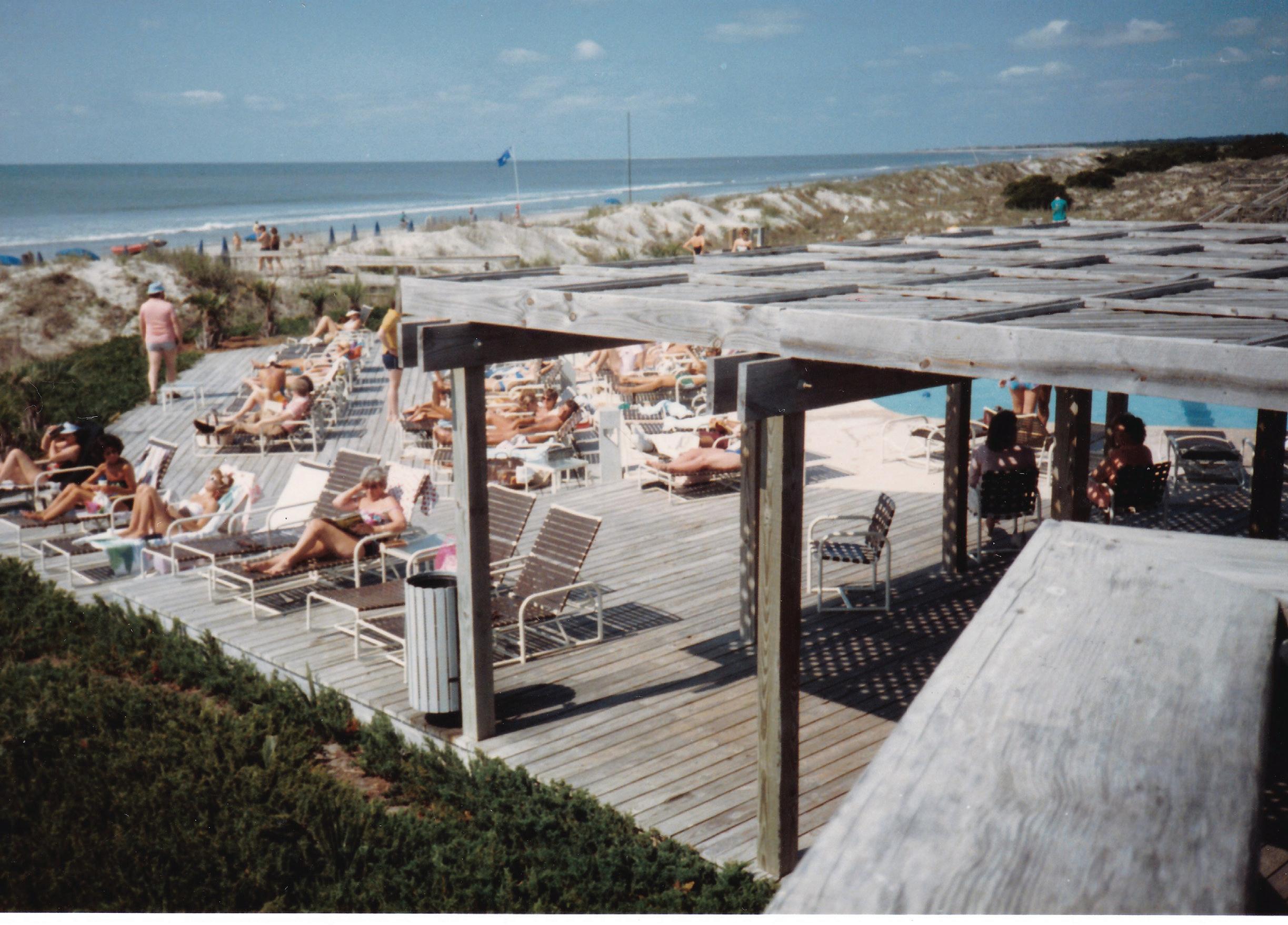
LEGENDS MAGAZINE 2018 NO 31 101
The first time we visited was our first wedding anniversary. Back in the day, you weren’t really supposed to be at the Inn unless you were staying there, so we would sneak in. I have the cutest picture of my twins smelling these hot pink flowers at the pool. We always took a babysitter. All day long we would play with the kids and sometimes the babysitter would stay home with them in the afternoon and we would go back to the pool. It was such a great place to sit. We’d drink margaritas and just have a ball.

One year we there were nine kids between the three couples. We left them playing with the babysitter on the beach and went down to the Inn to have cocktails. While we were gone, the kids filled up water balloons and buried them in a giant trench in the sand. It must have taken them hours. They were acting really funny, all gathered around and not looking at us and giggling. It was so cute. When we got about twenty feet away, they started pummelling us with these water balloons. I will never forget that. It was just adorable. And then, of course, we had to stay and pick up all the little pieces of balloon!
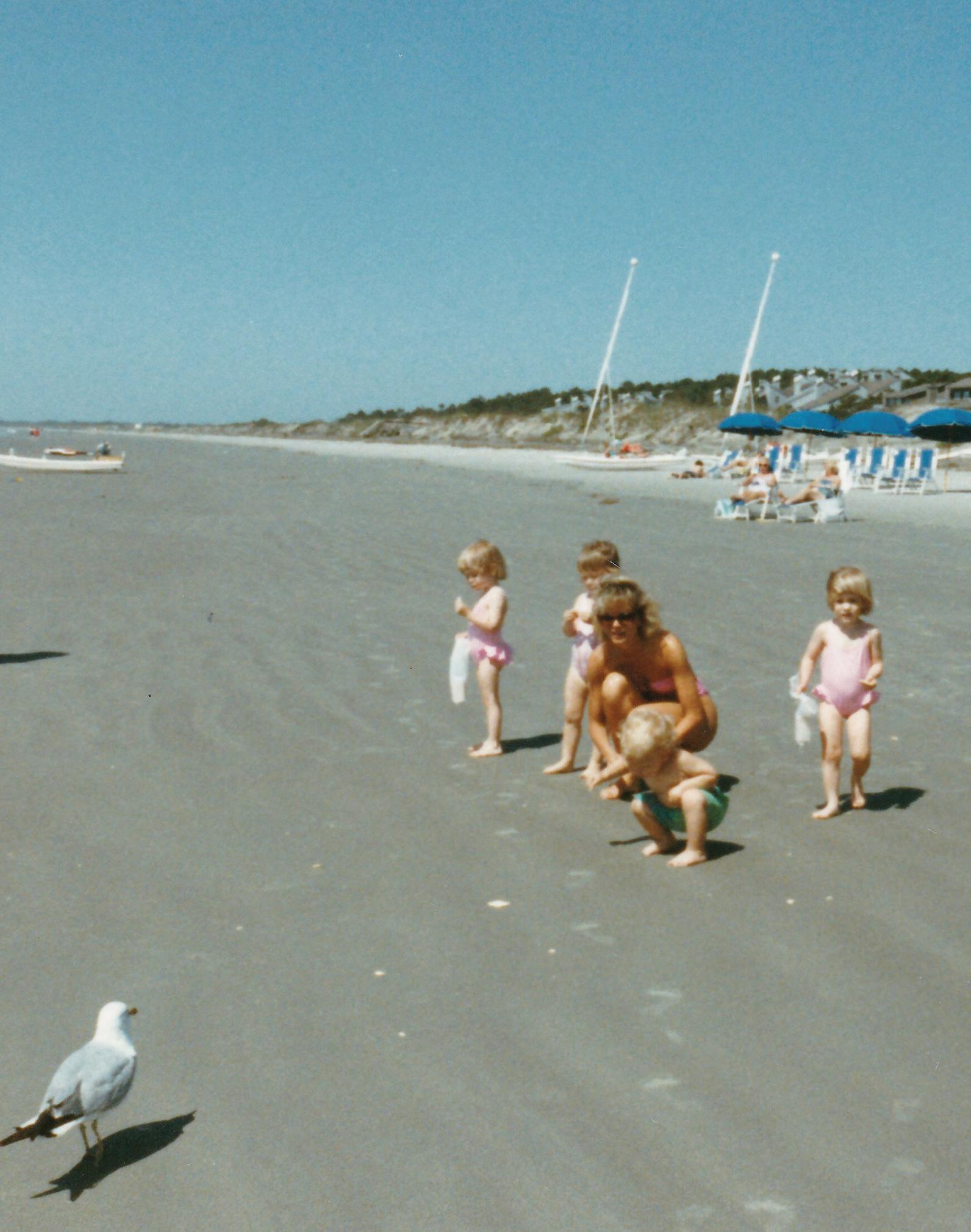 - KRISTA GREENFIELD
- KRISTA GREENFIELD
102 LEGENDS MAGAZINE 2018 NO 31
Sometimes the babysitter would stay home with them in the afternoon and we would go back to the pool!


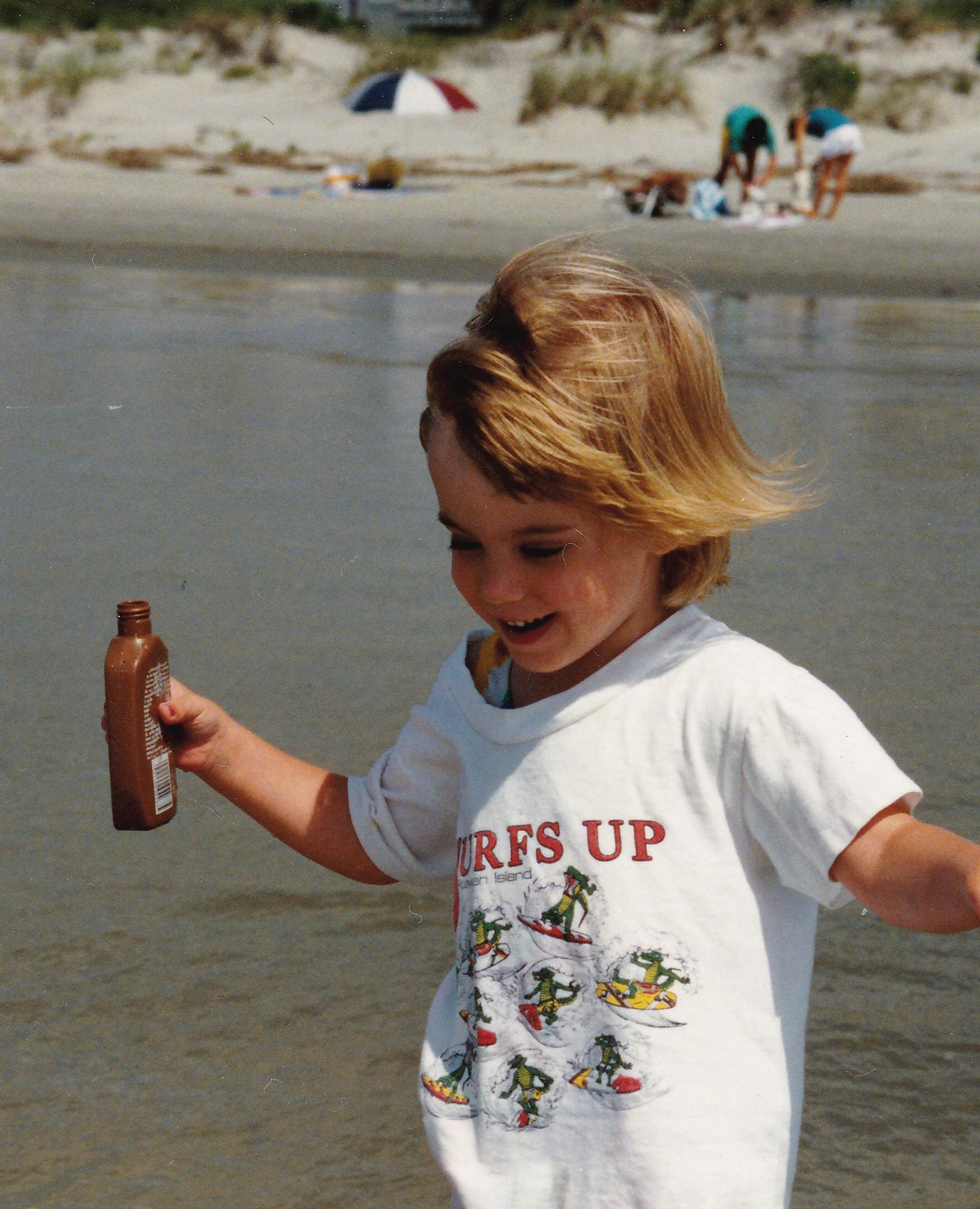

ISLAND HOP
EAT, DRINK, PLAY | FORTY-EIGHT HOURS IN THE LOWCOUNTRY

9:00
am | Depart from Teterboro
DON’T FORGET: SUNGLASSES, A GOOD BOOK RY
Time for take off! If you’re a Kiawah Island Club member, you have preferred access to the NetJets fleet and flights from the Teterboro Airport to Charleston Executive Airport are under two hours. Drive to the tarmac and board in minutes. During the quick flight take a snooze, watch a movie, or take advantage of in-flight Wi-Fi to finish any last-minute work. NetJets also gives you the option to bring your pet!
10:30
am | Arrive to Johns Island
You’ve arrived at Charleston Executive Airport on Johns Island, only twenty minutes from the main gates of Kiawah Island. Rent a car right at the airport or arrange transportation through NetJets or the Kiawah Island Club. As you drive south on River Road, notice the stunning alley of live oaks!


106 LEGENDS MAGAZINE 2018 NO 31
11:30 am
| Bike to the Clubhouse
DON’T FORGET: BATHING SUIT
Call ahead and have bikes delivered to your accommodation. Rent on the Island at Night Heron Park or from Alligator Bikes on Johns Island. Kiawah Island boasts an endless network of bike trails and one of the best hard-packed sand beaches in the state. There’s nothing like biking on the beach. Get a little wind in your hair and shake off the week!

If you feel like a swim and the weather is fair, Marsh House is the ideal first stop. Take a dip in the pool and then enjoy light fare from the grill. Remember, Marsh House is closed from December to March.
If you’re closer to the River Course, bike over for lunch at The River Room. Executive Chef Paul Tinsley makes a mean flounder sandwich. On a nice day, there’s nothing better than lunching on the deep porch of the Clubhouse, overlooking the 18th green and the Kiawah River.
 P hotos by Patrick O’Brien
P hotos by Patrick O’Brien
2:00 pm | Tee Time
DON’T FORGET: A BOTTLE OF WATER RY
Play a round of world-class golf. The Tom Watson, linksinspired course at Cassique offers 6,960 yards of astounding views of the Kiawah River and the Atlantic Ocean. The River Course, in contrast, meanders through the maritime forest and along an expanse of marsh. Perhaps a bit less forgiving for the higher handicapped player, the 7,039 yards of he River Course plays fast and competitive. Remember to look out for Big Al— the course’s resident alligator—on holes five and six!

The Island also boasts five additional public courses if you are looking for a new challenge, including The Ocean Course, the PGA’s pick for the 2021 Championship.
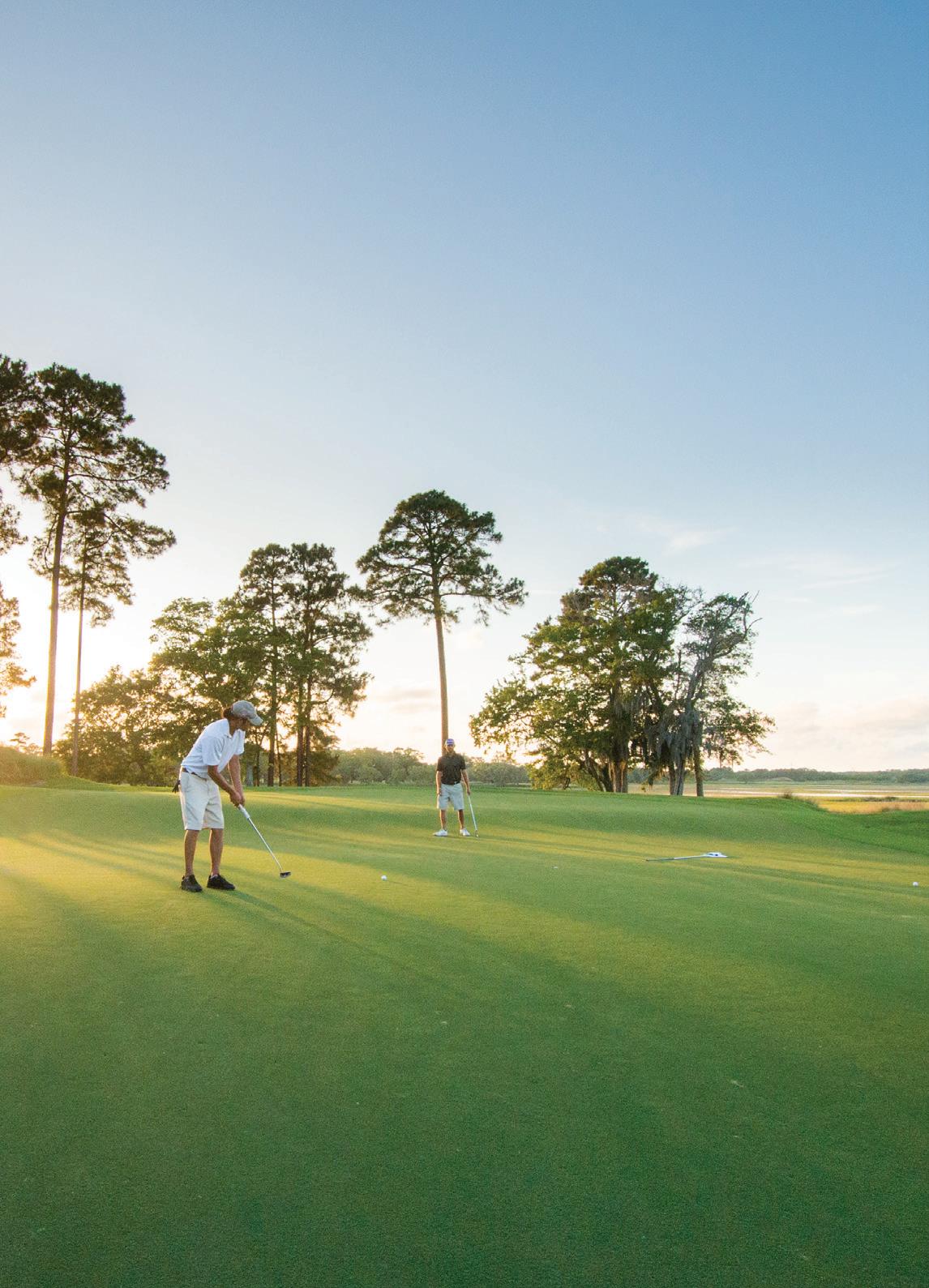
Not a golfer? Grab a partner for a tennis match at the Sports Pavilion or the River Course Clubhouse. Both boast classic clay courts and a nearby snack bar for when hunger strikes mid-match!

108 LEGENDS MAGAZINE 2018 NO 31
P hotos by Patrick O’Brien
7:30 pm | Dinner at Voyseys
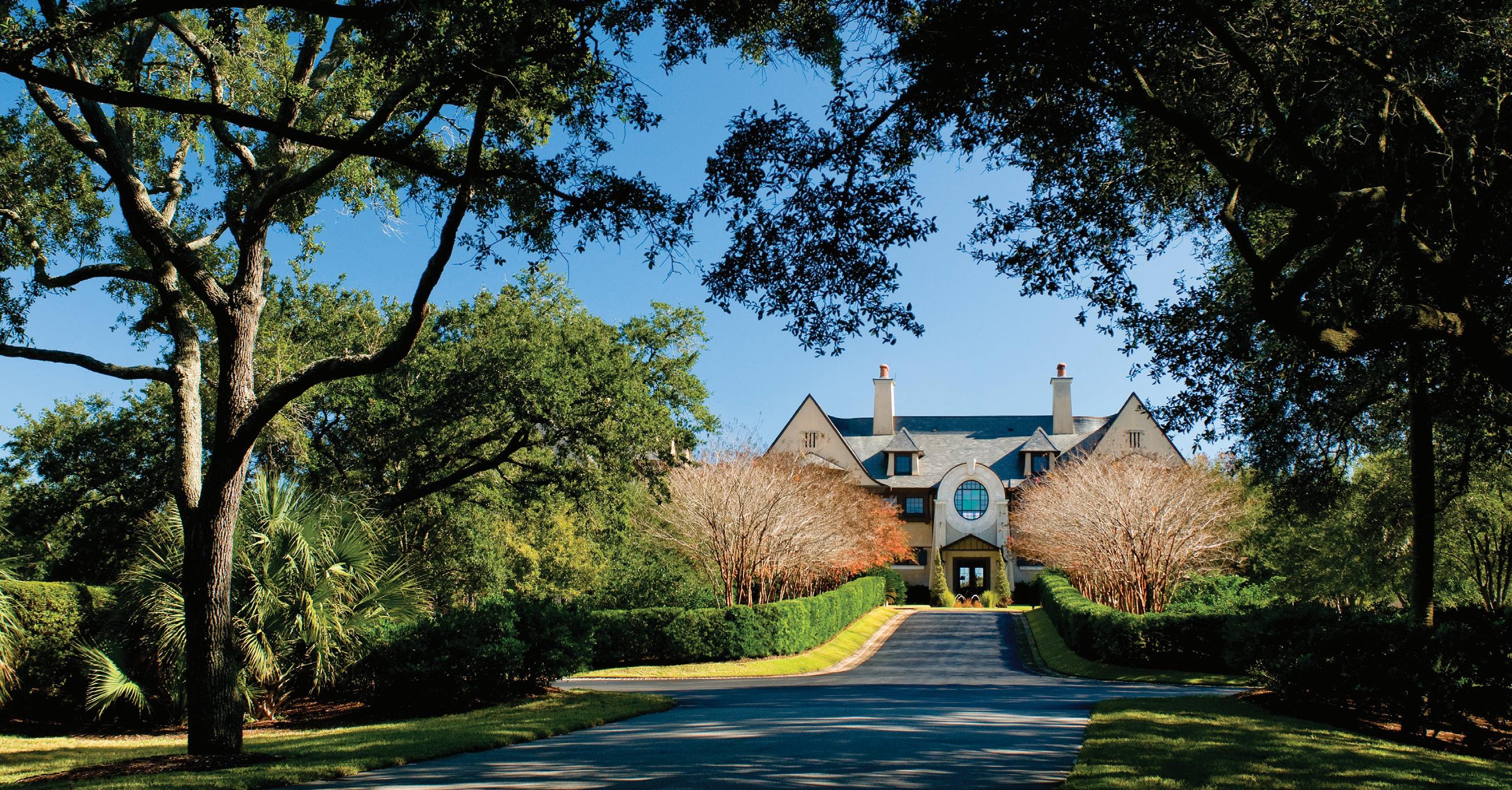
DON’T FORGET: A SPORT COAT, YOUR APPETITE! RY
Voysey’s is the brainchild of James Beard Award winner and Top Chef head judge Tom Colicchio and local virtuoso Doug Blair. The family-style menu is truly a farm-to-table experience. Blair takes great care sourcing fare from local farms and fisheries. The jumbo lump crab cakes are a must! Situated on the top floor of the Cassique Clubhouse, with views of the course and the marsh beyond, Voysey’s is truly an exquisite dining experience. Reservations are available Wednesday through Monday.
If you’d like something a bit more casual, small plates and craft cocktails are available downstairs at Tom’s. Catch a game on TV or sit outside on the patio. Warm up by the fire pits in colder weather, and enjoy lawn games on the green on a nice night. Play a round of bocce or cornhole before dinner!
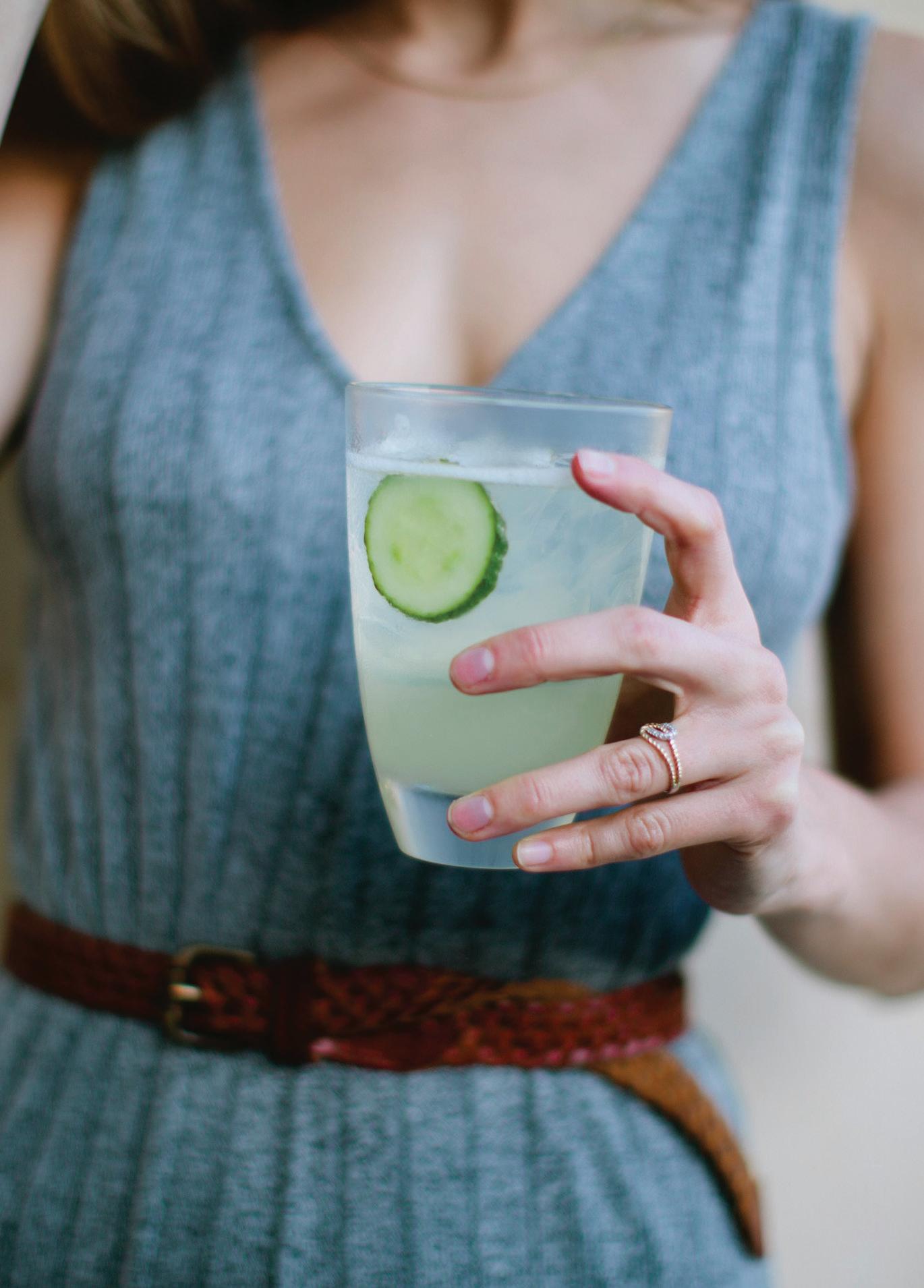 P hoto by Patrick O’Brien
P hoto by Patrick O’Brien
9:00 am | Kayak the Kiawah River
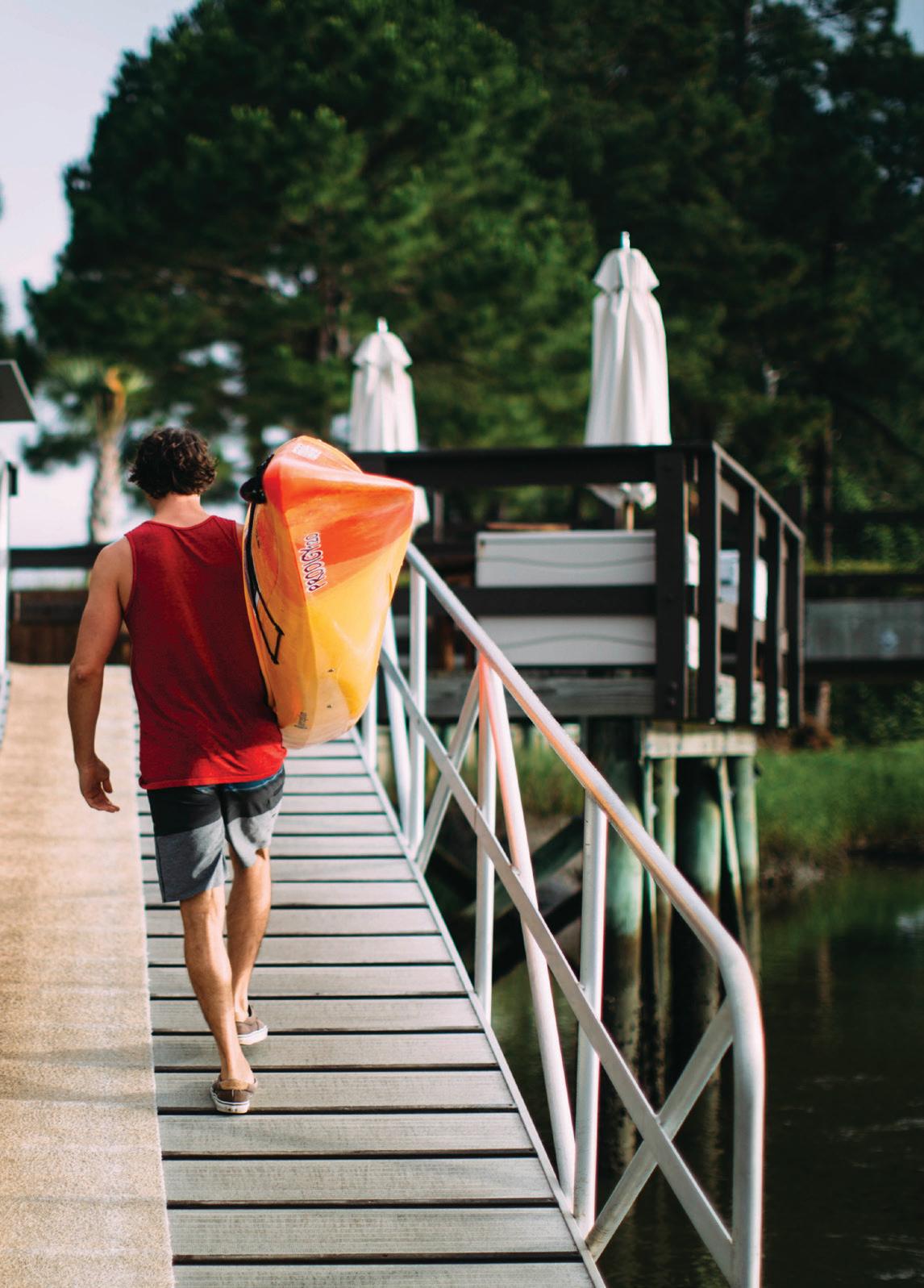
DON’T FORGET: SNACKS, SUNSCREEN RY
Call ahead to the Sports Pavilion to rent a kayak. The Cassique Boathouse is down Lemoyne Lane from the Clubhouse and is situated in a tidal creek that wraps around the 17th green. If the tide is high, turn north from the put-in and paddle under the bridge towards Eagle Island. Meander around the marshy hummocks, where you might spot a white heron or bald eagle.
If the tide is going out, turn south and paddle towards the Kiawah River. From this vantage you’ll see wild dunes, marshland, and the Atlantic Ocean beyond. Once you reach the main channel, look out for dolphins. They are notoriously friendly and sociable and sometimes strand feed on the banks of the Kiawah River!
 P hoto by Patrick O’Brien
P hoto by Patrick O’Brien
2:00 pm | Boat Cruise to Charleston
DON’T FORGET: HAT, SUNGLASSES
The Kiawah Island Club offers private charters to downtown Charleston. Sip rosé as you meander northeast from the Kiawah River, into the Stono River, up Wappoo Creek, and finally into the Ashley River, where you can cruise the Charleston Battery.



Captain Elliot Hillock is a knowledgeable guide—don’t miss Bird Key and keep an eye out for the Kiawah River dolphin pod!
3:30 pm | White Point Gardens
Disembark at Charleston Harbor and take a rickshaw south toward the Battery to the tip of the Charleston Peninsula. Disembark at the west end of White Point Garden, a public park laid out in the 1830s atop earlier fortifications and reclaimed land. There are several monuments and a cannon in the park commemorating past wars. Massive live oaks create a dense canopy over its lawns and pathways.
Walk east through the park to the seawall and look back for a spectacular view of the antebellum mansions. Looking out into the harbor, you’ll see Fort Sumter in the distance, and the Sea Islands encircling the Charleston Harbor. The current seawall dates from 1818 and keeps the Cooper River out of this reclaimed part of the city.
LEGENDS MAGAZINE 2018 NO 31 111
4:00 pm
| Stroll South of Broad
DON’T FORGET: COMFORTABLE SHOES, CAMERA
Voted Best Small U.S. City by Condé Nast Traveler, Charleston is postcard perfect. Cobblestone alleyways, elegant mansions, and the deep, breezy verandahs of a bygone era—the streets South of Broad are rich with history and color.

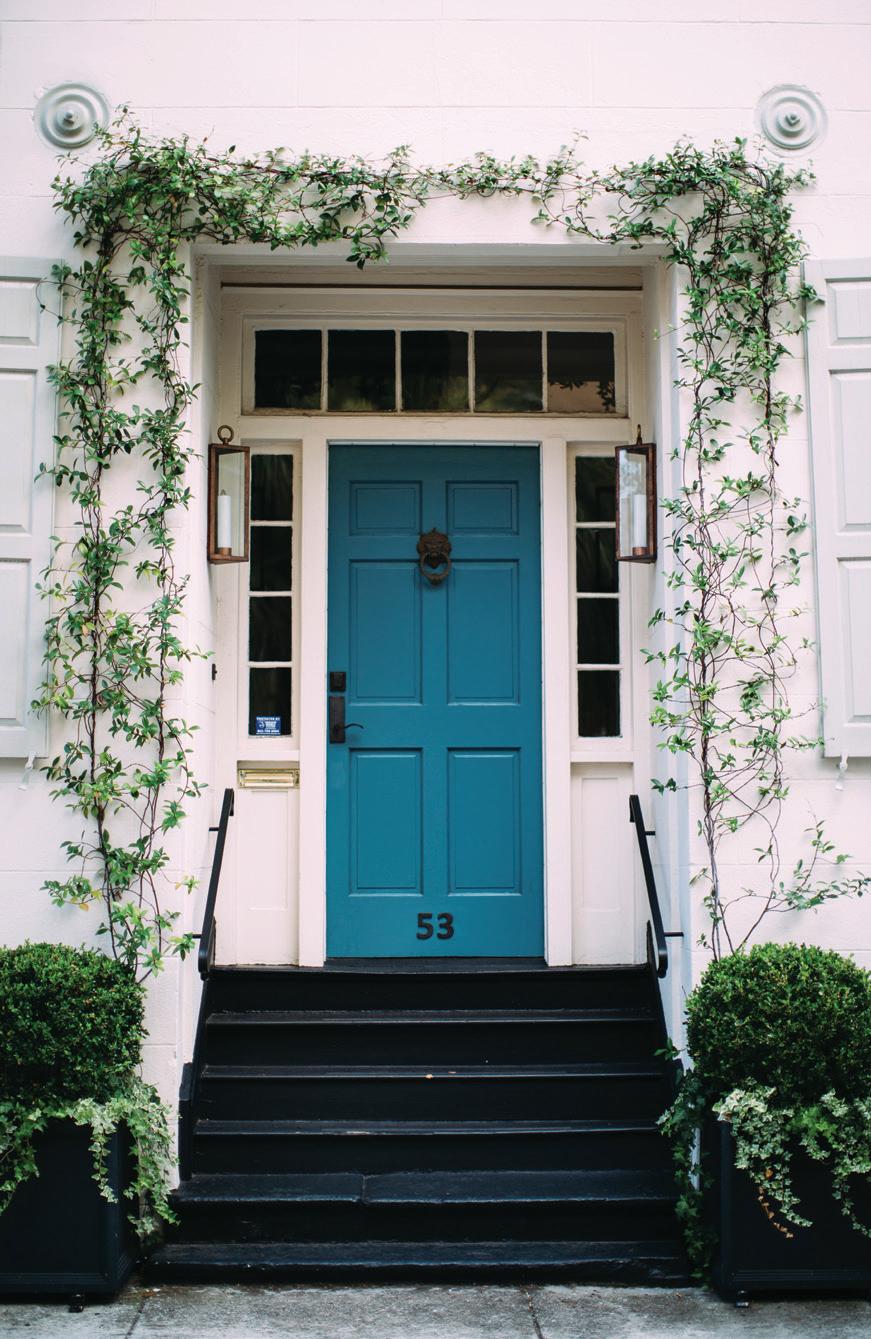
Walk north on Meeting Street. Pay special attention to 17 Meeting Street. The antebellum mansion features cypress siding that was hand carved to look like rusticated stone. Across the street is Calhoun Mansion, the largest residence in town at 24,000 square feet.
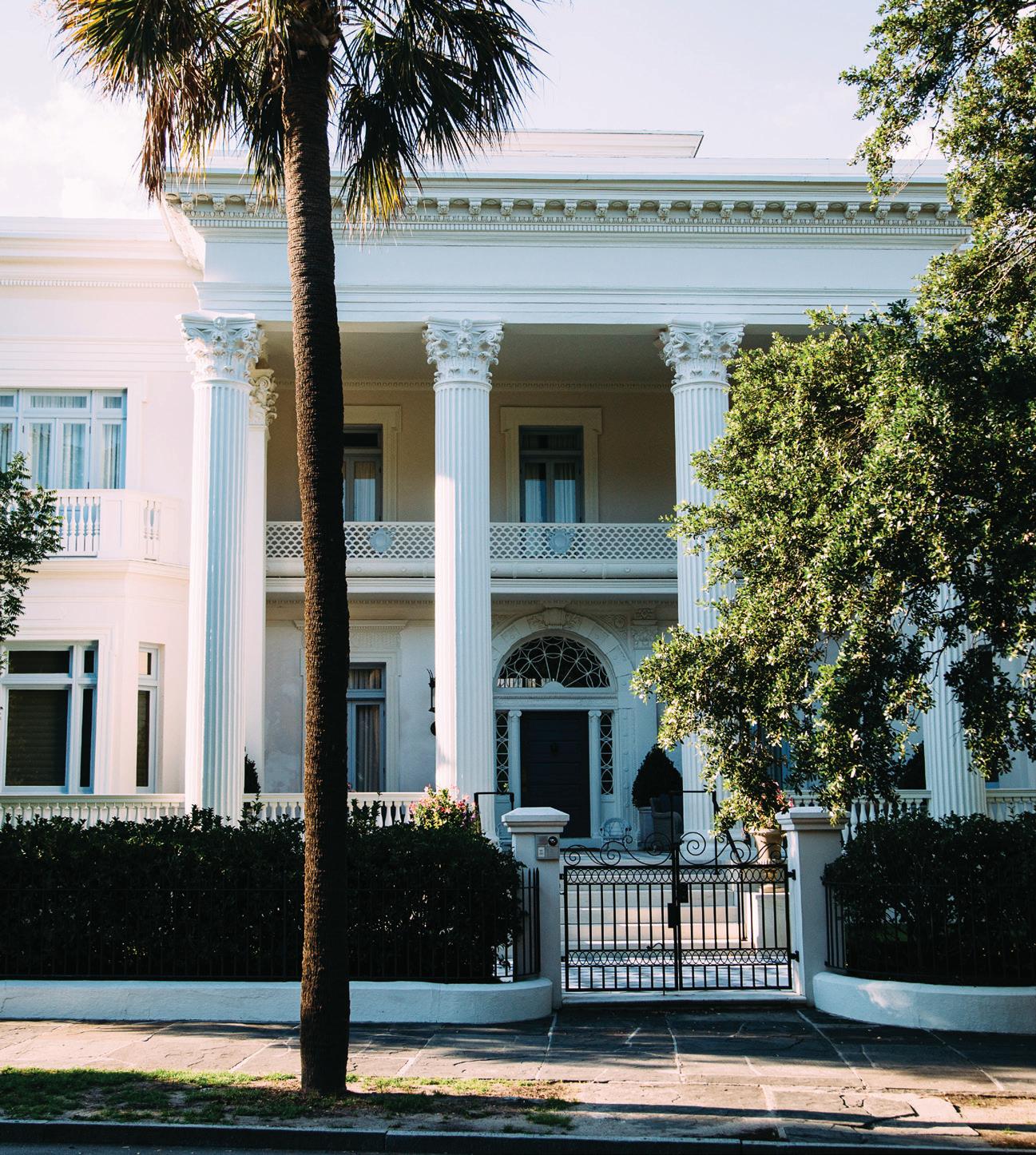
Next notable stop: 34 Meeting Street. This was the home of Lord William Campbell, the last British Governor of South Carolina. In the months leading up to the Revolutionary War, Lord Campbell grew so fearful of changing public opinion and angry patriots that he fled the city in a row boat.
Continue north and turn right on Water Street. This charming lane marks the southern boundary wall of colonial Charleston and was once a shallow tidal creek where residents kept personal boats and from which the aforementioned Lord escaped by cover of night.
112 LEGENDS MAGAZINE 2018 NO 31
5:30 pm | Walk to Ansonborough
Turn left off of Water Street and onto Church Street and continue the walk north. Between Longitude Lane and Tradd Street, pause at Catfish Row, the famous setting in Porgy and Bess. Continue down Church Street and turn left on Chalmers. The stones that pave this time-worn street were the ballast of sailing ships from England! Pop into the Circular Congregational Churchyard, which has a headstone from 1695, the oldest in town. If you’re thirsty, take a quick detour down Queen Street to the Bar at Husk for a cocktail.
7:00 pm | Dinner in Charleston
Continue north and cross over Market Street, the east end of which was built on a filled-in creek in 1807, so be wary of high-tide rain storms! This section of the city was originally a public market and still acts as a bustling center of commerce for visitors to Charleston.
There is no shortage of amazing restaurants in Charleston. Take a short walk to FIG, or hop in a rickshaw and head north to The Ordinary, James Beard Award winning chef Mike Lata’s newest restaurant. The oyster sliders are a must! Shuttles back to the Island can be arranged through the Club!
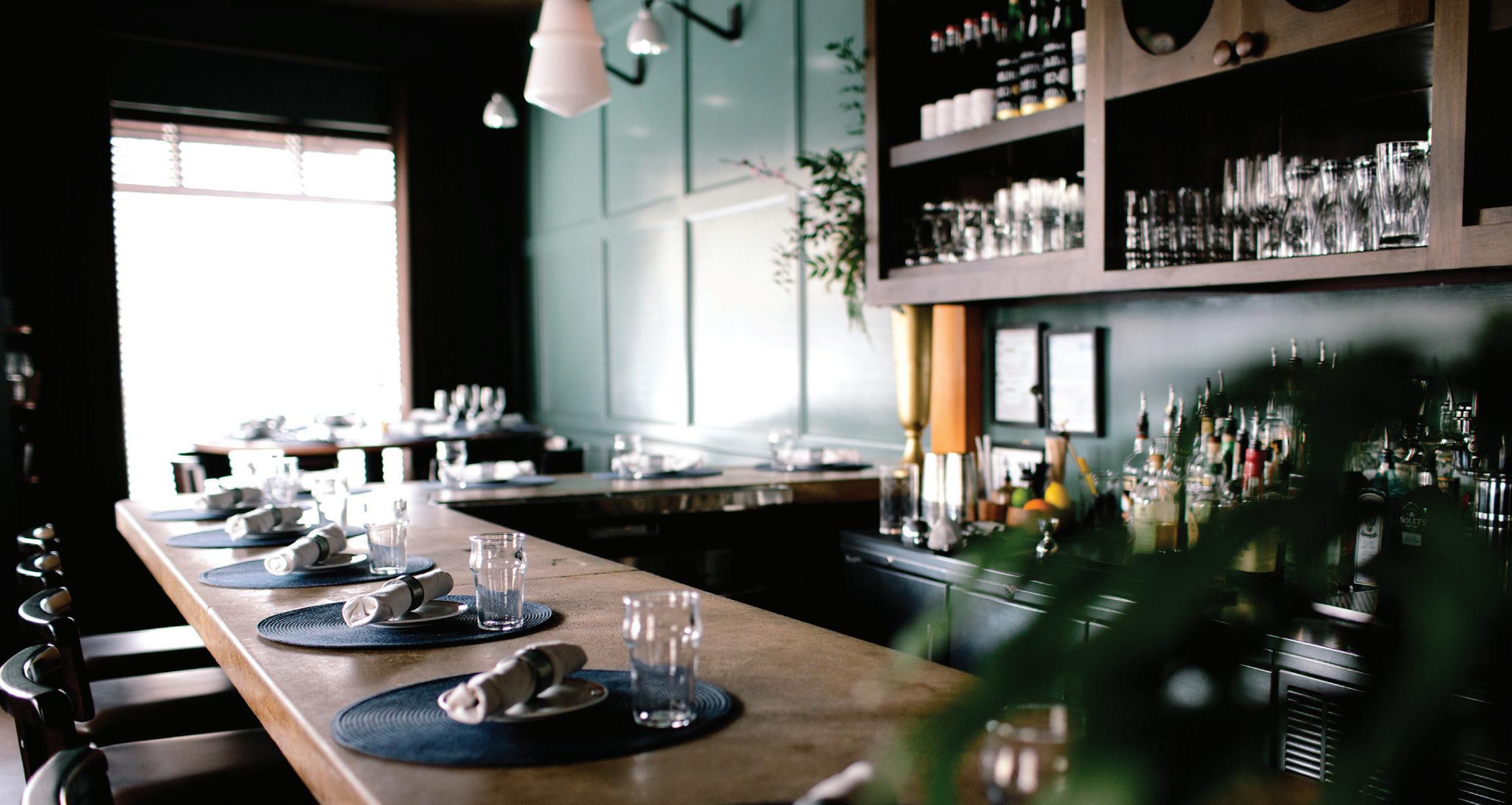
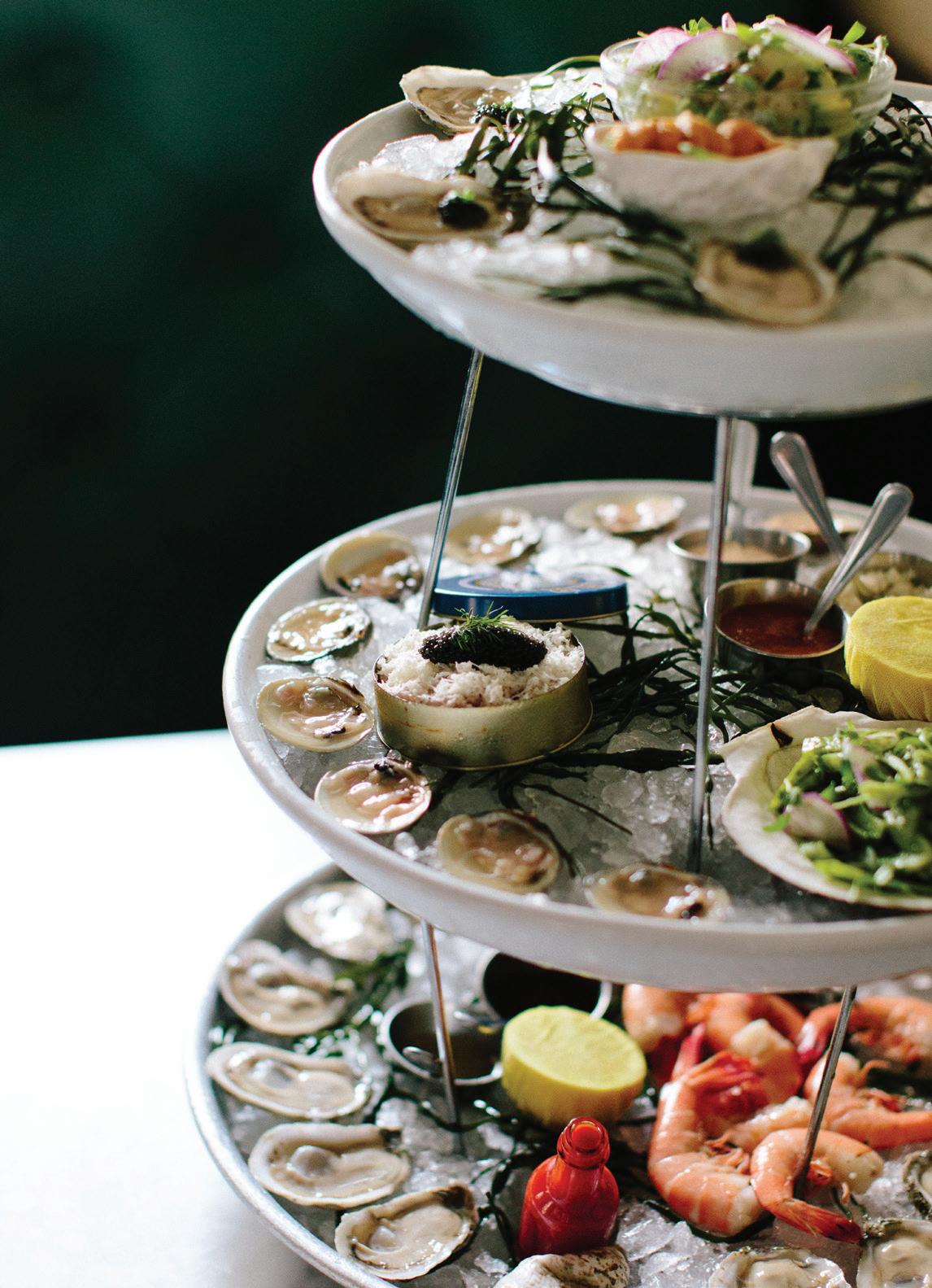 P hotos by Olivia Rae James
P hotos by Olivia Rae James

SEA ISLAND MYSTIC
 ESSAY by SETH AMOS PHOTOS by JULIA CART
ESSAY by SETH AMOS PHOTOS by JULIA CART
The Lowcountry nurtures a bounty of undeniable beauty, but the marrow of her mystique is more personal. It is a quiet thing. It lays in wait. Part of her paradox, though, is that to understand it, one must embrace her core, albeit unwritten, principle: slow down. This might inspire popular images of seersucker suits, rocking chairs on wraparound porches, and sweating copper mugs of mint juleps, but that is merely a drop in her pond. She is not concerned with the surface of things. The greatest part of her mystery can only be found by easing the pace. And when we do this, she invites us in.
Sitting here now I take her advice. I lean back in my chair and put my pen down and close my eyes. I am eight years old in the back of my parents’ Oldsmobile Silhouette. We are driving to my grandmother’s house. The ebbing tide has uncovered a new odor for me. It is earthy, savory. It smells of Brussels sprouts and brine. While the scent of pluff mud is off-putting to some, over the years I have come to relish it. It reminds me of herons in the shallows and a periwinkle sky laced with wisps of peach clouds, of throwing stones into a current, of the meeting of sawgrass and breeze. There’s something about a place where even the mud sticks in your memory. Not only its aroma, but its richness, its density. Pausing at the edge of another memory, I am standing on a crude boardwalk in near dark, watching fiddler crabs scurry over the bubbling breathing holes in the black mixture of earth and water. The sticky summer air relenting a bit in the young night, but still I feel its presence. As DuBose Heyward put it in his poem “Dusk”:
And while the constellations gem the silence High overhead, her cheek is on my cheek.



116 LEGENDS MAGAZINE 2018 NO 31

LEGENDS MAGAZINE 2018 NO 31 117

The Lowcountry’s mystique does not live only in the past. She is more than memory. She has a history, yes, and to walk her streets is like walking through a history book with many unsettling pages. Parts of her seem motionless in time. But she is constantly writing, never revising. And for one who moved away, the old constants, met with new growth, further compound her charm.
One could write epistles on her trees alone: the Angel Oak and the alleys of Oaks, with the fur-like lichens hugging and hanging from branches. To stand among these is to join the long, painstaking quiet, the patience that has brought them to that very moment, seemingly frozen in time. The air may carry the scent of rain through beards of Spanish moss, but nothing is still. These trees have mastered subtlety, and it has made them regal. They go on, like the cities and towns that have grown up around them, writing, not revising.
A curious thing happens when people come to the Lowcountry, that unwritten principle to slow down seems to settle in their bones upon arrival. People want to participate in her way of life. They want to taste her food. They want to sit at her table and join her ritual. Food is inextricably linked to the Lowcountry, and the rest of the country has taken notice. But I am concerned with the ceremony. Here, sustenance is food’s secondary function. Yes, the food does famously, as my mom told me when I was a child, “stick to your ribs,” but that is only part of its purpose. It is the preparation. It is the conversation at the table. It is the duration of the meal. It is the gesture. It is, to borrow from the Greek, philia, which Aristotle summed up as “doing kindnesses; doing them unasked, and not proclaiming the fact when they are done.” In short, southern hospitality.
It is easy to be a romantic here, and people come to meet or reunite with that part of themselves, the general romantic, the one that lets the landscape, the cuisine, the pace, the unspoken rites sink in, that lets it all—if only briefly—be their own. Perhaps this is why she has attracted the attention of great novelists, poets, painters, and filmmakers. Perhaps it is the setting that inspires, not just the inspiration of what to write, but, more importantly, to sit down and then write.

LEGENDS MAGAZINE 2018 NO 31 119
And so she has made it to the page in many manners and media—her buildings, her landscape, her people. Even those, like myself, who have moved away still find themselves tethered to her. At times I feel that I left so I could continuously return, but that’s just the kind of sweet nothings she wants to hear. Other writers have said the same. “My hearthstone’s set in the red loam,” wrote Beatrice Ravenel. “My wound is geography. It is also my anchorage, my port of call,” wrote Pat Conroy. “Come quickly, have found heaven,” wrote the artist Alfred Hutty in a letter to his wife.
Ours is a mystical land. She is maker and keeper of memory for those of us fortunate enough to grow up among her quiet woods and swim in her rivers and streams. But she possesses more than an inherent awe of geography; hers is a charm renewed, compounded by simplicity and time. She is resilient. She weathers a checkered past. She does not discriminate. She plods on. She gives us her stories, her images, her traditions, and we make of them something personal to take with us or to keep here at home. As Heyward wraps up “Dusk:”
Hers are the eyes through which I look on life

And find it brave and splendid.

Julia Cart’s images and techniques are inspired by 19th and early 20th century photography. Using large format box cameras, Cart works exclusively in black-andwhite film, developing her own negatives and printing her work in limited editions with antique as well as contemporary processes.
This work began after I found an antique 8 x 10 box camera for sale in a shop on King Street. It was bought in Madagascar, and was in pristine condition. It has its original Zeiss lens and the camera dates to the late 1890s. Most of these prints are with platinum and palladium metals, the most archival or permanent of the printing processes. The image is embedded in the fibers of the paper, unlike a silver print that rests on the surface. The finished print expresses a unique depth and tactile quality—a mood of timeless beauty and reflection.

120 LEGENDS MAGAZINE 2018 NO 31
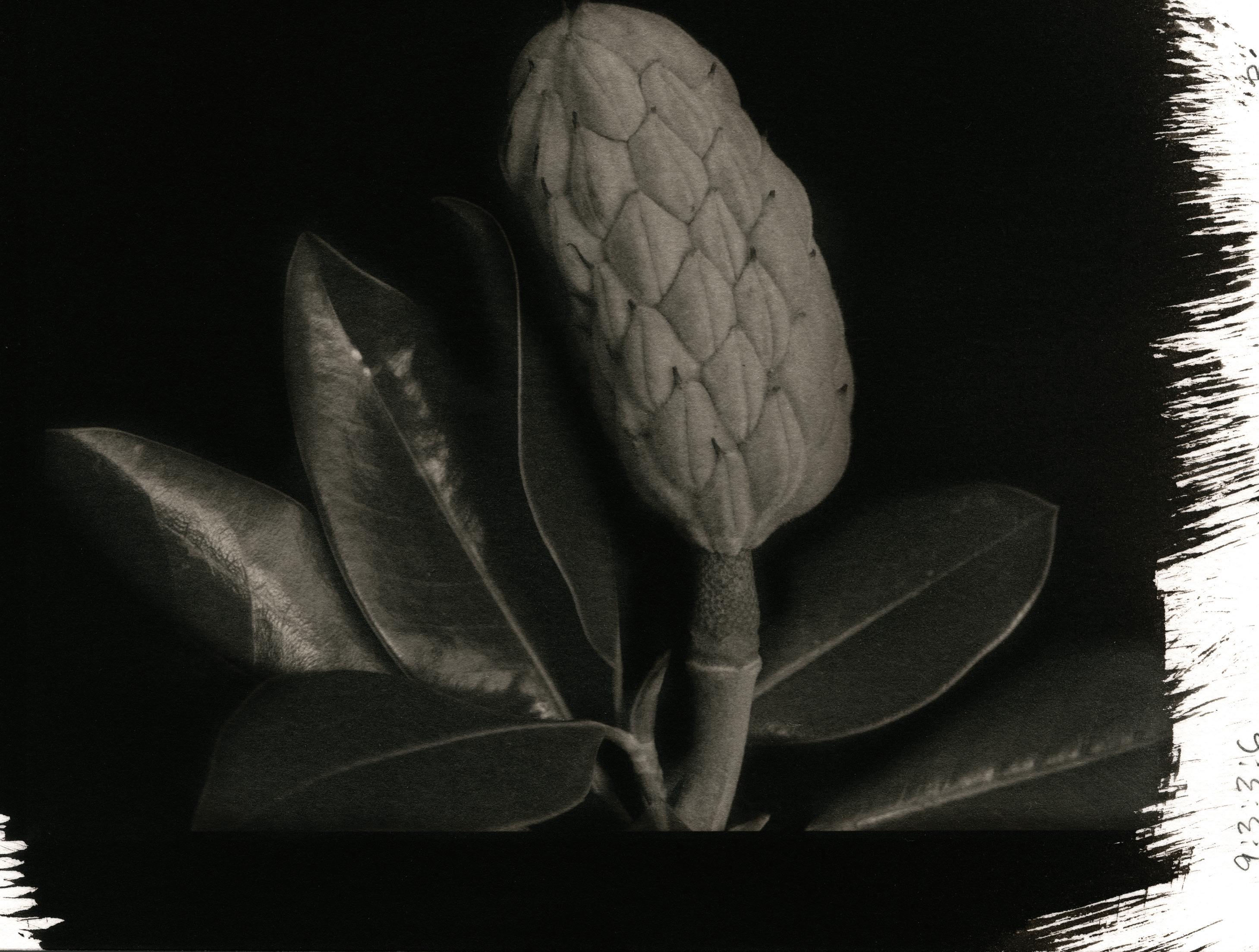
LEGENDS MAGAZINE 2018 NO 31 121

catching light
ZOOMING IN ON THE KIAWAH ISLAND PHOTO CLUB, WITH NATIONAL GEOGRAPHIC PHOTOGRAPHER RALPH LEE HOPKINS
PHOTOGRAPHY by LINDSEY HARRIS SHORTER
STORY
by
STEPHANIE HUNT
 P hoto by Jack Kotz
P hoto by Jack Kotz
So warns veteran nature photographer Ralph Lee Hopkins, who took time away from his adventures to the Arctic and forays to the endless turmeric-tinted folds of the Grand Canyon to headline the April monthly meeting of the Kiawah Island Photo Club (KIPC). The eye in question being that of an immense polar bear, staring directly into his lens—one of his many images that have graced National Geographic covers.
“It’s intimidating talking to a room full of photographers,” a humble, jovial Hopkins began, addressing fifty-some club members in a Tuesday-morning lecture. But with a big personality and wit (and eye) as sharp as his extraordinary images, the pro is fully in his element. Now based in Charlotte, North Carolina, Hopkins travels the globe as founding director of Photographic Experiences for National Geographic-Lindblad Expeditions, which is how he met Kiawah Island Photography Club member Bill Davis on a trip to the South Georgia Islands. “Bill, remember that one bay we pulled into, where we saw forty thousand pairs of penguins?”
Hopkins’s photographs indicate he’s plenty right about photography and happy to share tips of his trade. A geologist by training and a naturalist by nature, he’d always been
mesmerized by dramatic landforms, and it didn’t take him long (two years, three months, and twelve days, to be exact) to realize that working for a Midlands, Texas, oil company paled in comparison to photography. He published his first image in National Geographic in 1990 and never looked back. His excursions with Lindblad-National Geographic now take him to the Galápagos Islands, Baja, Ecuador, and various other wild, remote places from the Arctic to the Antarctic.
“My mantra: light, composition, moment. There’s no such thing as bad light; it’s just how you use it,” Hopkins says, as photo after stellar photo glides across the screen. Dazzling crystalline icebergs; grizzlies in their fierce glory; shadow play against the geologic wonders of steep canyon walls; the visual poetry of sunsets, moonrises, and starbursts in the bluest of skies. It’s all there, a not-so-simple matter of point and click, and decades of experience. And, oh yeah…patience.
“Are you guys patient?” Hopkins asks. “I’m not. Not patient at all, until I think there’ll be an image. Then I can wait for hours. It’s all about waiting for that moment, that fleeting storytelling image. That moment is what sets an image apart.”
Folks nod heads and jot notes. Some simply shake heads
LEGENDS MAGAZINE 2018 NO 31 125
If the eye’s not sharp, no cookies for you.
in disbelief as more stunning images flicker by on the screen. Based on audience reactions, Hopkins obviously has the intimidation factor backwards, but his encouragement to the photo club amateurs is generous and authentic.
“Be mindful.”
“When shooting an animal, you want to capture it in its environment. Make eye contact.”
“Go for the close, tight shot. Anticipate action. Think like a golfer; ask yourself, ‘What is the shot in this situation?’ Then be ready, in the perfect spot. I think it was Ernst Haas who said, ‘The most important lens is your legs,’ or as I say, if you want better pictures, stand in better places.”
After pausing at an osprey nest (empty) at hole number seven, the carts roll on to a rookery pond between hole numbers four and five, and the club photographers stake out their spots. “The camera is the easy part. It’s getting to the place where things are that’s hard,” Hopkins says as folks crawl through tall grasses and between bushes to frame their views of the pelicans, egrets, and wood storks camped out in the oak on the far shore.
“A polarizer—when would you use that?” he asks the group after someone inquires about the filters he uses. “Maybe if the birds were on the water, to cut the reflection, or if you were shooting a landscape with puffy clouds. Most of the time it’s just cutting light,” he explains. “I like to shoot naked, because why put an extra piece of glass over my nice expensive lens?”
As is often the case with KIPC programs, the rest of the day is spent exploring Kiawah to find, and stand in, those “better places.” The morning shoot group loads their tripods and longlensed cameras for a golf-cart photo safari leaving from the Kiawah Island Club, but not before stocking up on granola and energy bars. “Rule number one: never photograph on an empty stomach,” Hopkins says.
Others chime in with more technical questions, as Hopkins roams around the rookery to check on his shutterbug protégé. He’s a font of wisdom and knowledge, offering up equipment suggestions and aperture, shutter speed, and f-stop tips aplenty, but as soon as he spots movement out of thecorner of his eye, he crouches back behind his own lens and fires away. “Incoming! A snowy egret there, with yellow sneakers on, about to land,” he says, then click, click, click.
126 LEGENDS MAGAZINE 2018 NO 31
My mantra: light, composition, moment. There’s no such thing as bad light; it’s just how you use it.



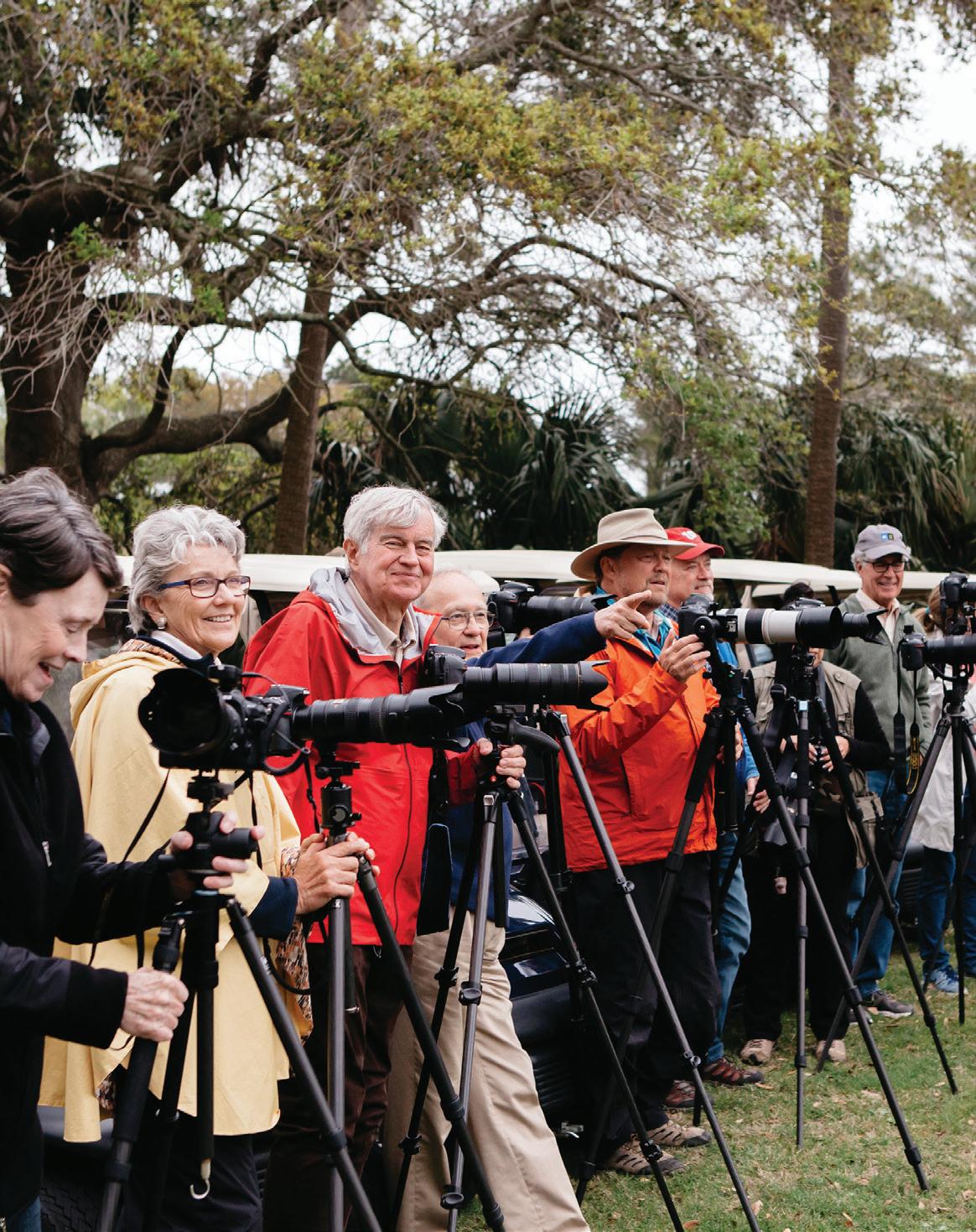
LEGENDS MAGAZINE 2018 NO 31 127
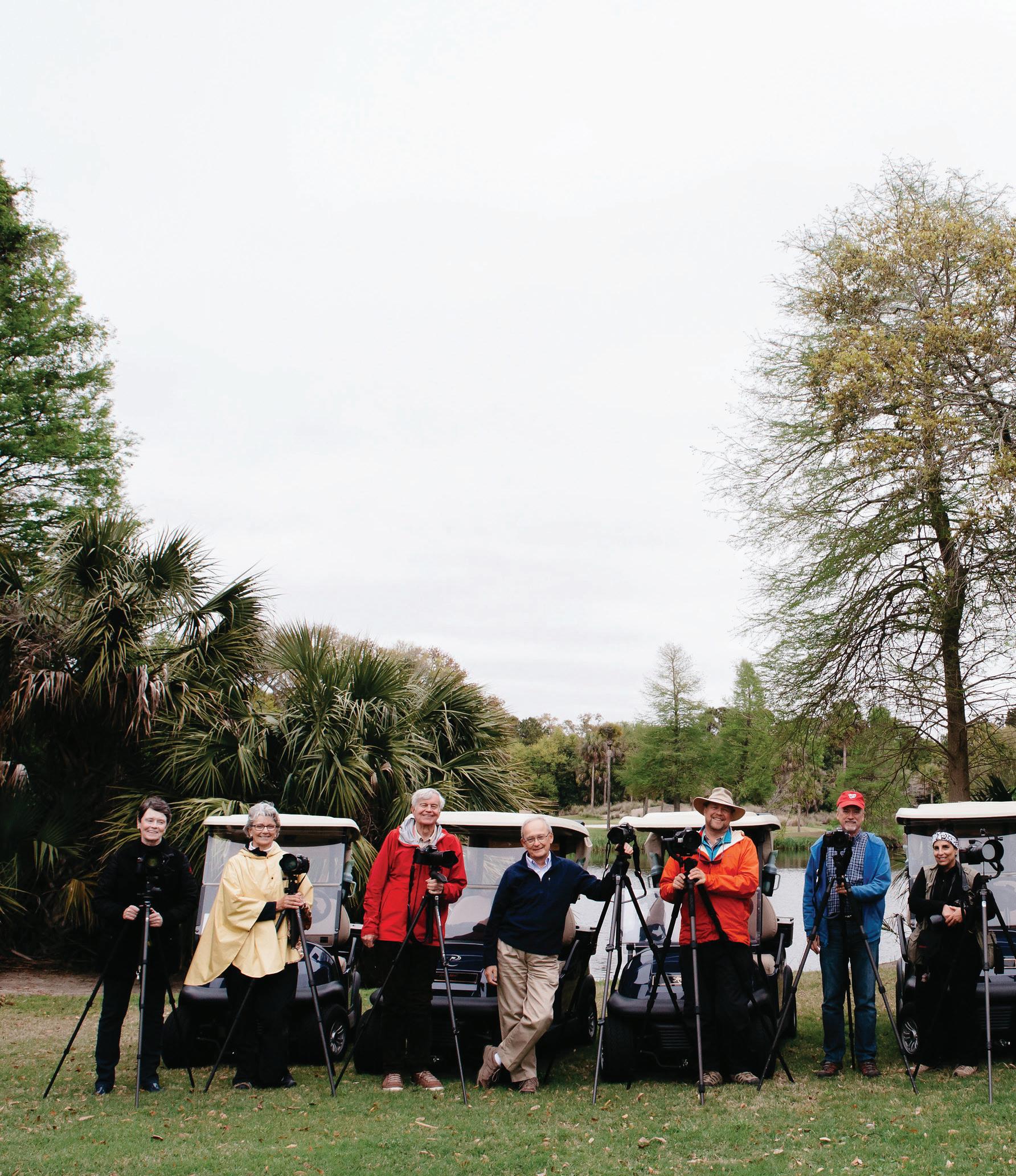
Rule number one: never photograph on an empty stomach
The photographers will share a few of these images the next day at a critique session—part of the format for the club’s regular photo shoot sessions and workshops. Hopkins’s requirement is that the first picture they choose to share has to be “a mistake.”
The whole point is to learn and to be supportive; indeed, KIPC’s mission is simply to offer opportunities for members to learn about and enjoy the art and science of photography, and those of all ability levels and experience are welcome. Founded in 2006 with ten members, several of whom are still active (John Sanders, Sylvia Bacon, Howard Snelling, and Sue Corcoran), the club has grown to over ninety members.
As the group heads back to the golf carts at the end of the shoot, Becky Lepanto thinks she may have gotten a few good ones, “or at least I hope so. And I know I got my mistake,” says the West Virginian, who plans her trips to her Kiawah home around the monthly KIPC programs. Lepanto especially enjoys the videos shown at each meeting that highlight members’ photographs on a particular theme. “I’ve been shooting off and on since I was in fifth grade,” Lepanto says. “But only recently, through the club, have I been learning. And what I’m learning is that being in the moment is really hard.” Ralph Lee Hopkins laughs and wholeheartedly agrees. — S.H.

LEGENDS MAGAZINE 2018 NO 31 129

CHARLESTON ANIMAL SOCIETY

GOOD WORKS
Officially formed in 1874 as the Society of Prevention of Cruelty to Animals of South Carolina, the original organization focused largely on working animals, namely horses and livestock. In the latter half of the nineteenth century, many such organizations formed as an outcry to mass killings in government animal shelters.
Renamed the Charleston Animal Society (CAS), the organization is nearly 145 years old and is one of the oldest animal rescue organization in the country. The nonprofit is run by eighty-five full-time and fifteen part-time employees as well as an enormous base of eight hundred active volunteers. It is governed by a board of directors with twentyfive members. CAS is a potent and multifaceted organization with an outsized mission. “We have three problems to address,” explains CEO Joe Elmore. “The first is unnecessary euthanasia. The second is overpopulation.” Obviously the two are intrinsically connected: too many animals strain the system, and many agencies resort to euthanasia to deal with the overwhelming population. “The third issue, of course, is other forms of animal cruelty.”
The scope of CAS’s outreach, programming, initiatives, and leadership astound, and as Elmore so aptly explains, “We’re structured to solve problems. We engage a strategic framework more so than tradition strategic planning.” CAS doesn’t stop at animal intake—Elmore and his robust team not only react but also take strides to eliminate the cruelty and overpopulation problems altogether—humanely and compassionately. In 2017 alone, CAS spayed or neutered over eleven thousand animals. With a myriad of education programs, rural outreach, veterinary services, and innovative initiatives, the work of CAS is broad and holistic.
Five years ago, Charleston County became the first “No Kill Community” in the entire Southeast. The industry maintains two competing definitions for No Kill. One is to
save every “healthy and treatable” animal, and the other is to save at least 90 percent of the animals that enter community shelters. CAS adheres to both definitions. “We care for 18,000 animals a year, and we’re saving over 90 percent of them,” says Elmore. “We keep more than half of them out of shelters.” There’s an uptick in the warmer months, during litter season.
“We call it Mount Kitty. If you graph it out over the course of the year,” he laughs. In the last five years, Elmore and his team have cared for over 75,000 animals of 52 different species. At this moment they have around 470 animals in foster homes and nearly 1000 in the sheltering system.
It works like this: An animal is brought in, most often from animal control. CAS works with six animal control agencies. The animal is immediately vaccinated on intake. “Our focus is on herd health,” explains Elmore. Then they spay or neuter the animals without identification after five days, fourteen days if they have tags or a microchip. The team of veterinarians make daily rounds for behavioral and physical evaluations. Most of the animals are strays that have been running at large. “Sadly, a number of animals brought in have been mangled—cats crawling into car engines, dogs hit by vehicles,” says Elmore. “We perform around twelve thousand surgeries a year. But sometimes the most humane option is to euthanize the animal.” And then there is the issue of aggressive behavior. If an animal exhibits any indication that it might break and become overly aggressive, CAS has no choice but to euthanize.
Although many of the animals arrive at CAS as strays, some are pets whose owners can no longer care for them.
“We’ll ask if they want to keep the animal,” explains Elmore. “We try to address how to help. For example, we offer financial assistance to individuals for their veterinary bills.” CAS also runs a pet food bank for owners without the financial means for every day care.
132 LEGENDS MAGAZINE 2018 NO 31 GOOD WORKS
Let’s not be afraid to fail. Let’s try everything.

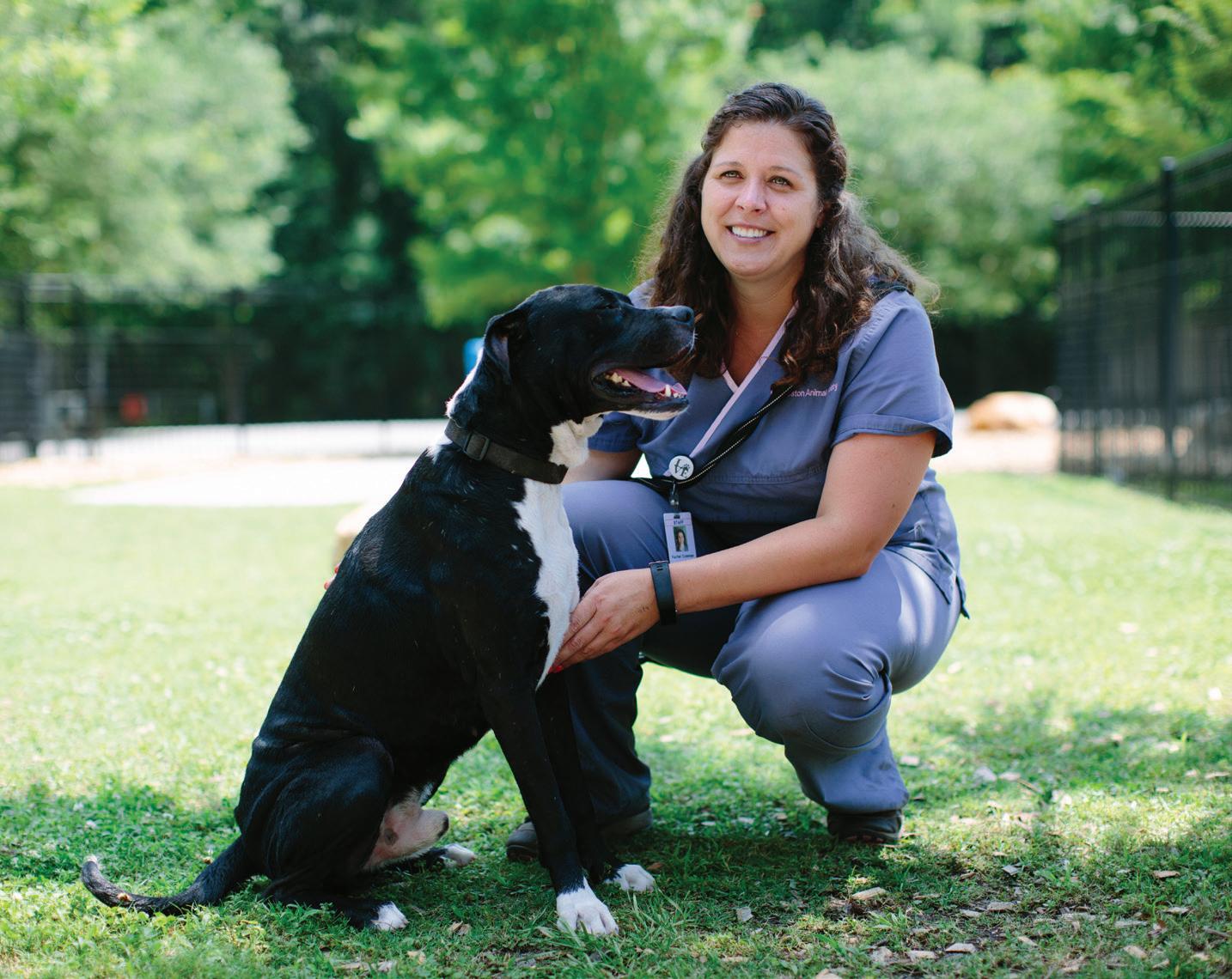


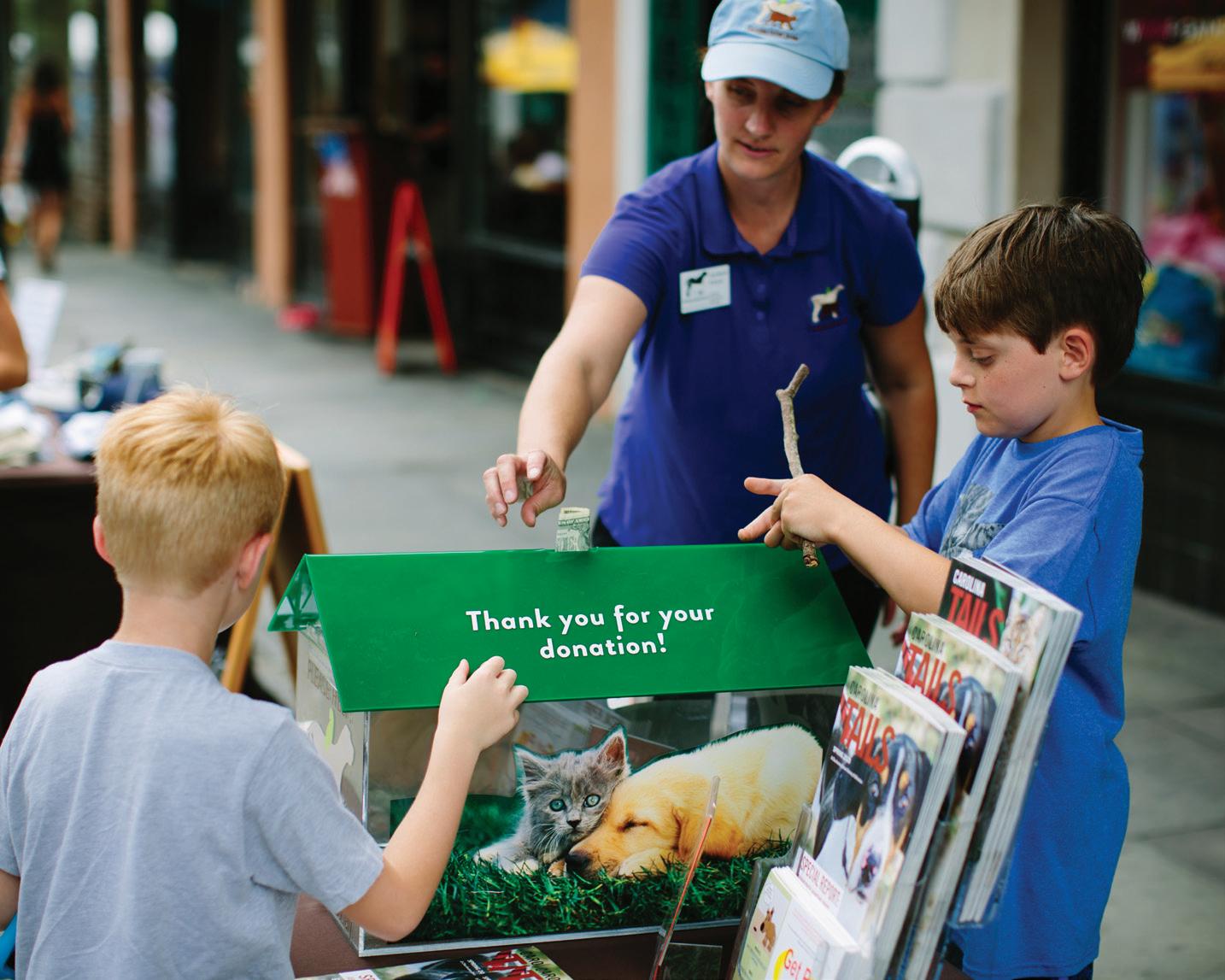

134 LEGENDS MAGAZINE 2018 NO 31
Ideally, an animal is reunited with its owner or adopted out of the system. CAS hosts weekly adoption events across Charleston County—at street fairs, business openings, sports events, and the like. In 2017, over five thousand animals were adopted and more than twelve hundred were reunited with their owners.
In addition, the organization runs sundry day camps and school programs. You can even host birthday parties and bar mitzvahs for young animal lovers at the facility. “We deliver over 23,000 lessons in humane education to thousands of kids every year,” says Elmore. “Our summer camps are jampacked throughout the summer—everything from advanced vet camp down to introductory education. We’re trying to use the animal sheltering environment to teach compassion.”
But the work isn’t confined to Charleston County. As an industry leader, CAS works with 374 other animal organizations around South Carolina in an effort to build the first No Kill state in the entire South. There are only a handful of No Kill states in the country, mostly in New England. “We’re looking at a two-year phase that will aim to save every healthy dog. Then we can spring forward from that, use it as momentum. Let’s make that the benchmark to build confidence and momentum, then let’s hit another benchmark.” Crucial to this two-year initiative are key resource centers like Columbia, Greenville, Aiken, and Myrtle Beach. Shelters in these population centers roll out assistance with veterinary outreach and shelter standards to the surrounding rural areas. Elmore hopes this tiered outreach can someday become a nationwide model.
But despite grand successes and even grander goals for the future, the larger institutional structures are slow to change. By federal law, animals are considered property. Even passing strong animal cruelty laws in South Carolina is an uphill battle. CAS partners with a number of shelters and employs a consulting firm in Columbia to fight for more humane treatment of animals. “For example, we just want
humane tethering,” says Elmore. “We’re not saying that we have to ban chains on dogs! We’re just saying don’t allow the chain to be extremely heavy on the dog. We are finding twenty-five-pound chains on forty-pound dogs, dogs that should have weighed seventy pounds! Yes we would love to see chains banned, but we’re trying to achieve a piece of the pie if the whole pie is not feasible.” And a few years ago, the legislature passed a shelter standards law but then promptly exempted all the government shelters from the new regulations.
But Elmore is endlessly optimistic. In fact, the whole organization runs on this wild enthusiasm and idealism. “The magic here is that we have an open mind and we make things work,” he says thoughtfully. “We’re not afraid to try things.” Elmore strives to elevate CAS employees and create upward mobility within the organization. Until recently, CAS had more certified SAFER® behavior assessors than any other animal organization in the country. The CAS Senior Director of Education was just elected the National President of the Association of Professional Humane Educators nationwide. The Senior Director of Veterinary Care is the first animal shelter veterinarian appointed to the South Carolina Board of Veterinary Medical Examiners and will soon join the National Association of Shelter Veterinarians’ Board of Directors. And the Senior Director of Animal Services was just elected as President of the South Carolina Animal Care and Control Association. “We have a highly credentialed staff, and that’s a value for us. Another value is that we have a disproportionate responsibility, and we assist more organizations than any other animal society that exists in the state. No Kill South Carolina is about teaching a man to fish.” — H.W.
On April 30, 2018, The Kiawah Island Club hosted Par for Pets Golf Tournament and helped raise over $100,000 to save animals in the Charleston County community.
LEGENDS MAGAZINE 2018 NO 31 135
GOOD WORKS
CAS works with 374 other animal organizations around South Carolina in an effort to build the first No Kill state in the entire South.
YOUR BRIDGE TO THE GLOBAL MARKET
Lawyers in our Charleston office have provided trusted legal counsel to local, national, and multinational companies for decades. Backed by a fully integrated global platform, our Charleston lawyers offer unparalleled depth and breadth of experience to businesses and the people who own and manage them.

K&L Gates LLP. Global legal counsel here in Charleston and across five continents. Learn more at klgates.com.
Matt Norton, Partner 134 Meeting Street, Suite 500 Charleston, South Carolina
T: +1.843.579.5634
matt.norton@klgates.com
Austin Beijing Berlin Boston Brisbane Brussels Charleston Charlotte Chicago Dallas Doha Dubai FortWorth Frankfurt Harrisburg HongKong Houston London LosAngeles Melbourne Miami Milan Munich Newark NewYork OrangeCounty PaloAlto Paris Perth Pittsburgh Portland Raleigh ResearchTrianglePark SanFrancisco SãoPaulo Seattle Seoul Shanghai Singapore Sydney Taipei Tokyo Warsaw Washington,D.C. Wilmington


www.knightresidentialgroup.com KIAWAH ISLAND | CHARLOTTE

REFINING OUR GAME
Over four decades, Kiawah Island Golf Resort has evolved to contribute richly to life on the Island, now it enters a new phase of expansion that will further enhance Kiawah Island living.
STORY by BRYAN HUNTER
A week after The Masters I had the rare privilege of riding the recently renovated Cougar Point Golf Course with Gary Player. The course was fresh on his mind as he’d just finished a round. But his original vision for the course—the first on the island—was equally fresh, although he’d conceived it four decades earlier. He expressed great satisfaction that his design has held up over the years, evidenced by the fact that little was altered from his original design—in fact, if anything, much of the recent renovation could be viewed as a restoration of his original plan.
Aware that Mr. Player had a dinner reservation clear out at The Ocean Course in about an hour, I was trying to be sensitive to his schedule. Still in his golf gear, he’d suddenly explode: “Stop the cart!” And then he’d point out a particular nuance on a certain hole, and more astonishingly, explain how he’d incorporated those elements with the player’s enjoyment in mind.
With these frequent stops, needless to say we weren’t exactly making great progress on our winding route back to the temporary clubhouse. Frequent stops to talk about how he wanted the course to be “fun” (a term he repeatedly emphasized) for golfers of every age and stage of development, along with a few dashes onto a green to snap off a few dozen push-ups (by him, not me). I kept telling myself that it’s hardly the chauffeur’s place to remind a legend of his own schedule, but I must confess I was also reveling in the moment.
At last, we neared the 18th green. We’re nearing the finish line, I thought when the now familiar “Stop the cart!” interrupted my optimism. “It’s going to be magnificent, isn’t it?” he rhetorically asked. I followed his still disarmingly sparkling gaze to the high spot just above the green where the site for the new clubhouse sat hemmed off with construction fence. A few moments later in the parking lot, two Irish lads recognized him before he had a chance to get in his waiting car. Of course he had time for some pictures, he granted with genuine graciousness. After posing for a few with them (and me), off he went.
So, a few months later, I stood in the same spot where he and I had glanced at the hill above the 18th, and where that apparition on the horizon had been, now stood the visible makings of a structure—now a form, no longer an illusion.
When Mr. Player visited the site, it was mere weeks from when Kiawah Island Golf Resort officially announced its plans to dramatically complement the Resort’s already first-class lodging and amenities with a series of expansions. The new developments focus on five locales. Moving from east to west, those new developments will enhance both residents’ and guests’ experiences at The Ocean Course, Roy Barth Tennis Center, The Sanctuary, Night Heron Park, and West Beach.
Just east of The Ocean Course Clubhouse, overlooking the driving range and the beach and ocean beyond, four twostory, four-bedroom cottages will become part of the Resort’s
LEGENDS MAGAZINE 2018 NO 31 139
RENDERING BY MICHAEL MCCANN FOR ROBERT A.M. STERN ARCHITECTS
luxury rental offerings. Designed by Robert A. M. Stern Architects, the world-renowned firm that also designed the Clubhouse, the cottages will be aesthetically sympathetic to the Clubhouse with inset porches and cedar-shake siding. A shared great room will serve as a common gathering spot for afterround socializing. In each cottage, two bedrooms downstairs and two up will all be individually keyed, providing flexible rental arrangements. Larger golf groups will be able to buy out all sixteen rooms, or each room in one cottage can be booked by four separate individuals or couples. The cottages are slated to be completed by summer 2019. So we have to ask: which is better, an oceanfront cottage or a golf cottage on a bucketlist course? No need to flip a coin. We say an oceanfront golf cottage on one of the world’s top courses is best of all.
The resort has long enjoyed two tennis complexes with West Beach Tennis Club and Roy Barth Tennis Center. As part of the new expansion, all tennis will now be consolidated at Roy Barth Tennis Center as the Club at West Beach will close as part of the overall revitalization of that area (more on that shortly). As a result, Roy Barth Tennis Center will gain ten new Har-Tru HydroCourts, and the existing nine HarTru and three hard courts will be resurfaced. A HydroCourt is a self-watering system that hydrates the clay courts from below the surface rather than with an aboveground sprinkler system identical to a commercial-grade lawn sprinkler. The HydroCourt system constantly maintains optimal moisture in the courts at all times, meaning the courts will not have to be closed during certain hours every day for watering as they do with the current sprinkler-type system. Furthermore, the moisture level remains constant, meaning courts won’t dry out with evaporation throughout the course of the day. In keeping with the Resort’s environmental commitment, HydroCourts also can save up to 60 percent of water use compared to the conventional aboveground method. In addition, tennis playing guests and Governor’s Club members will be delighted to learn that the Clubhouse will also be improved. Work on the
expansion is underway and expected to be completed possibly by as early as this fall.
The owners of the Resort have long felt that one lacking element was a dedicated chapel. So in the summer of 2019 a new chapel will open on the east wing of The Sanctuary hotel. In addition to serving as a traditional venue for weddings, the chapel, featuring fixed pews to seat up to 140, will also celebrate weekly nondenominational services and occasional small concerts.
Local architectural firm SMHa designed the chapel to blend sympathetically with the hotel. A colonnade will connect the chapel to the Grand Oaks Ball Room. The front façade of the building will feature a courtyard garden partially enclosed with brick and wrought-iron fence. A set of low stairs will lead to an entry portico supported by Doric columns. The slated hip roof of the chapel will be crowned by an octagonal cupula surmounted by a pointed finial. Inside, the chapel will be airy and well-proportioned with tall round-arch windows, light walls of wainscot at the bottom topped with plaster. Adding to the airiness, an open A-framed ceiling will be adorned with exposed king-post trusses.
Night Heron Park will receive a complete makeover too. The nature center, pavilion, art studio, and dining outlets will be housed in new, expanded facilities. The nature center will be enlarged to accommodate expanded nature programming. The Resort will close Town Center Market in East Beach and relocate it to a new building in Night Heron Park. Improvements in the new market will extend beyond the aesthetic, as an updated concept will further enhance the experience for shoppers and diners, and an expanded fitness center will share the same building. Our golfing guests and Club members will be especially thrilled by one new addition: two golf simulators located in the same complex as the market. The existing and very popular Night Heron Park Pools, which are in good condition, will remain unaltered.
140 LEGENDS MAGAZINE 2018 NO 31
So we have to ask: which is better, an oceanfront cottage or a golf cottage on a bucketlist course? No need to flip a coin. We say an oceanfront golf cottage on one of the world’s top courses is best of all.
IN
WELL

LEGENDS MAGAZINE 2018 NO 31 141
PREVIOUS SPREAD:
MARCH, KIAWAH ISLAND GOLF RESORT BROKE GROUND ON THE NEW COUGAR POINT CLUBHOUSE OVERLOOKING THE 18TH GREEN, AND CONSTRUCTION IS
ON TRACK FOR THE SCHEDULED OPENING APRIL, 2019.
ABOVE: LOCAL ARCHITECT SMHA DESIGNED A STUNNING NEW CHAPEL CONNECTED BY A COLONNADE TO THE CONFERENCE WING OF THE SANCTUARY. THE DESIGN DRAWS ON CLASSICAL GEORGIAN DETAILS THAT PREDOMINATE EIGHTEENTH-CENTURY LOWCOUNTRY ECCLESIASTICAL ARCHITECTURE.

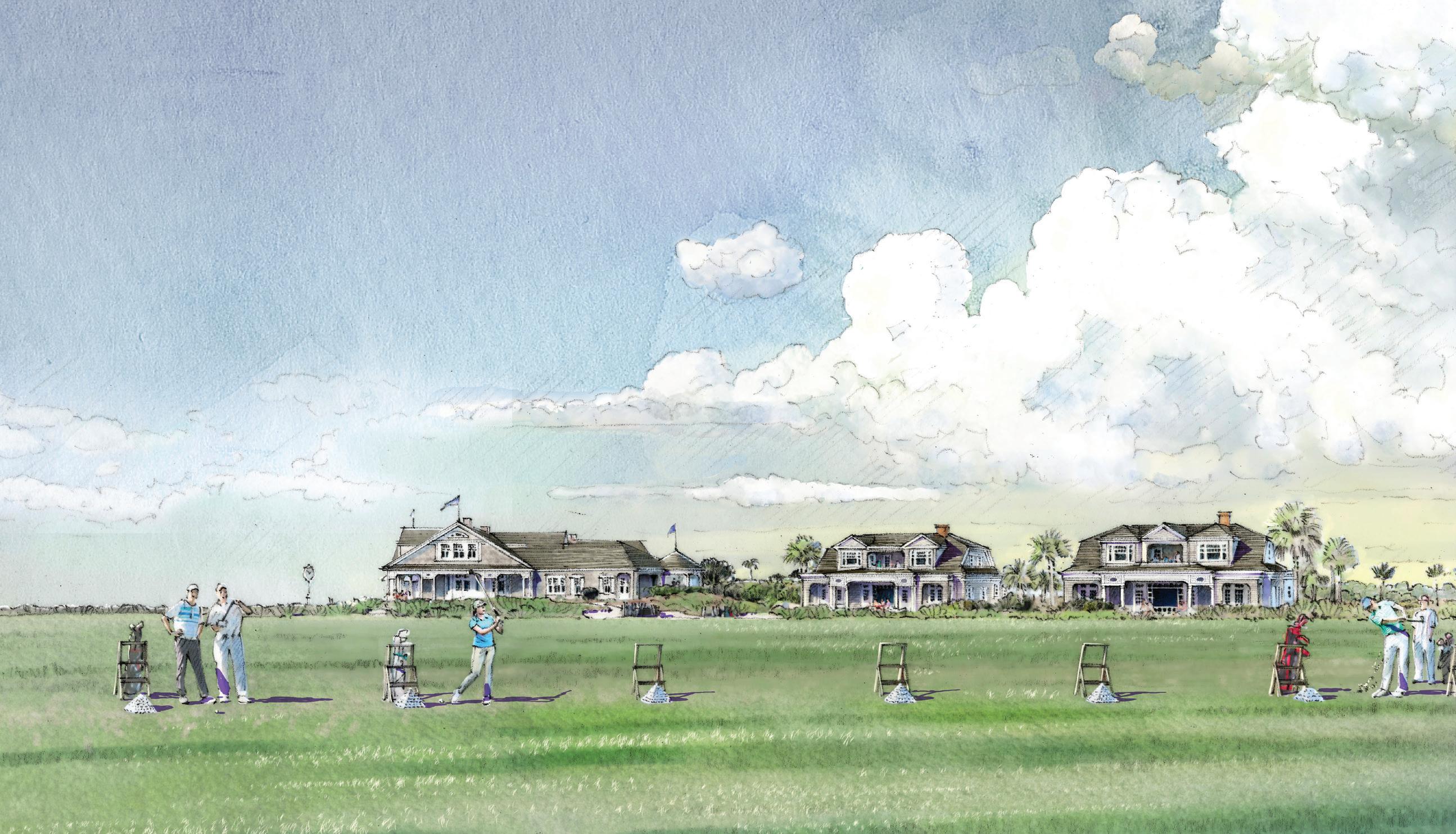
142 LEGENDS MAGAZINE 2018 NO 31
BOTTOM: WEST BEACH REVITALIZATION WILL BE ANCHORED BY AN OCEANFRONT HOTEL. THE NEW COUGAR POINT CLUBHOUSE IS VISIBLE BEHIND THE HOTEL. THE NEW CONFERENCE CENTER IS THE LARGE WHITE-COLUMNED AND DORMERED BUILDING IN THE FAR RIGHT OF THE RENDERING.
TOP: NEW YORK-BASED ROBERT A.M. STERN ARCHITECTS IS COMPLETING THE DESIGNS FOR FOUR TWO-STORY, FOUR-BEDROOM RENTAL COTTAGES NESTLED BESIDE THE OCEAN COURSE CLUBHOUSE AND OVERLOOKING THE DRIVING RANGE AND ATLANTIC OCEAN.
Finally, and most significantly, West Beach Village will be completely transformed. Anyone who has had occasion to drive past Cougar Point’s 18th hole has witnessed the steady progress being made on the new Clubhouse that will overlook the green by spring of 2019. The Clubhouse marks the start of a dramatic new village concept that will transform the site of the original nucleus of the Resort.
Just east of the site of the original Inn, a grand 150-room boutique hotel will overlook the beach. Steps away to the southeast, the brand new West Beach Conference Center, with substructure parking to minimize surface parking and preserve green space, will allow the Resort to host larger groups. Near the Conference Center, a new check-in center will greatly enhance the registration experience for Villa guests and will expedite the system by placing the check-in process near the front gates.
All of the West Beach Village projects are designed by Robert A. M. Stern Architects. An unmistakably classical Southern style will aesthetically link the separate buildings. Common elements such as columned verandahs, deep porches, tall windows flanked by shutters, red-brick foundations, and white wooden siding will provide the Village with a strong sense of place that harkens back to the Island’s rich, centuries-old history. The Village is being designed with pedestrians in mind, and the slightly re-routed Kiawah Beach Road and Shipwatch Road will be served by a new roundabout to maximize traffic flow, and wide sidewalks will join each building to encourage visitors to walk from place to place.
Scheduled to open by early 2021, the new hotel will deliver the same level of service and luxury as The Sanctuary, but the overall décor and furnishings will be slightly more casual. Resort President Roger Warren compares the two hotels: “The Sanctuary is like the grand manor house, while the new hotel will be the comfortable but well-appointed beach house.” Rather than The Sanctuary’s balconies, the new hotel’s guest rooms and suites—all of which will be oceanfront or with an ocean view—will open to deep porches appointed
with comfortable seating. Taking a cue from the popularity of The Sanctuary’s Lobby Bar, the new hotel will have a central spot to enjoy libations and creative dishes from a light menu.
The west wing will house a full-service spa, while the east wing will include a retail corridor with space for up to ten shops. A more than 4,000-square-foot ballroom will accommodate banquets, receptions, and meetings; a large fitness center will be outfitted with state-of-the-art equipment; and a coffee shop will serve up a hot or iced cup and pastries throughout the day. The Club level will include a nearly 2,500-square-foot Club lounge.
Both the new hotel and Clubhouse will feature exciting new dining concepts that will be sure to lure Kiawah residents. The hotel will offer three dining venues: dotting the exclamation point, the retail corridor will terminate in a two story restaurant and bar. Downstairs will house a fine-dining establishment, while above it a roofed but open-air bar, built right up to the dune line, will provide unparalleled views of the ocean. The opposite wing will feature a casual poolside bar and grill overlooking the ocean. Based on guest and resident requests over the years for a good on-Resort sports bar, the new Cougar Point Clubhouse will feature a refined 125-seat sports tavern with multiple flat-screens to catch golf action or the big game, as well as a separate bar with forty seats.
Back at the hotel, stretching along the dune line a wide boardwalk will connect the east and west wings of the hotel. More than just a structure for getting from point A to B, the boardwalk will be wide enough to entice folks to linger. At strategic points it will even be wide enough to accommodate food vendors, musical entertainment, local craftspeople, and the like.
With the return of the PGA Championship in May of 2021, the Resort is on an aggressive pace to have all these projects completed before the tournament arrives. But once the final putt is made, the trophy hoisted and the crowds departed, for generations to come these expansions will greatly enhance life on the Island from end to end. — B.H.
Just east of the site of the original Inn, a grand 150-room boutique hotel will overlook the beach.
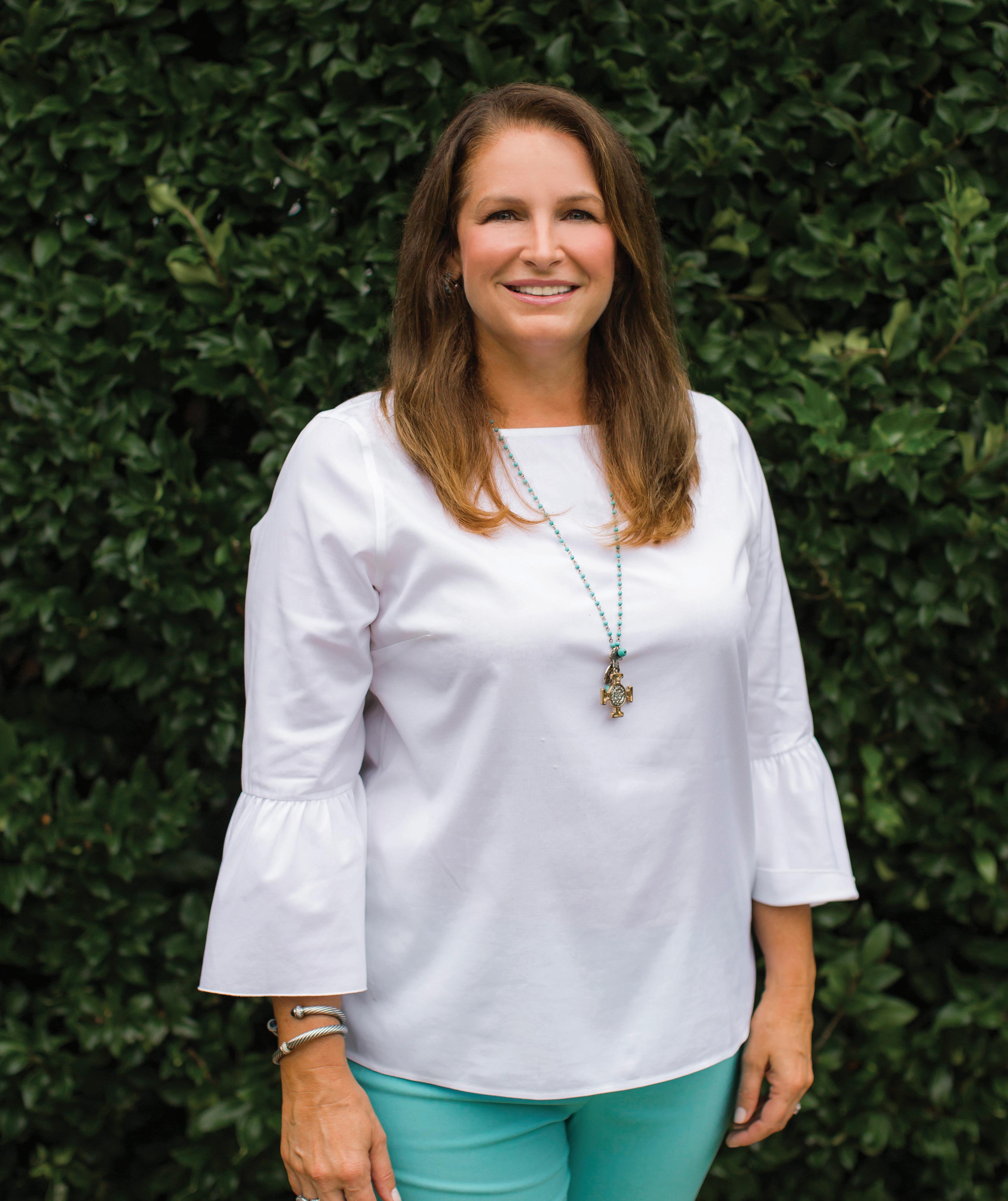
Insider’s Corner
In 2017 Kelly Blair Henry was named top sales executive of Kiawah Island Real Estate. Her love of Kiawah is deeply rooted in her own childhood memories, her love of the beach, and time spent on the Island with her family.
KL Tell me about your introduction to the Island.
We vacationed here growing up, actually! Before I became an agent, I was a visitor like so many people are before they buy. We came year after year and loved the beach—we’re big beach people. My dad and his wife, Marianne, had a boat, so we really enjoyed that as well!
KL When did you become an agent?
KH Marianne was an agent with Kiawah Island Real Estate and was looking for a mentee to ultimately take care of her clients as she transitioned into retirement. She offered me the position and I jumped at it. We moved the whole family from Wilmington, Delaware, for this incredible opportunity. That was in 2008, so it was the bottom of the market. Many might think it was the worst time to start, but it was really good for us to spend a lot of one-on-one time together, getting to know the Island and the clients.
KL What makes Kiawah special?
People always talk about the unbelievable natural beauty of the Island. It strikes you from the minute you cross over the Kiawah River. The entrance onto the Island makes you feel calm and peaceful, and at the same time exhilarated! I still feel it to this day. It hasn’t worn off. And there is something for everyone—from the person who just wants to sit on the beach and read to the person who wants to bike, kayak, and golf every day.
KL Why do you think it’s such a good place for families?
I think people come year after year because they have established traditions. They look forward to it all year long. So many people have been visiting since they were children, and then once they’re grown and have children of their own, they come back. It’s generational.
KL And you have traditions here too!
KH We do. We feel fortunate to have a life on Kiawah, even though we don’t technically live here! We never miss the Independence Day Extravaganza at Cassique. And on New Year’s our tradition is to go to the party at Night Heron Park. We stay out on the Island with several other families and just have a great time.
KL What’s your favorite part of being a sales executive for Kiawah Island Real Estate?
KH Definitely meeting new people from all walks of life, from all over the country. The variety of people I get to meet! And then meeting their families and their children, and really establishing relationships with them.
KL What do you think is so unique about the community here?
KH Everybody seems to have a connection! People are always running into friends of friends—it’s like two degrees of separation here. And I think they end up feeling a connection in that way. Also I think the Kiawah community is very open, and everybody is interested in meeting other families.
LEGENDS MAGAZINE 2018 NO 31 145
KH KH KH
PHOTO BY GATELY WILLIAMS

Insider’s Corner
To sales executive Danielle Whitson, Kiawah Island is more than just her place of work. She grew up riding bikes to the arcade in Night Heron Park, got married on the River Course, and her parents are longtime residents. Now, a mother of three, Whitson is watching her own kids grow up on the Island.
KL When were you first introduced to Kiawah?
I grew up in Pennsylvania, but my family spent summers vacationing on Kiawah for as long as I can remember. My parents purchased a lot in 1991 and built their home thirteen years later. I have a great relationship with my parents, and I saw myself relocating to the Charleston area after spending so much time vacationing there.
KL What was it like when you were a kid?
DW I have two sisters and my parents would just let us go! The Island is such a safe place. We really would wake up in the morning, have breakfast, and then jump on our bikes and not see our parents again until dinner time. We had so many adventures and met so many great kids who came back year after year.
KL How did you end up here as an adult?
When my parents decided to move to Kiawah permanently, I just felt like this was the place for me. At the time, I was working in the media industry. In 2000 I had an opportunity to come to Charleston as the national sales manager for the Fox affiliate. I made a career change to real estate after overseeing the construction of my parents’ home on Kiawah. I just loved everything about the experience. I eventually made my way out to Kiawah Island and Kiawah Island Real Estate. It was a natural fit given my connection to the Island.
KL What do you think makes Kiawah so special?
To me it’s the family component. So many people have visited with their families for years, even generations.
It’s a place that people always return to. When you drive across that bridge, it is like taking a deep breath. Life moves at a different pace and priorities shift. I think to be able to turn off busy life and reconnect to family is really what drives people to come here. Honestly. I think the Island sells itself.
KL It’s not just a job for you.
There is definitely a personal side of it for me. My husband asked for my father’s permission to marry me between hole six and seven at Osprey Point. We were married at the River Course. I actually went into labor with my third child at the Beach Club! That’s certainly something I’ll never forget.
KL Wow. You’ve had some big milestones on the Island!
DW I guess you can say we started our family on Kiawah. I’ve been doing this now for more than ten years, and many of my clients have shared in so many of those milestones, as I have with their families.
KL Tell me about your kids!
DW I am a mother of three: Ava is ten, Emma is eight, and Conner is five. Our children are making memories on Kiawah just like I did as a child with my two sisters— whether it’s turtle hatchings, or kayaking in the river, or just bike riding around the island. My dad bought Conner his first set of starter golf clubs and began taking him to the range when he was two. They absolutely love going to the beach and the Beach Club. And they are learning to surf with their dad now!
LEGENDS MAGAZINE 2018 NO 31 147
DW DW DW
PHOTO BY GATELY WILLIAMS

THOMAS & DENZINGER ARCHITECTS www.thomasanddenzingerarchitects.com 843 723 6651


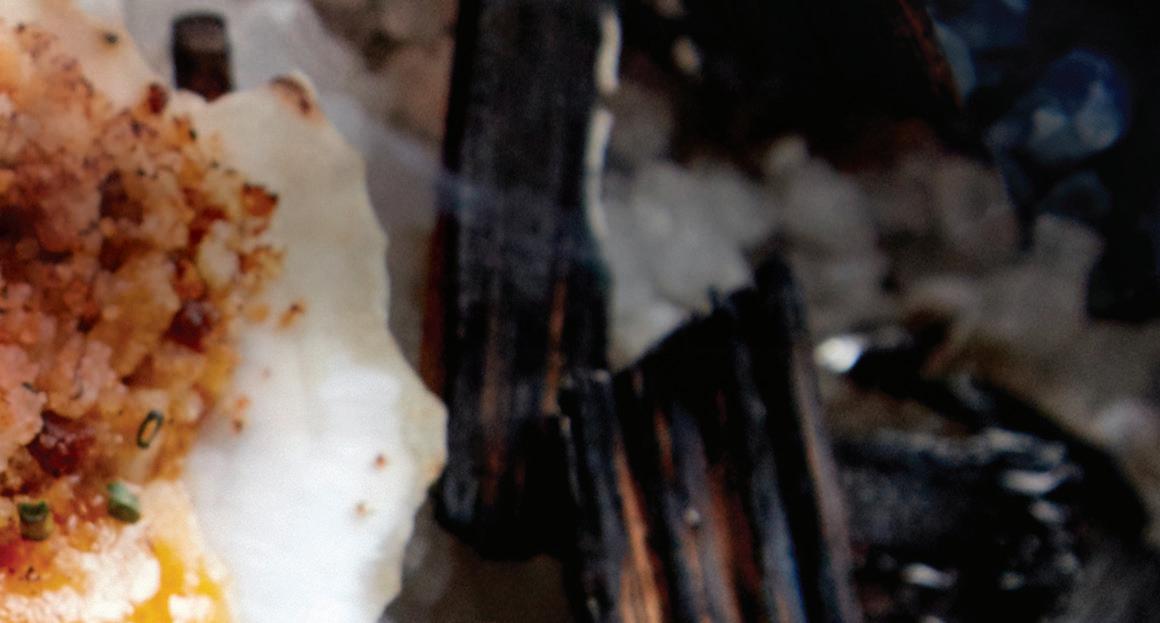
.. • kiawahdining.com Win THE TRIP OF A LIFETIME! Enter Today at NaturallyKiawah.com PURELY BLISSFUL INDULGENCE It Comes Naturally. 5 GOLF COURSES 3 POOL COMPLEXES SPA 10-MILE BEACH TENNIS VILLAS THE SANCTUARY Proud Host of the 2021 PGA Championship
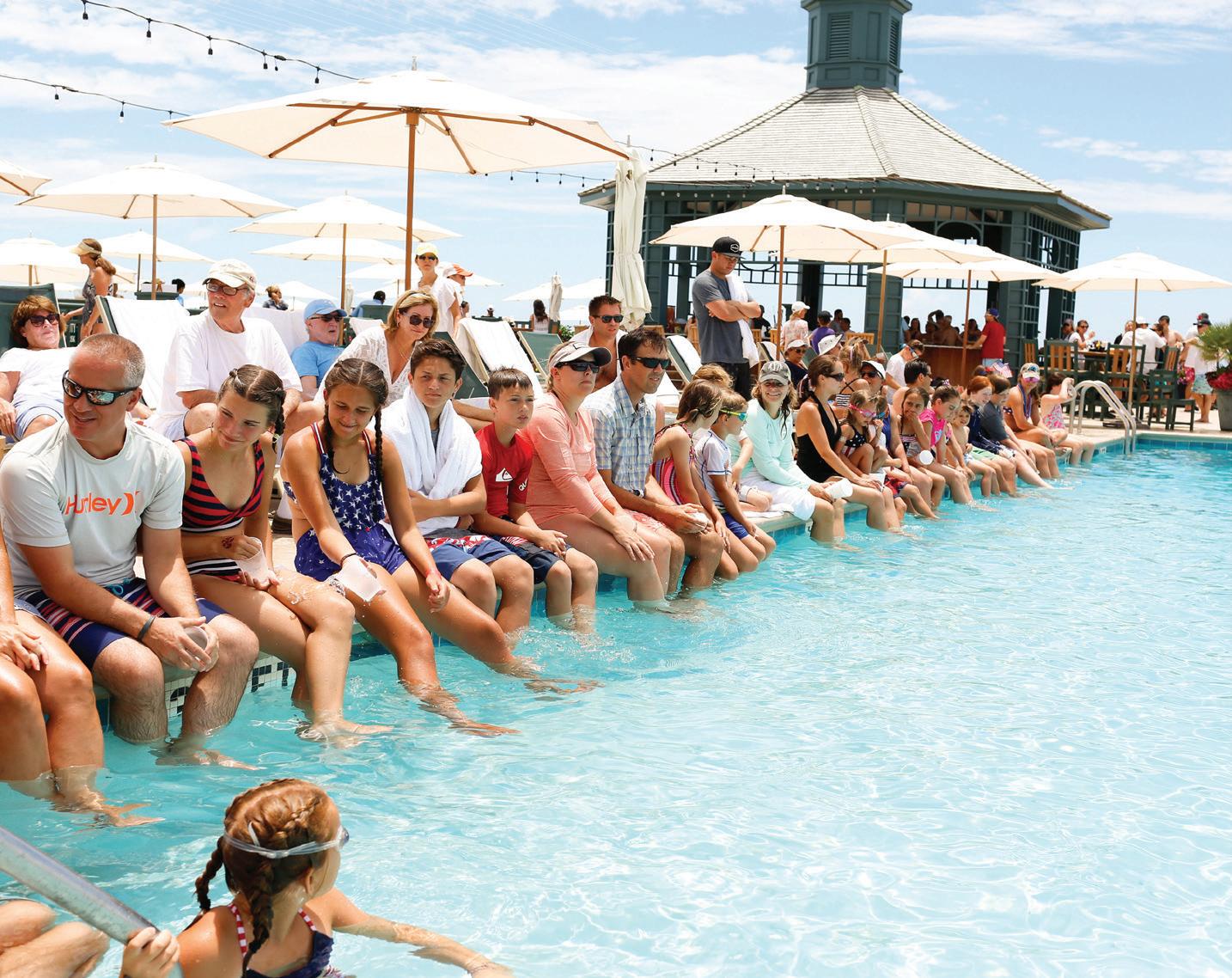

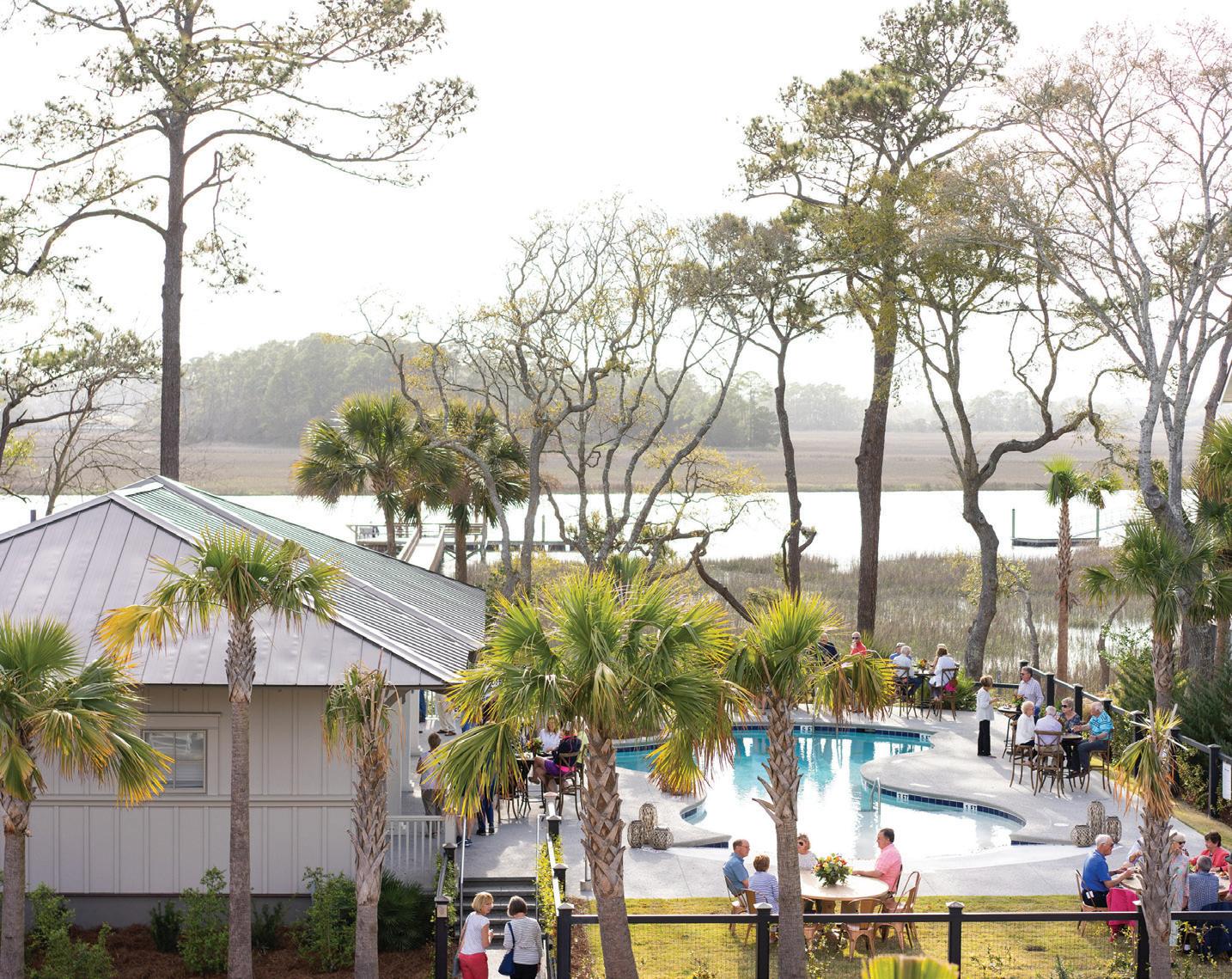



JULY 4TH EXTRAVAGANZA TOUR OF HOMES POOLSIDE PARTY JULY 4TH EXTRAVAGANZA LOWCOUNTRY BOIL WOMEN’S MEMBER MEMBER
KIAWAH
Throughout the year, Kiawah hosts dozens of soirees, outings, and activities. It’s been a fantastic Spring and Summer!


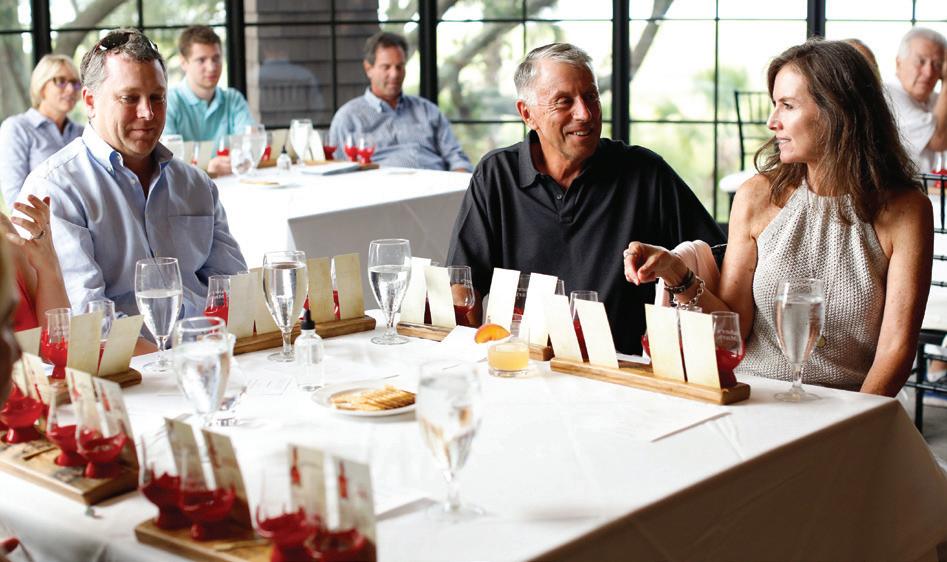
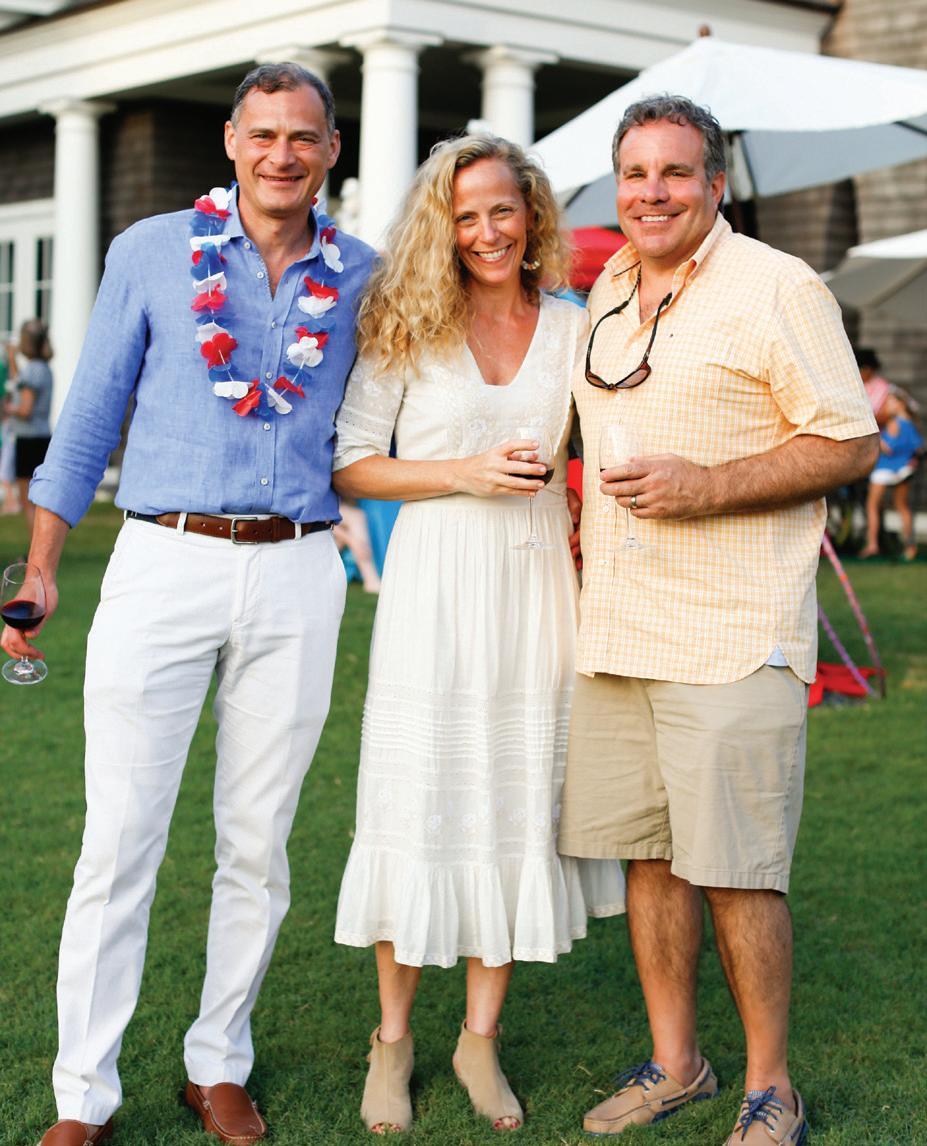

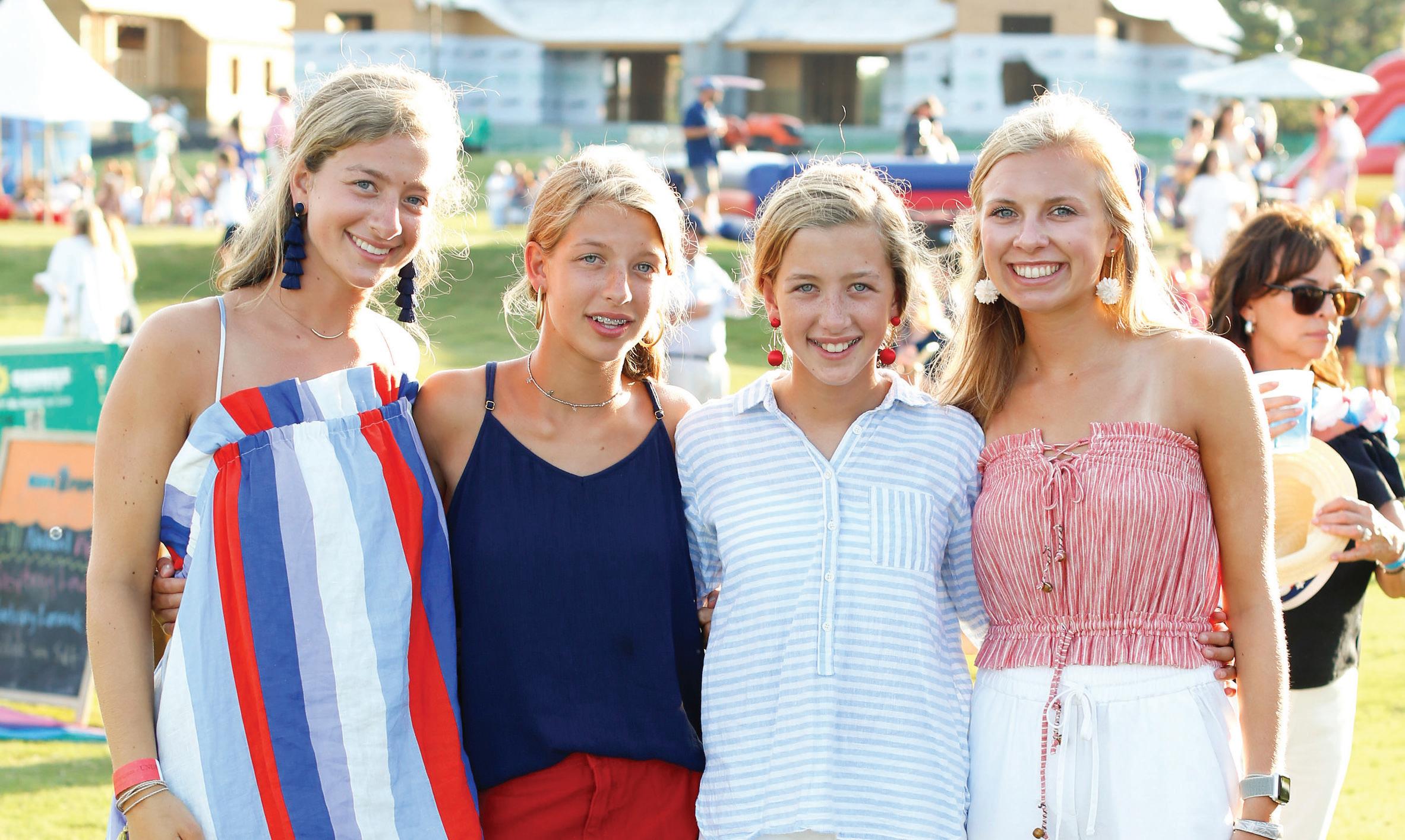
ON
AND ABOUT
JULY
BOURBON AND BITES WOMEN’S MEMBER MEMBER LOWCOUNTRY BOIL LOWCOUNTRY BOIL JULY 4TH EXTRAVAGANZA
4TH EXTRAVAGANZA
PHOTOGRAPHY by CHARLOTTE ZACHARKIW


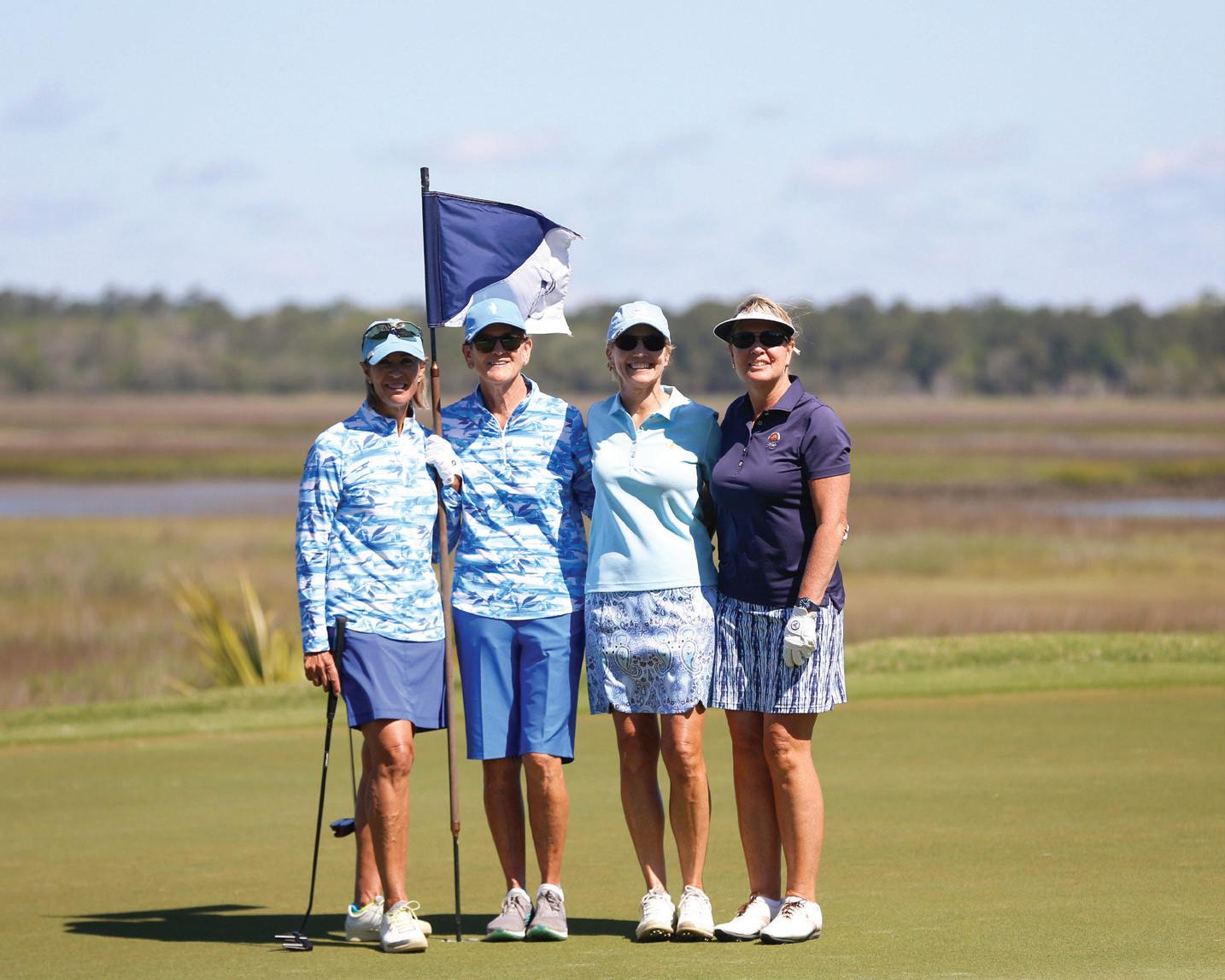

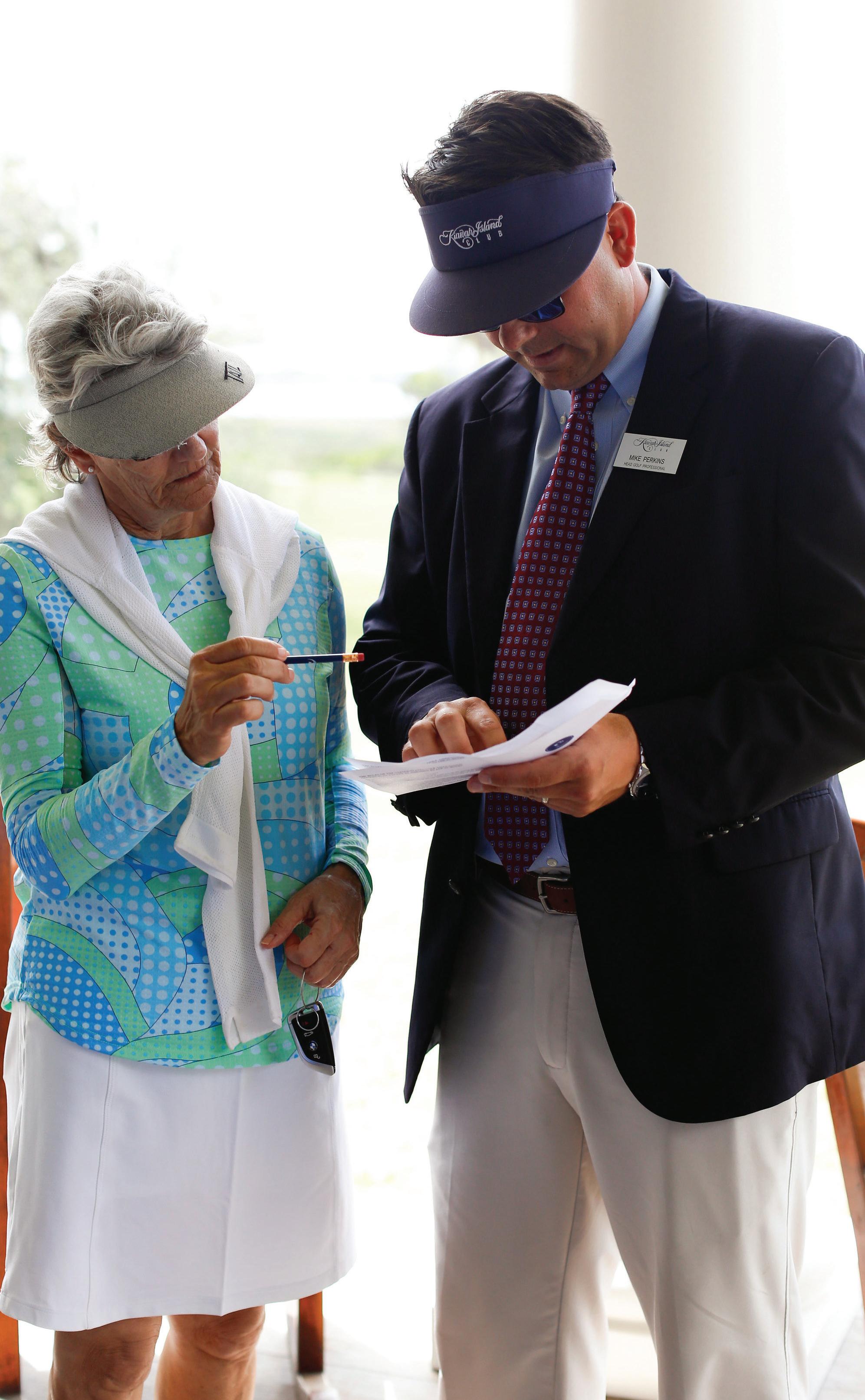
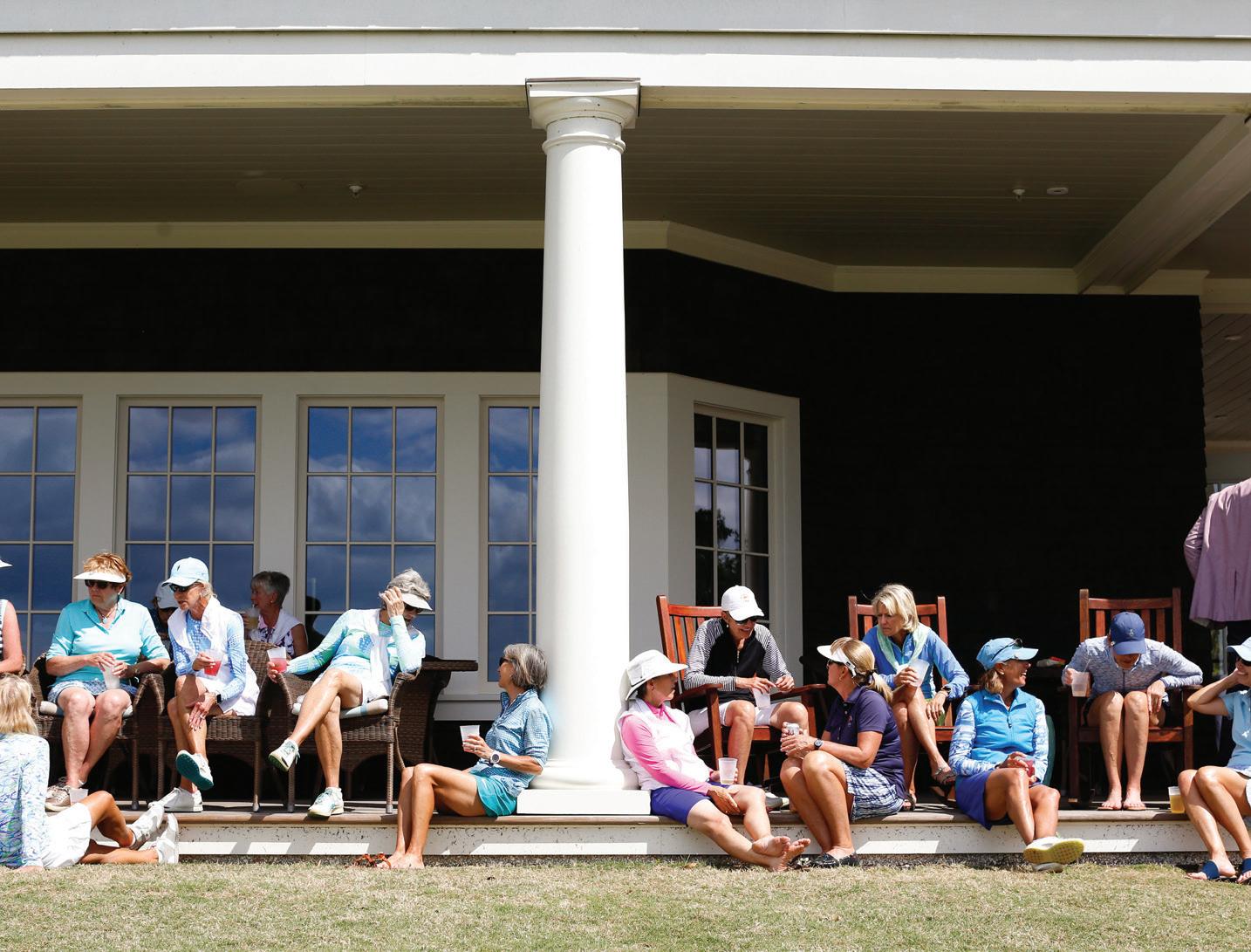

WOMEN’S MEMBER MEMBER WOMEN’S MEMBER MEMBER LOWCOUNTRY BOIL MIKE HARWOOD TOURNAMENT JULY 4TH EXTRAVAGANZA JULY 4TH EXTRAVAGANZA WOMEN’S MEMBER MEMBER



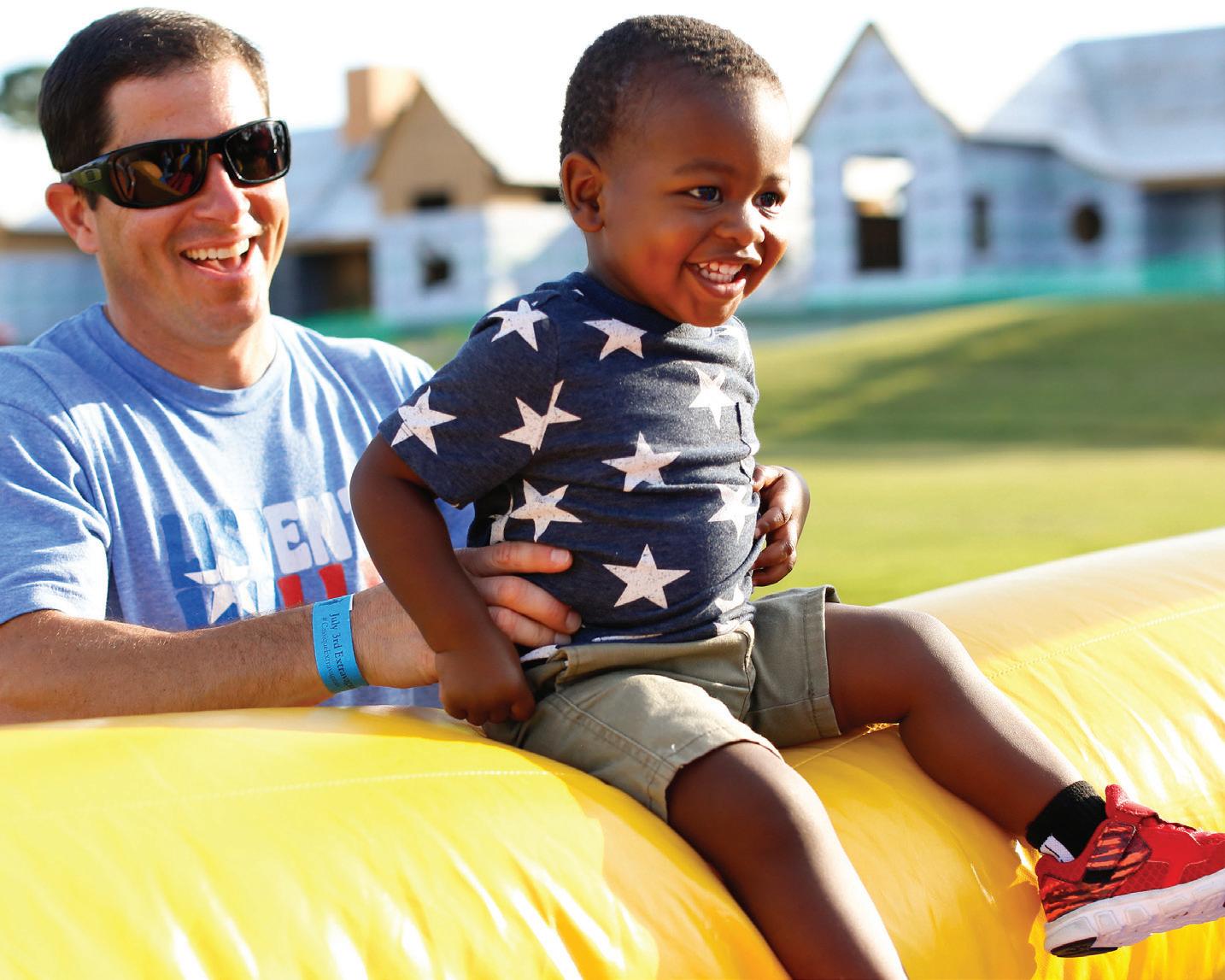


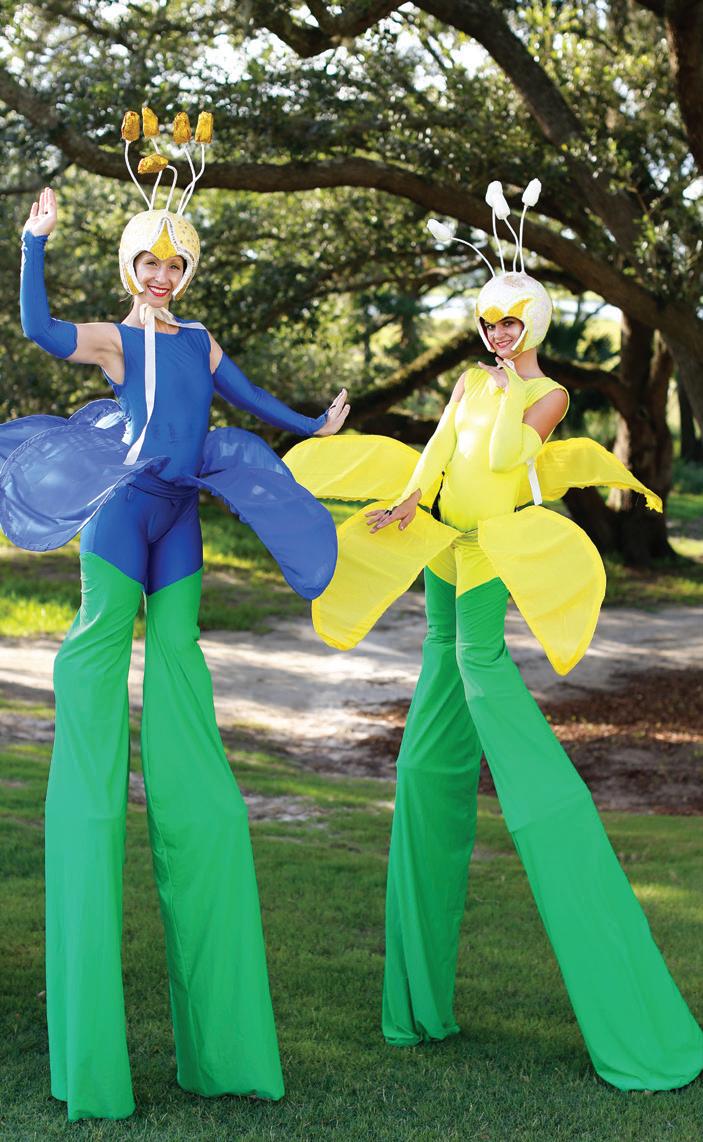
LOWCOUNTRY BOIL MEMBER MEMBER GALA POOLSIDE PARTY LOWCOUNTRY BOIL JULY 4TH EXTRAVAGANZA LOWCOUNTRY BOIL JULY 4TH EXTRAVAGANZA


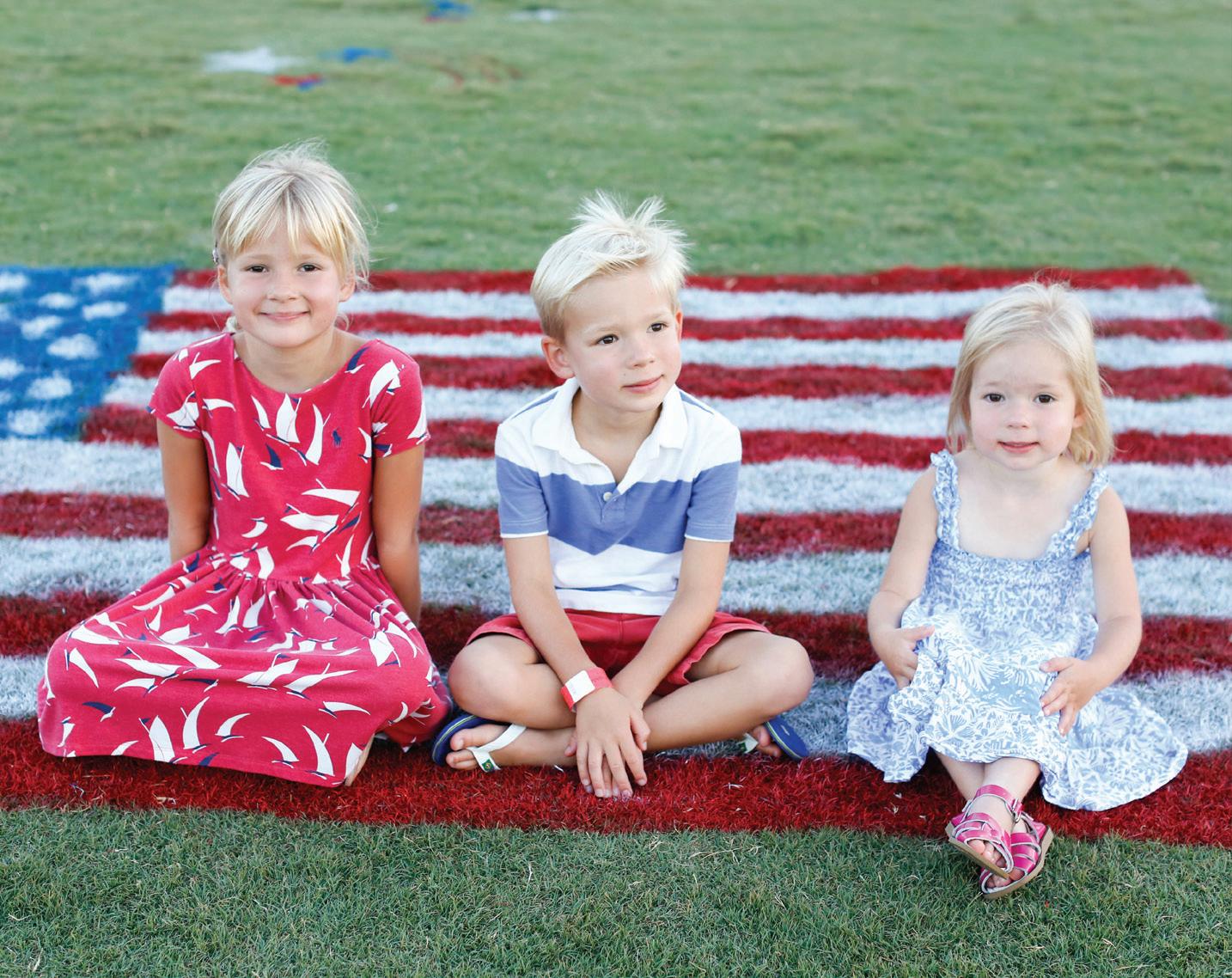
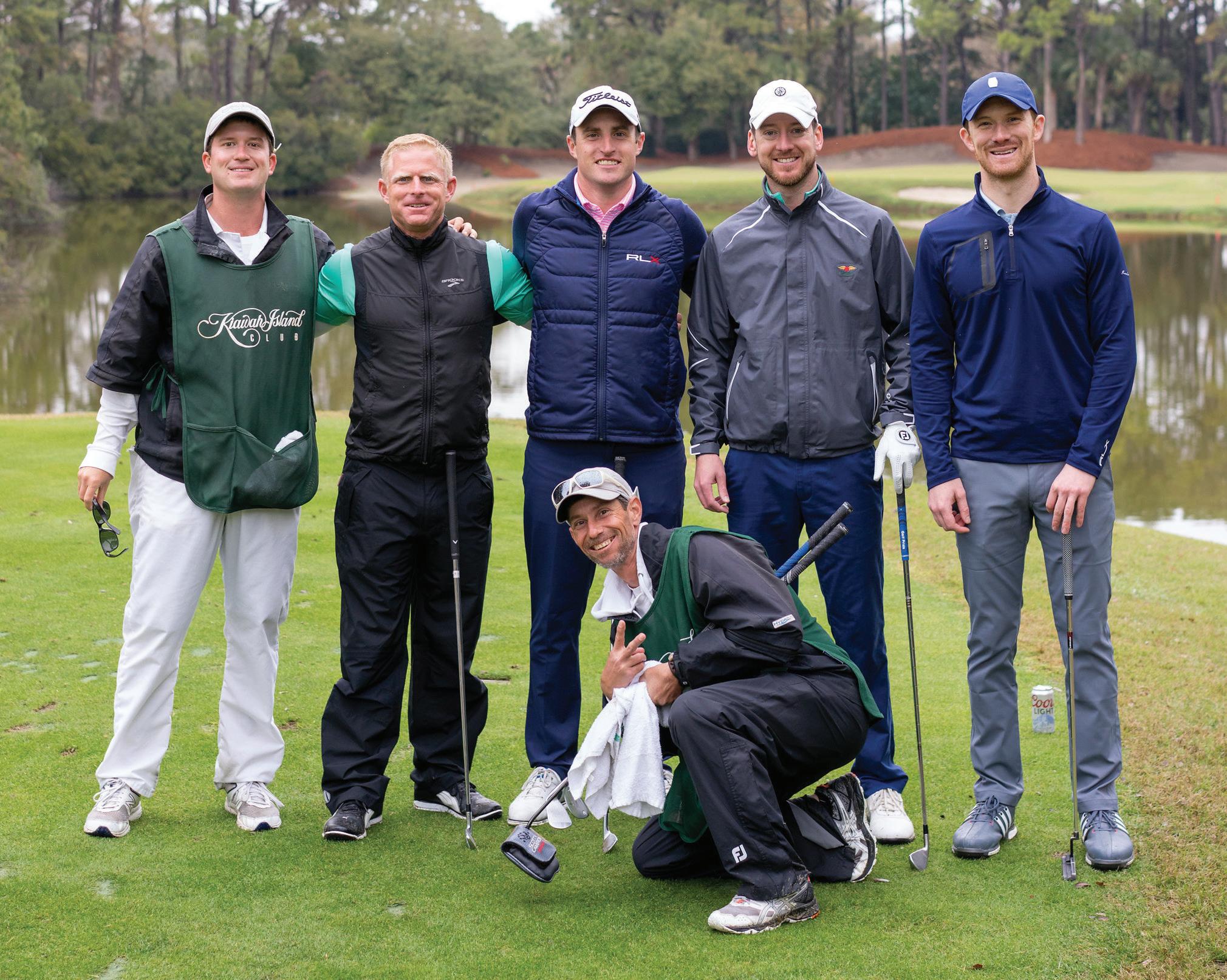


CINCO DE MAYO PARTY SUMMERTIME WINES PRO INVITATIONAL JULY 4TH EXTRAVAGANZA JULY 4TH EXTRAVAGANZA
MIKE HARWOOD TOURNAMENT



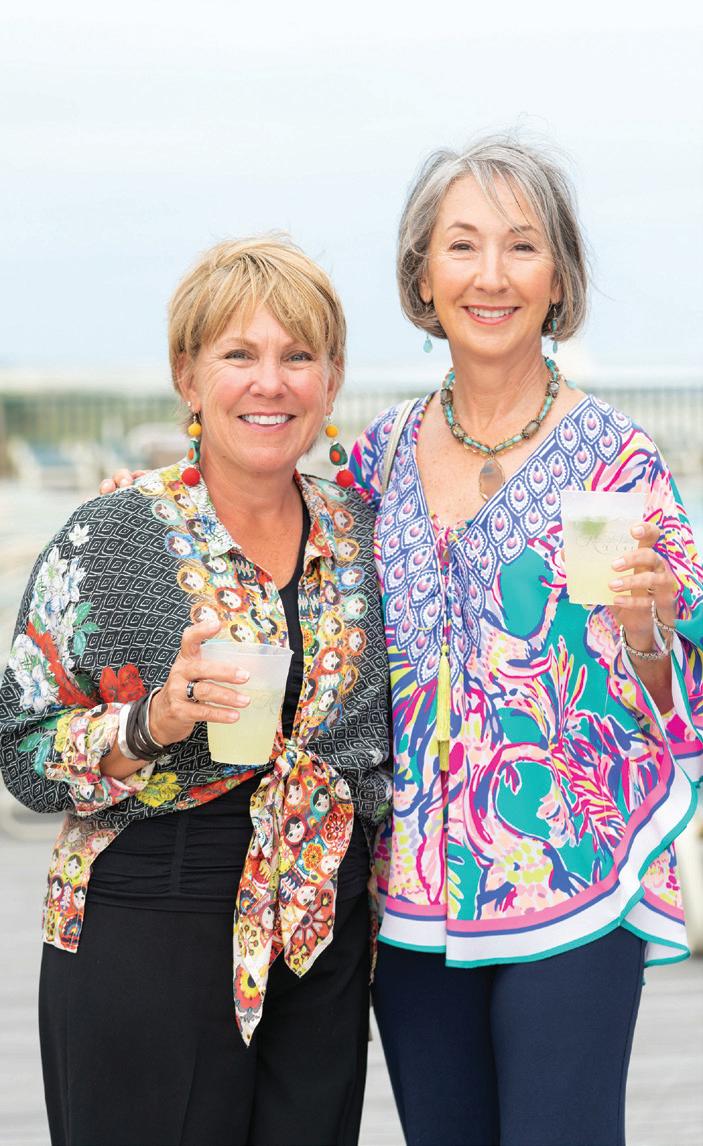
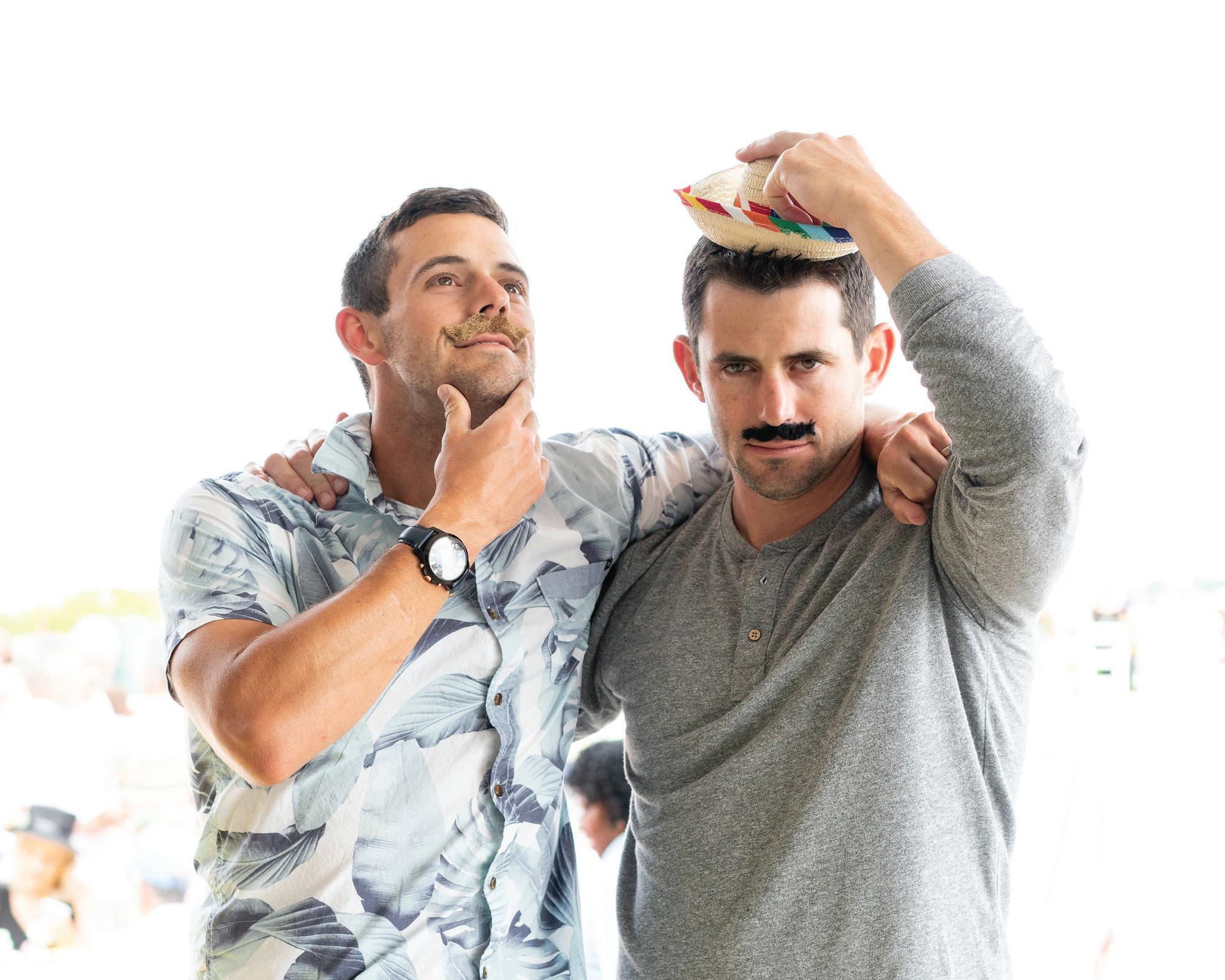

FALL MEMBER MINGLE CINCO DE MAYO PARTY JULY 4TH EXTRAVAGANZA CINCO DE MAYO PARTY WOMEN’S MEMBER MEMBER CINCO DE MAYO PARTY JULY 4TH EXTRAVAGANZA

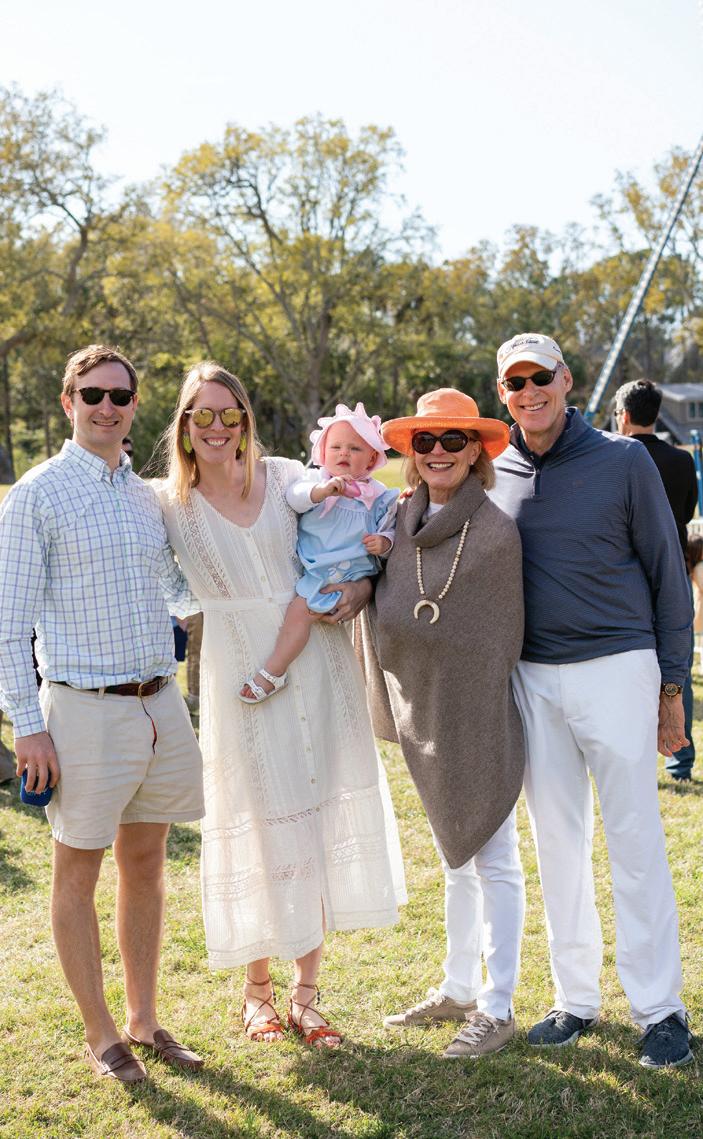


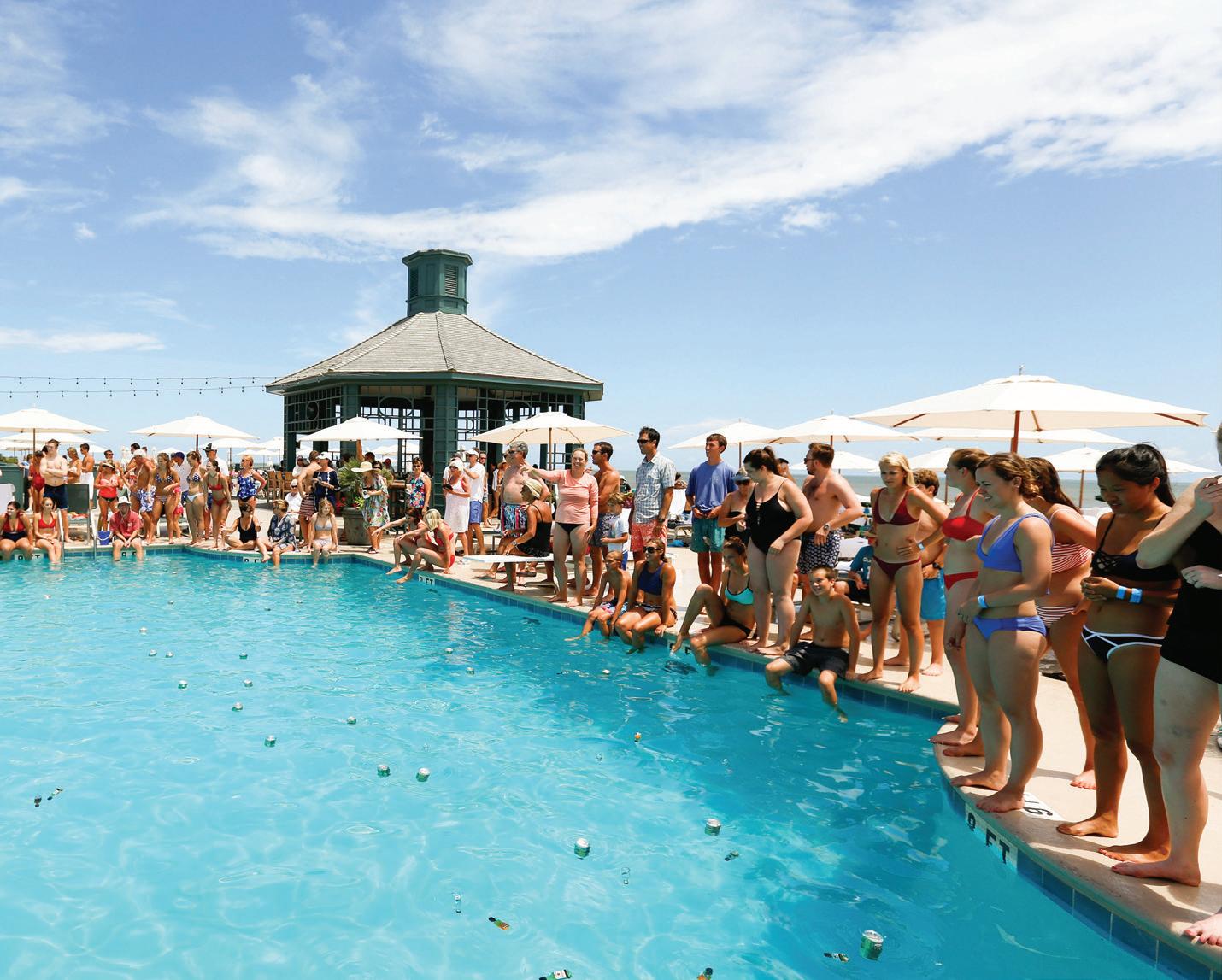


EASTER CARNIVAL LOWCOUNTRY BOIL EASTER CARNIVAL POOLSIDE PARTY BOURBON AND BITES JULY 4TH EXTRAVAGANZA LOWCOUNTRY BOIL


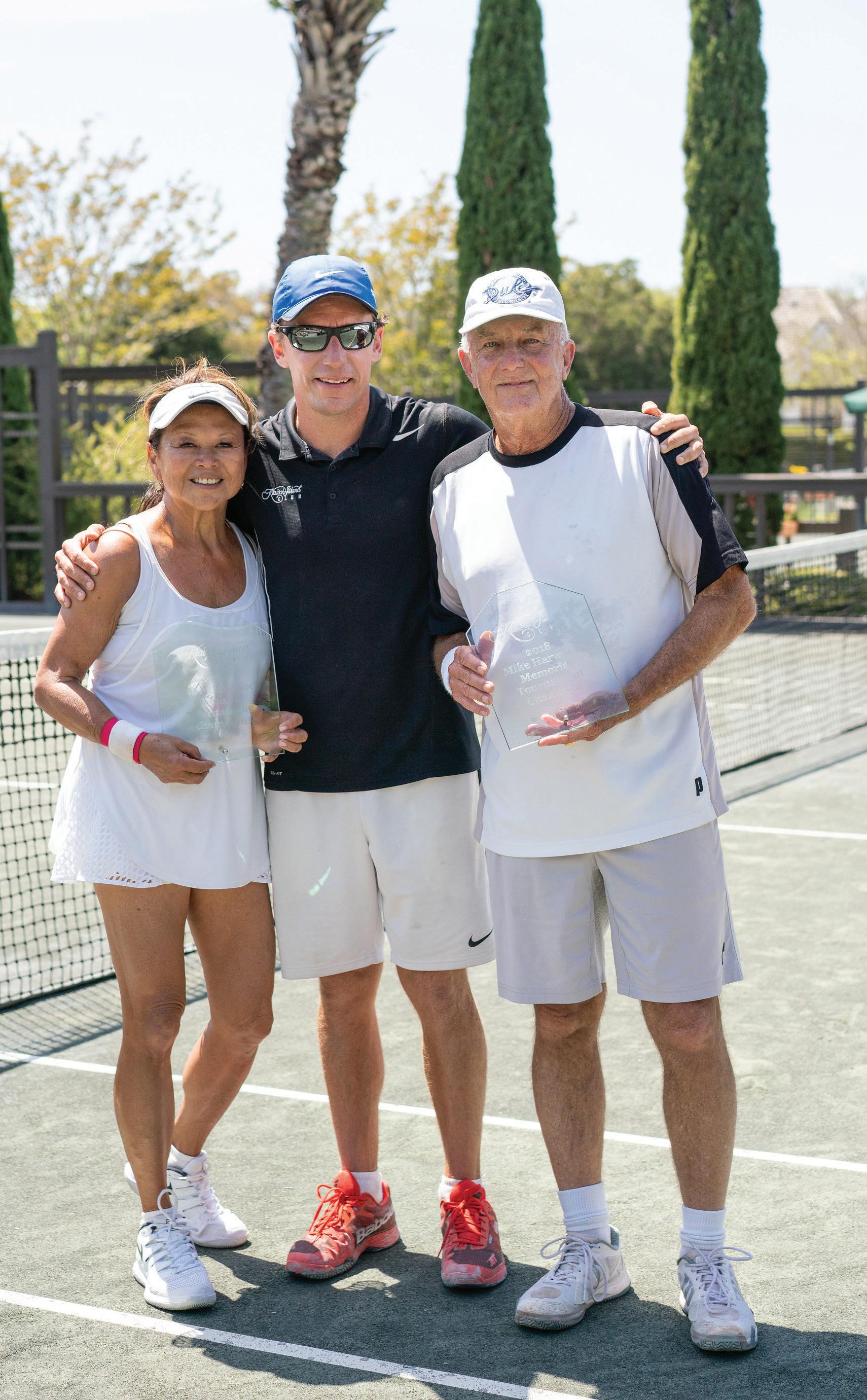
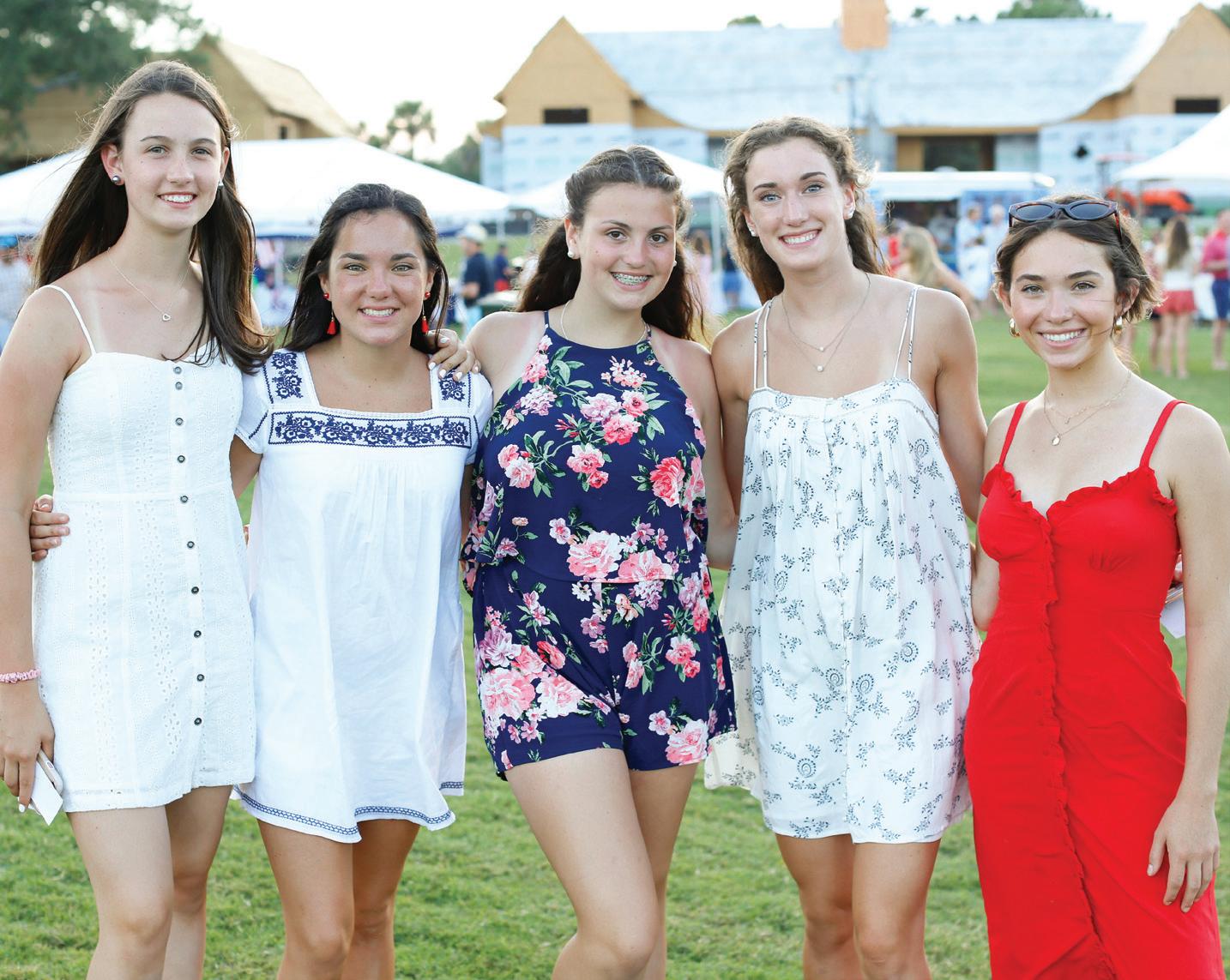


 MEMBER MEMBER GALA
MIKE HARWOOD COCKTAIL PARTY
VETERANS AT CASSIQUE
MEMBER MEMBER GALA
MIKE HARWOOD COCKTAIL PARTY
VETERANS AT CASSIQUE
MIKE HARWOOD TENNIS TOURNAMENT JULY 4TH EXTRAVAGANZA
JULY 4TH EXTRAVAGANZA JULY 4TH EXTRAVAGANZA
REAL ESTATE ATTORNEYS

ADVERTISER INDEX

Anderson Studio of Architecture and Design............2
Anglin Smith Fine Art.............................................92
Aqua Blue Pools.......................................................8
Aubergine Home Collection...................................23
Buffington Homes....................................................1
Buist Byars & Taylor, LLC......................................158
Dolphin Architects and Builders...............................3
Epic Homes..............................................................6
Ferguson................................................................59
GDC Home.............................................................17
Kiawah Island Golf Resort.............................143, 149

Kiawah Island Real Estate..................FIC, 14, 15, BIC

Kingswood Custom Homes.......................................5
K&L Gates............................................................136
Knight Residential................................................137
Southern Lumber and Millwork...............................4
McDonald Architects............................................160
M. Dumas & Sons..................................................24
Mangan, Inc.............................................................9
Margaret Donaldson Interiors................................95
Moore & Van Allen, PLLC.......................................18
Muhler...................................................................19
RM Buck Builders...................................................13
RTW.......................................................................93
Samuel Furr Architects...........................................49
Shope Reno Wharton.............................................12
Tammy Connor Interior Design..............................25
Timbers Kiawah.....................................................BC

The Medical Spa....................................................23
The Steadman Agency..............................................7
Thomas & Denzinger Architects............................148
Thomas & Hutton..................................................58
Three Oaks Contractors.........................................60
Watts Builders........................................................94
Wayne Windham Architect.....................................61
Kiawah/Freshfields Village | 843.768.6600 Mt. Pleasant | 843.856.4488 BuistByars.com
RESIDENTIAL & COMMERCIAL Real estate law is Buist Byars & Taylor’s primary area of focus, and our qualified attorneys represent clients in the purchase, sale, use, and development of properties. Other areas of practice include: • Litigation (Property & HOA) • Community Association Representation • Business Matters • Leases, Contract Review • Estate Planning • Construction Defects
Countdown to the
2021 PGA CHAMPIONSHIP
at the Ocean Course
Designed by Pete and Alice Dye, the Ocean Course boasts more seaside holes than any other course in the Northern Hemisphere. It is known for its unpredictable sea breezes and astounding, windswept views of the Atlantic shoreline. Golf Digest named the Ocean Course fourth among public courses and ranked it 25th in the United States. If you want grand stand views of the Championship—a limited number of exclusive homesites have been released alongside the worldclass course. Build a home in time to watch the best players in the world tee off from number one! A homesite with a view of the ocean course—in 2021 and in the years to follow—is the pinnacle experience for the golf aficionado.

END NOTES
P hoto by Patrick O’Brien

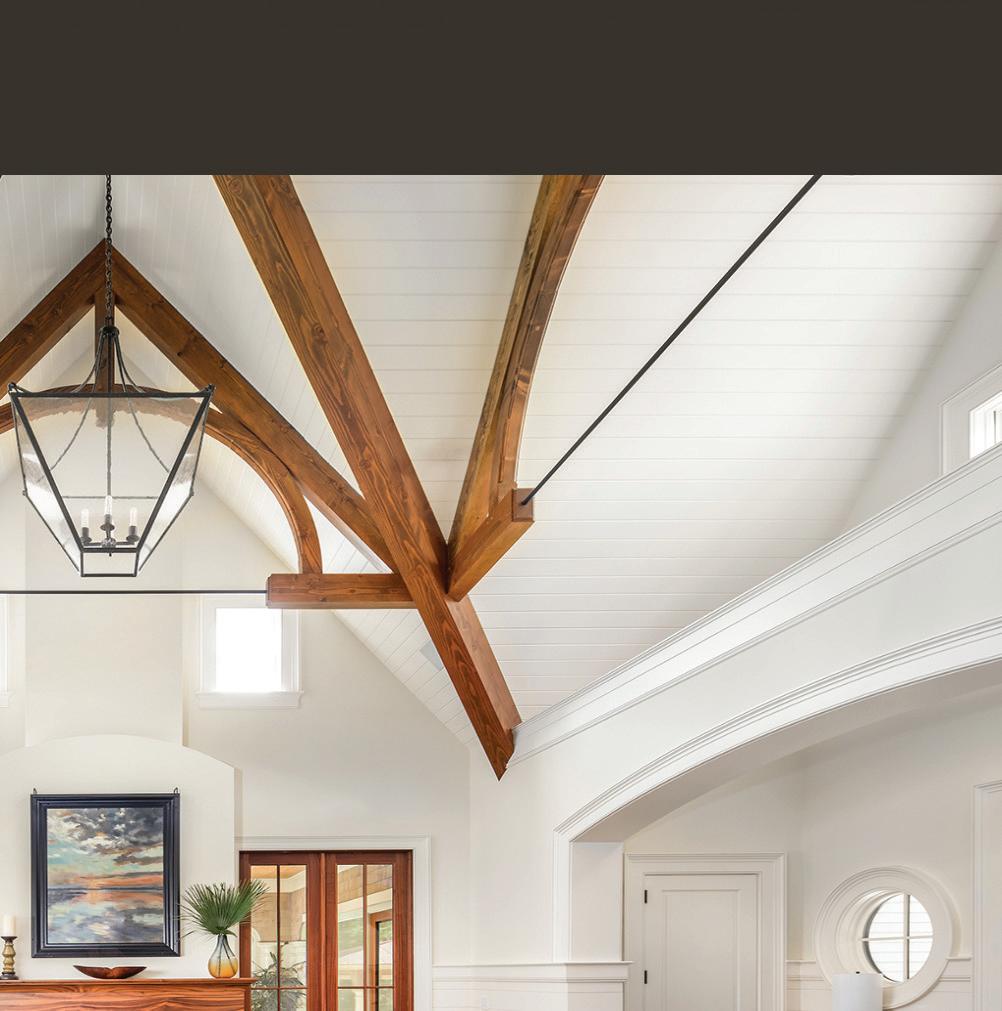



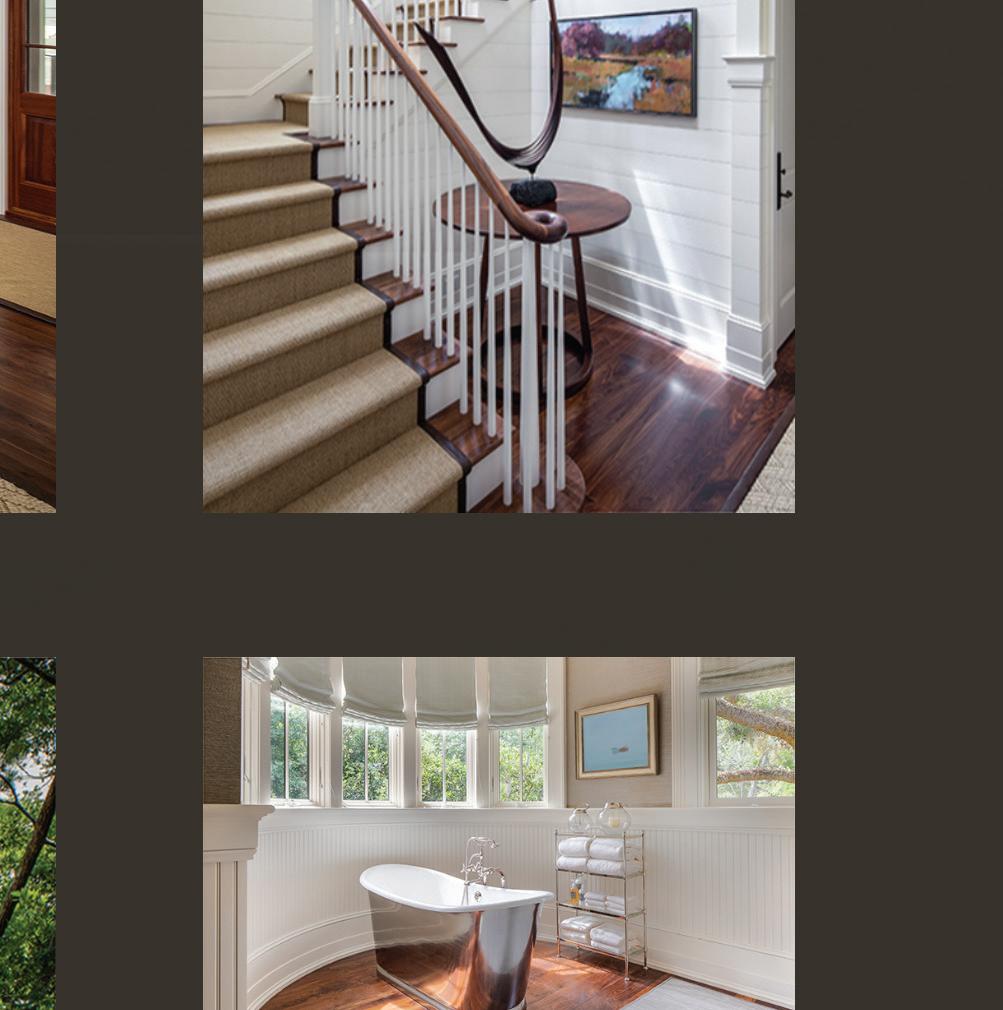













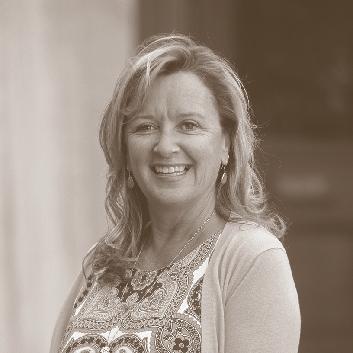


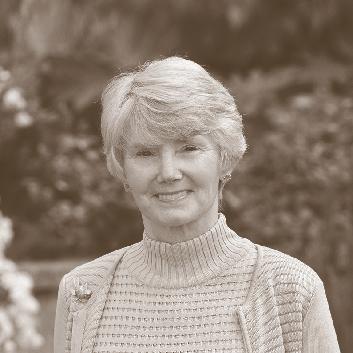







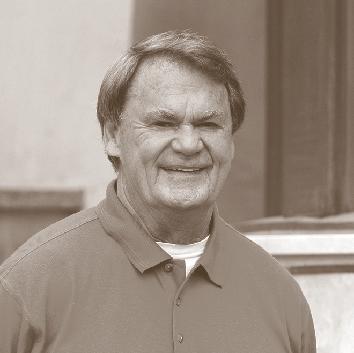

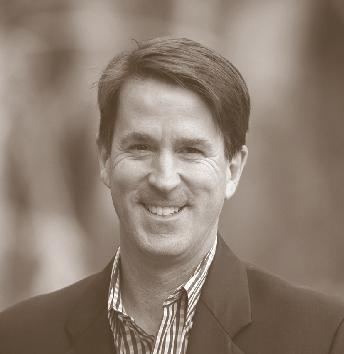


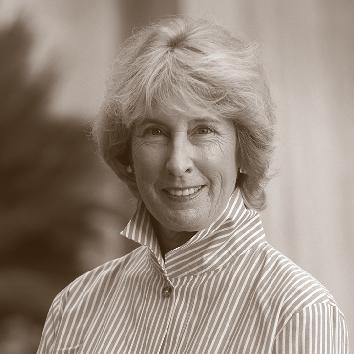
experience access results We sell Kiawah Island properties more quickly—and for a higher price—than anyone else. EXCLUSIVELY FOCUSED ON KIAWAH ISLAND SALES FOR OVER 40 YEARS Obtain the Property Report required by Federal Law and read it before signing anything. No Federal or State agency has endorsed or judged the merits of value, if any, of this property. This is not intended to be an offer to sell nor a solicitation of offer to buy real estate in any jurisdiction where prohibited by law. This offer is made pursuant to the New York State Department of Law’s Simplified Procedure for Homeowners Associations with a De Minimis Cooperative Interest (CPS-7).The CPS-7 application (File No. HO16-0007) and related documents may be obtained from the sponsor. This project is registered with the State of New Jersey Department of Banking and Insurance Real Estate Commission. Obtain and read the NJ Public Offering Statement before signing anything (NJ Reg#16-15-0012). AN AFFILIATE OF KIAWAH PARTNERS Kiawahisland.com • 866.554.2924 TOP 5 PLACES TO BUY A SECOND HOME ~ Barrons, 2017 Four Kiawah Island Real Estate Office Locations Open Daily SANCTUARY: 1 Sanctuary Beach Drive | MAIN GATE: 1 Kiawah Island Parkway FRESHFIELDS VILLAGE: 390 Freshfields Drive | DOWNTOWN CHARLESTON: 12 Queen Street
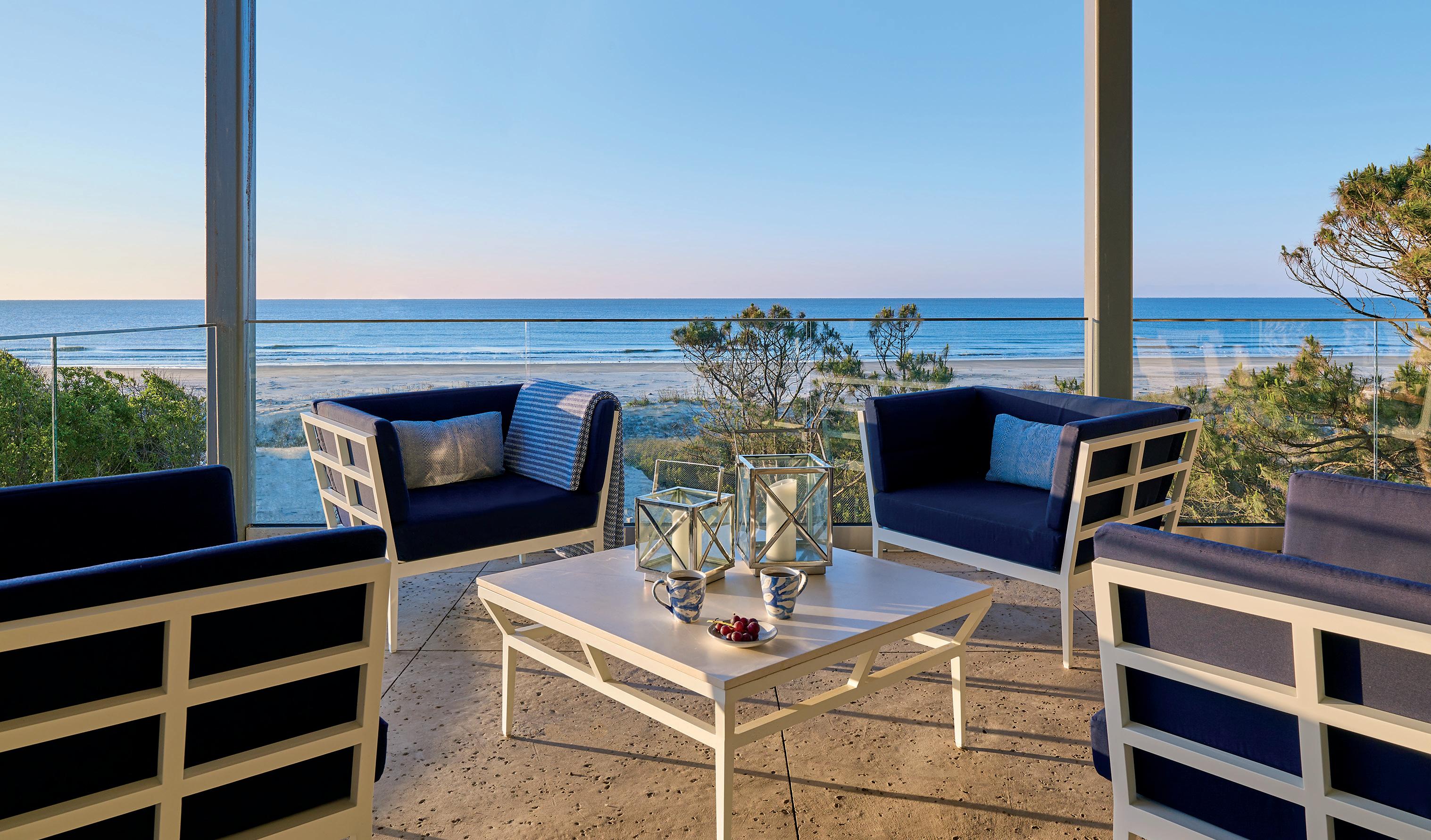

A NEW VIEW OF KIAWAH Kiawah Island, SC | TimbersKiawah.com/Legends | 843.371.5177 This advertisement does not constitute an offer to sell nor the solicitation of an offer to purchase made in any jurisdiction nor made to residents of any jurisdiction, including New York, where registration is required and applicable registration requirements are not fully satisfied. Timbers Kiawah Acquisition Partner, LLC uses the Timbers Resort,® Timbers Collection ® and certain other Timbers brand names under a limited non-transferable license in connection with the sales and marketing of the Timbers Kiawah Ocean Club & Residences (the “Project” ) If this license is terminated or expires without renewal, the Project will no longer be identified with nor have any right to use the Timbers ® marks and names. All renderings depicted in this advertisement are illustrative only and may be changed at any time. All rights reserved. TIMBERS COLLECTION Aspen l Bachelor Gulch l Cabo San Lucas l Jupiter l Kaua‘i l Kiawah Island l Maui l Napa l Scottsdale l Snowmass l Sonoma l Southern California l Steamboat l Tuscany l U.S. Virgin Islands l Vail Kiawah’s only private residence club with fractional ownership is now open. Stop by our onsite sales gallery for a tour. NOW OPEN
a beach as your front yard, Timbers Kiawah brings a whole new perspective to your day. Whether you’re at the beach or Beach Club. Surfing three-footers or sinking ten-footers. Or simply taking in the view from your oceanfront home. With a private concierge to handle every detail, it’s all effortless, and it’s all yours.
With

































































































 From FLORENCE, SOUTH CAROLINA VERA & JAMIE HERBERT
From FLORENCE, SOUTH CAROLINA VERA & JAMIE HERBERT
 From CHARLOTTE, NORTH CAROLINA SARA & JEFF BROWN Property Owners
From CHARLOTTE, NORTH CAROLINA SARA & JEFF BROWN Property Owners


 PHOTOGRAPHY by LINDSEY HARRIS SHORTER
STORY by CYRUS BUFFUM
PHOTOGRAPHY by LINDSEY HARRIS SHORTER
STORY by CYRUS BUFFUM








 ILLUSTRATION by BECCA BARNET
ILLUSTRATION by BECCA BARNET

























































































































 PHOTOGRAPHY by OLIVIA RAE JAMES
STORY by STEPHANIE HUNT
PHOTOGRAPHY by OLIVIA RAE JAMES
STORY by STEPHANIE HUNT























 Custom
Custom







 - KRISTA GREENFIELD
- KRISTA GREENFIELD








 P hotos by Patrick O’Brien
P hotos by Patrick O’Brien




 P hoto by Patrick O’Brien
P hoto by Patrick O’Brien

 P hoto by Patrick O’Brien
P hoto by Patrick O’Brien







 P hotos by Olivia Rae James
P hotos by Olivia Rae James

 ESSAY by SETH AMOS PHOTOS by JULIA CART
ESSAY by SETH AMOS PHOTOS by JULIA CART











 P hoto by Jack Kotz
P hoto by Jack Kotz














































































 MEMBER MEMBER GALA
MIKE HARWOOD COCKTAIL PARTY
VETERANS AT CASSIQUE
MEMBER MEMBER GALA
MIKE HARWOOD COCKTAIL PARTY
VETERANS AT CASSIQUE











































